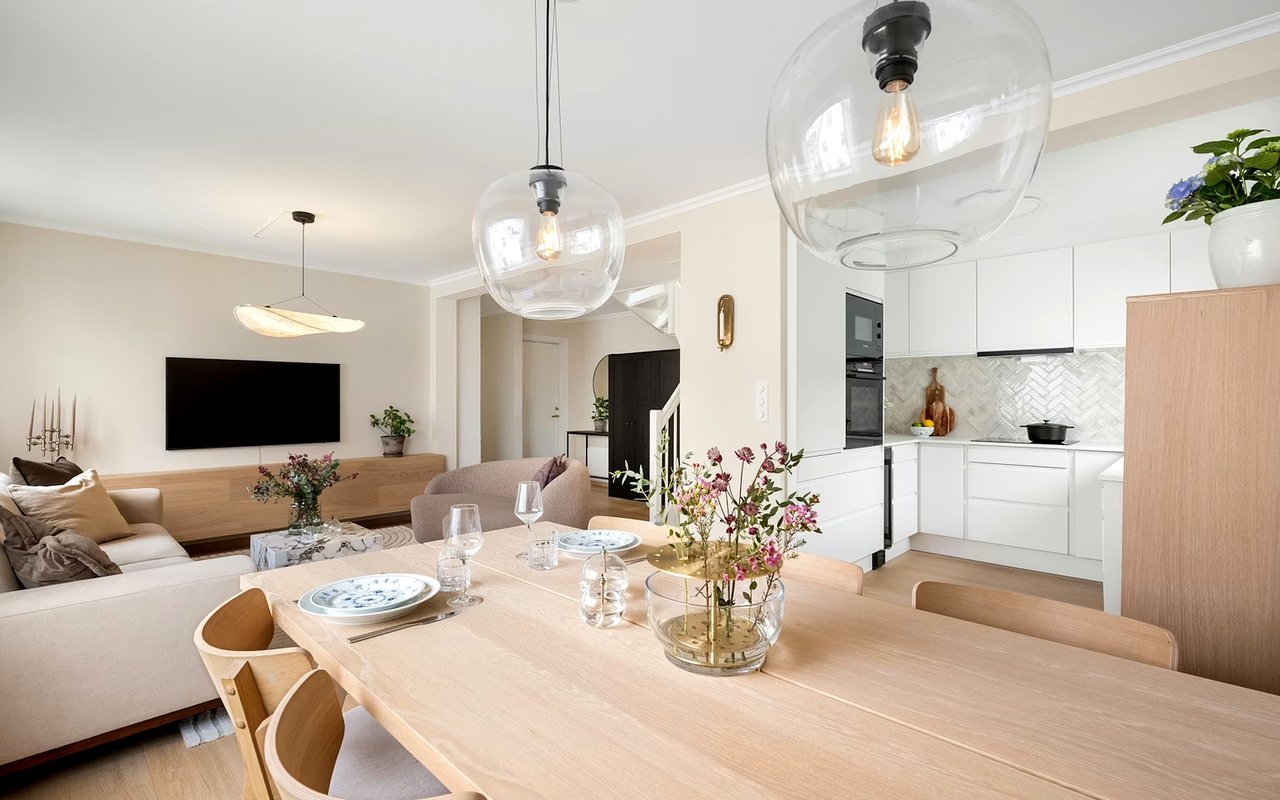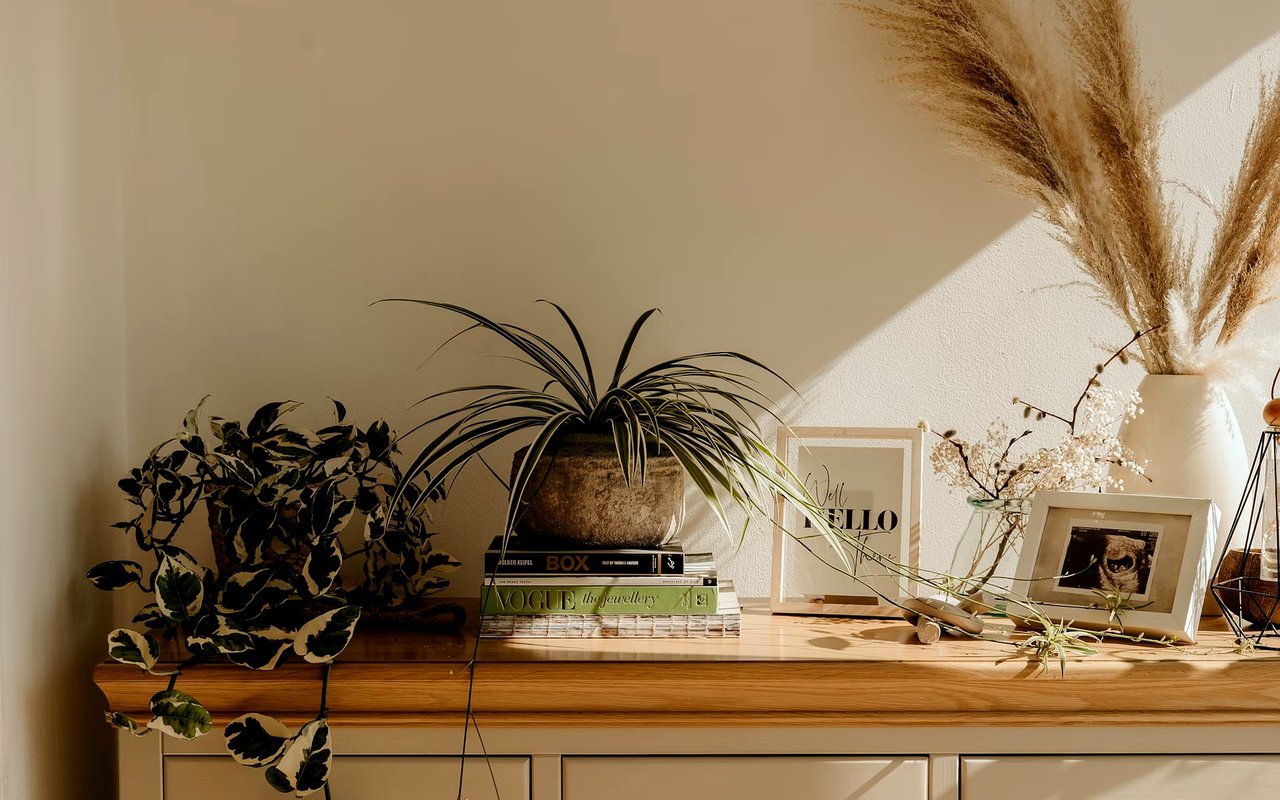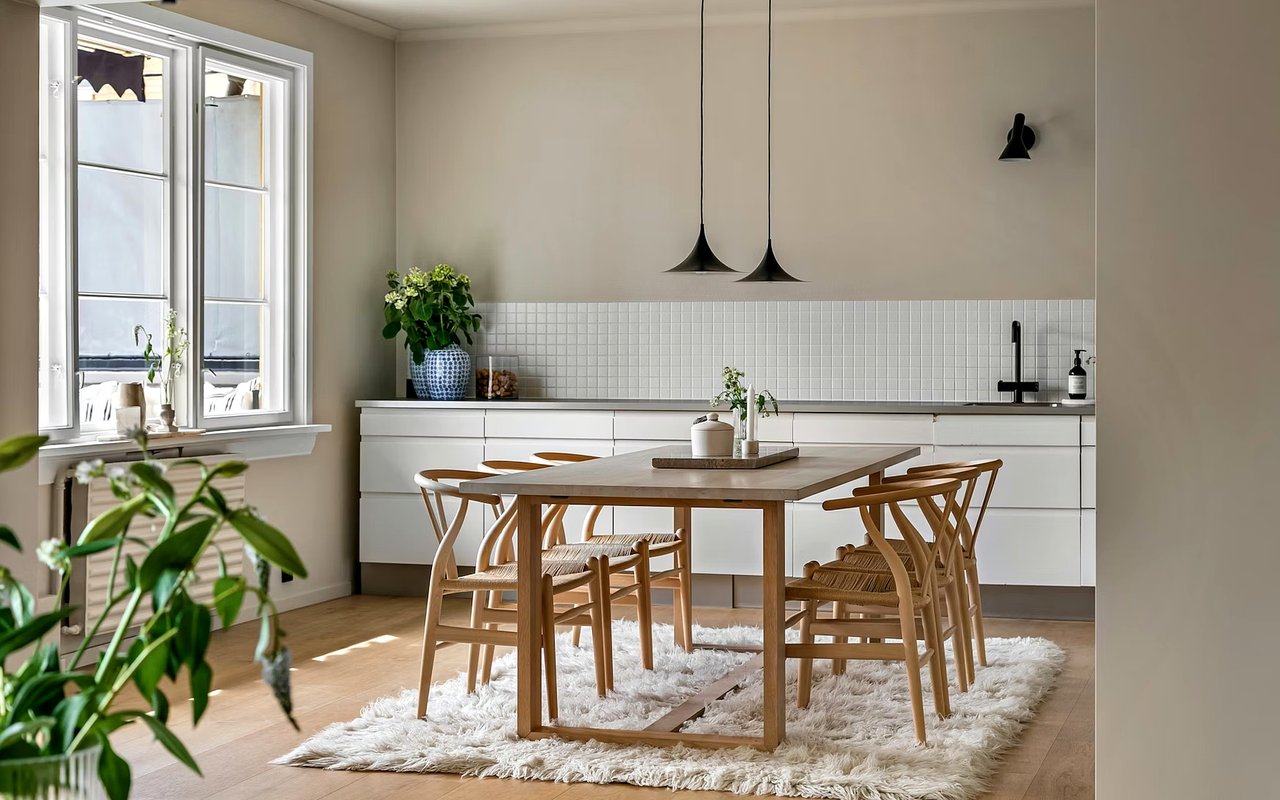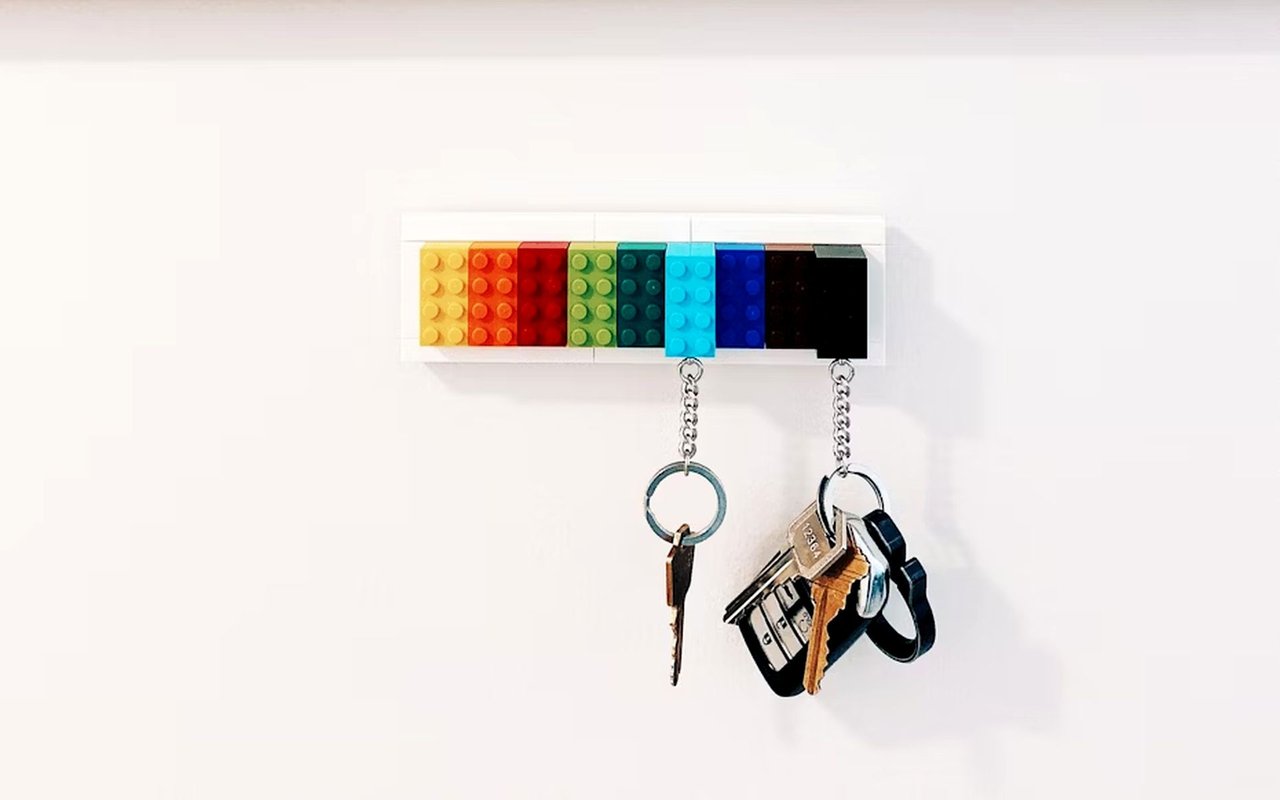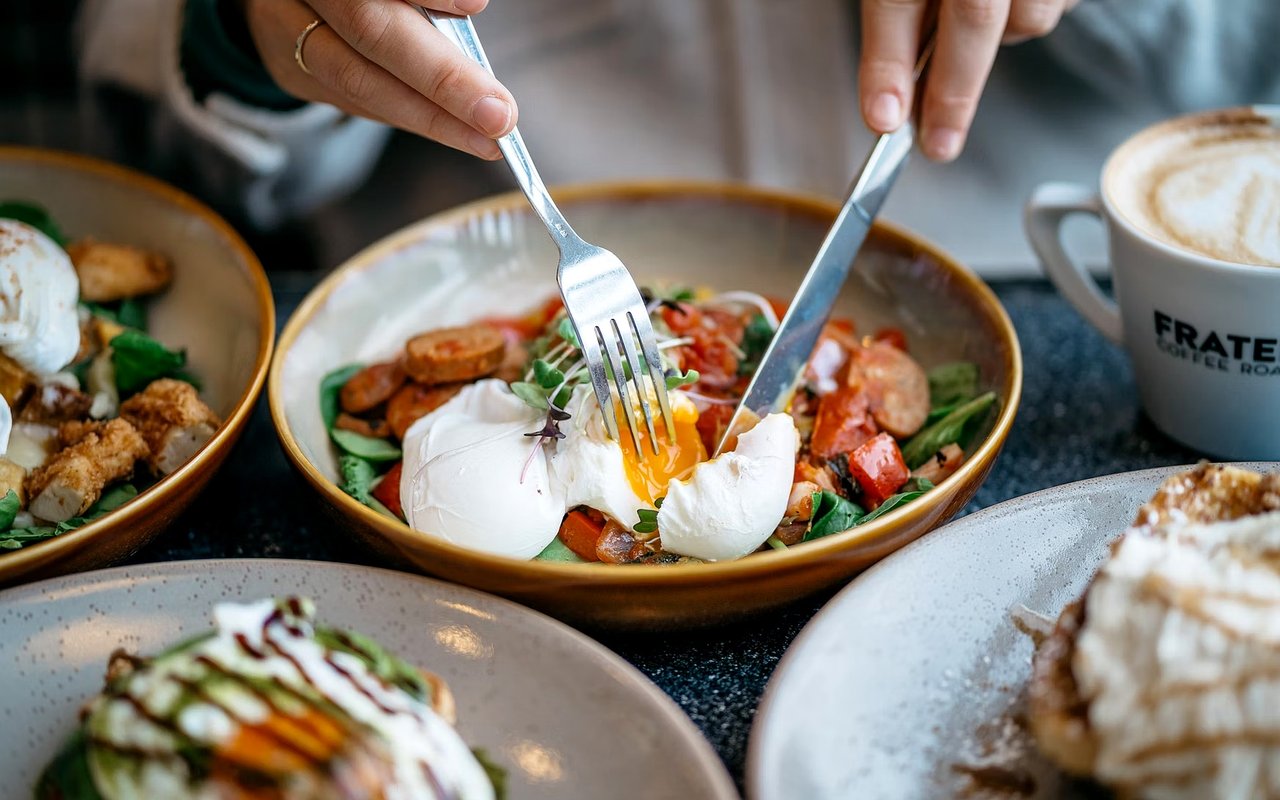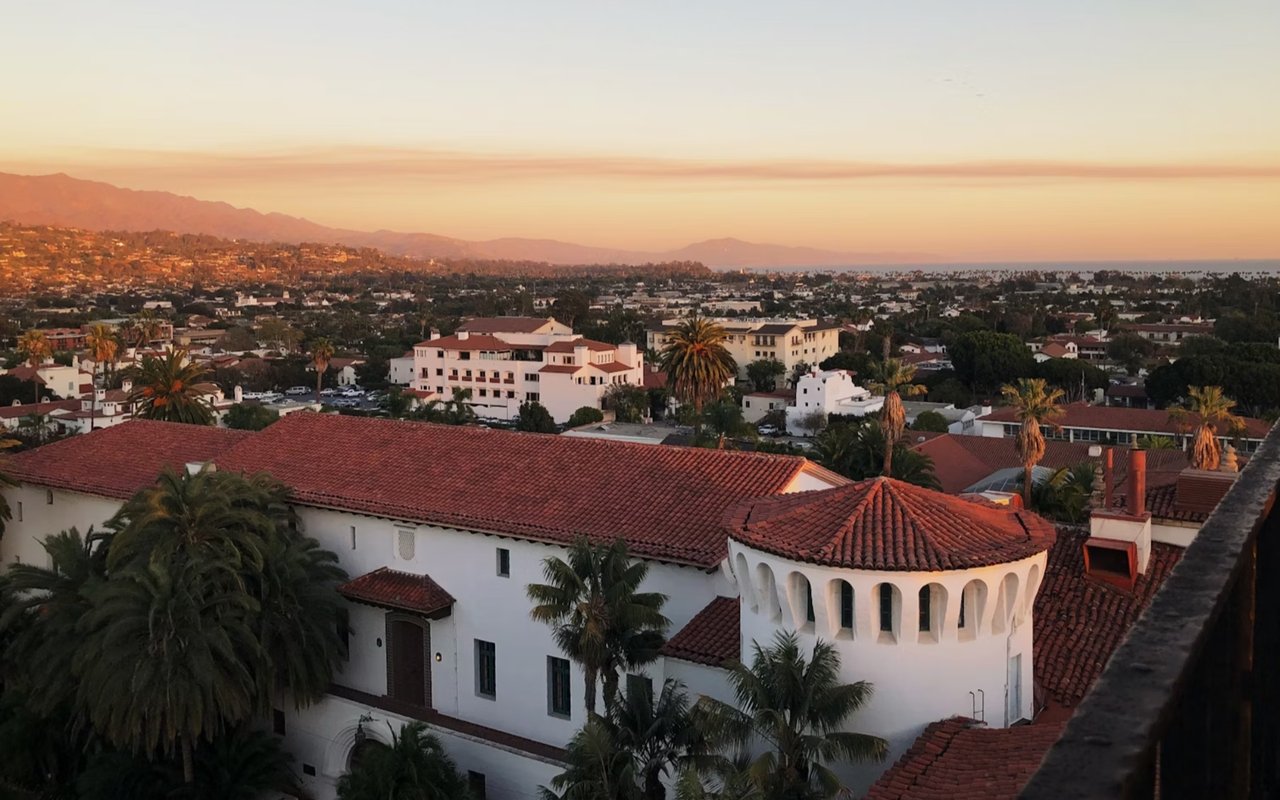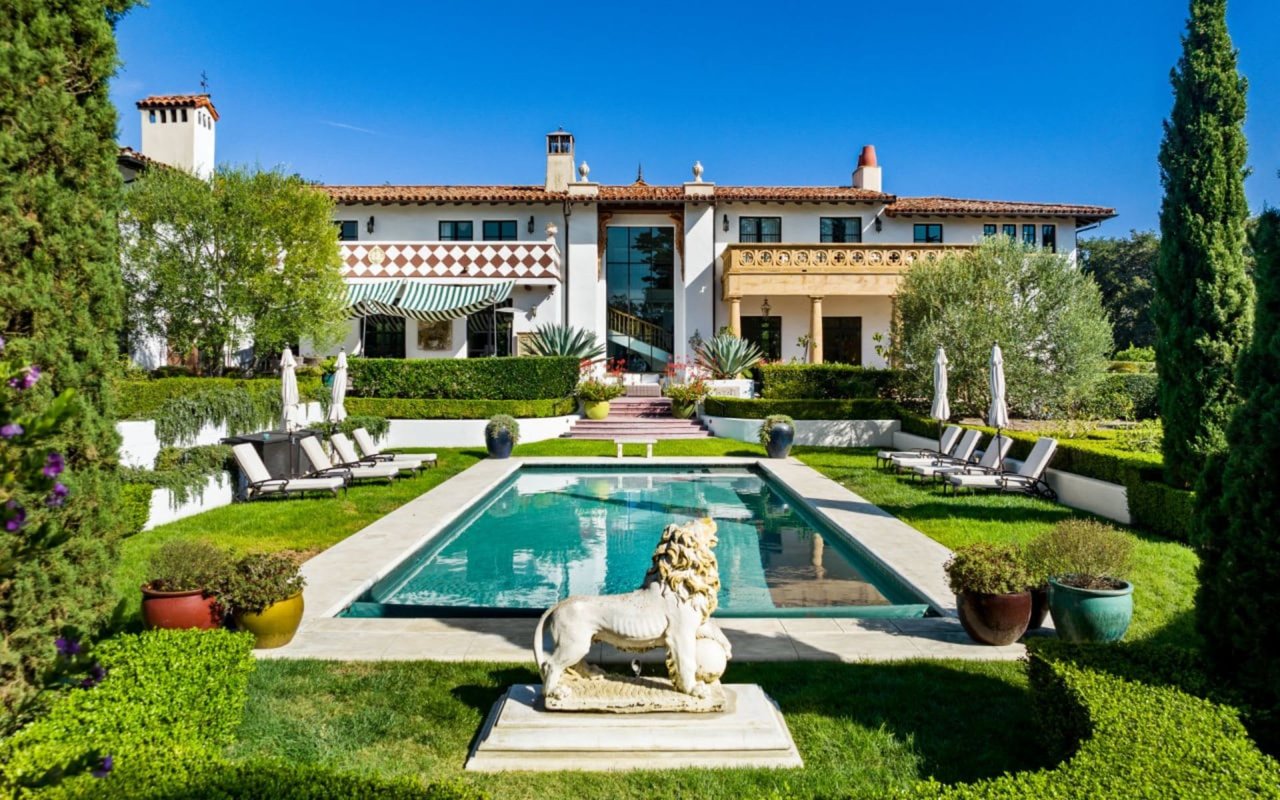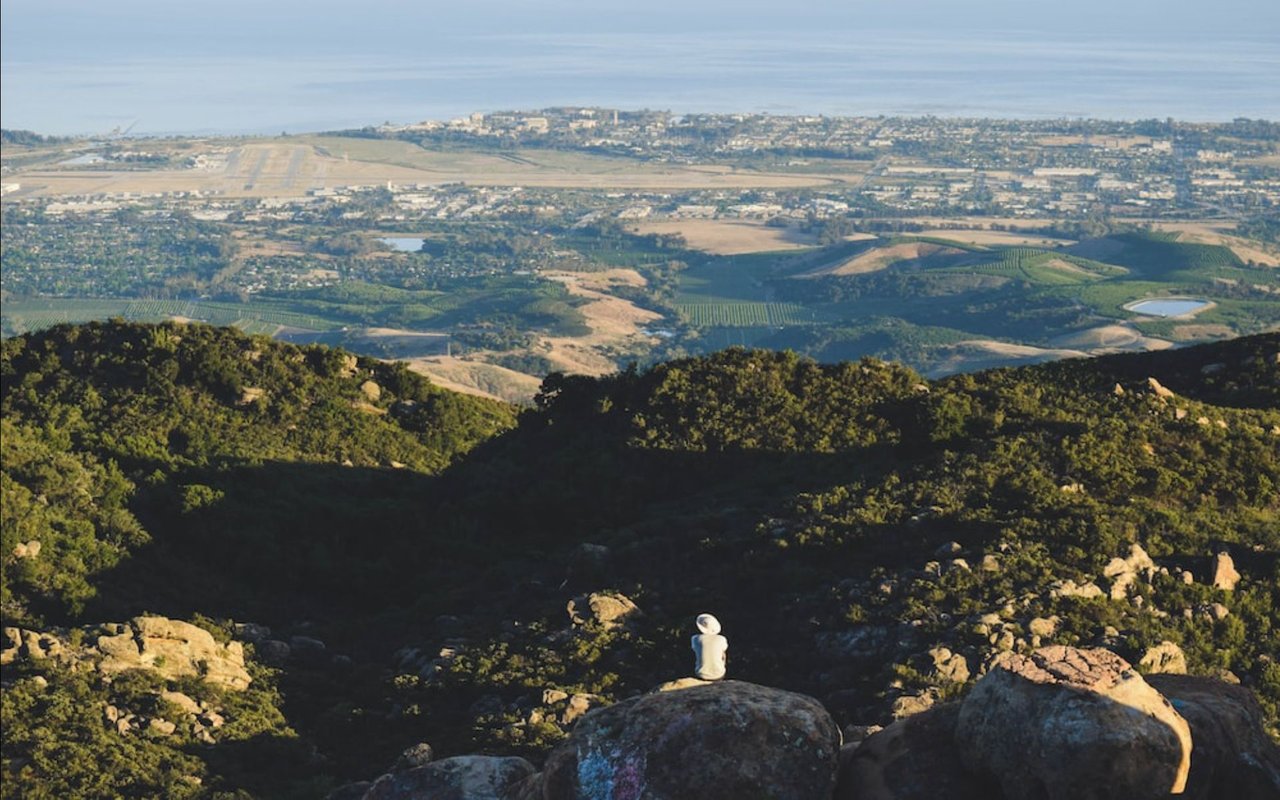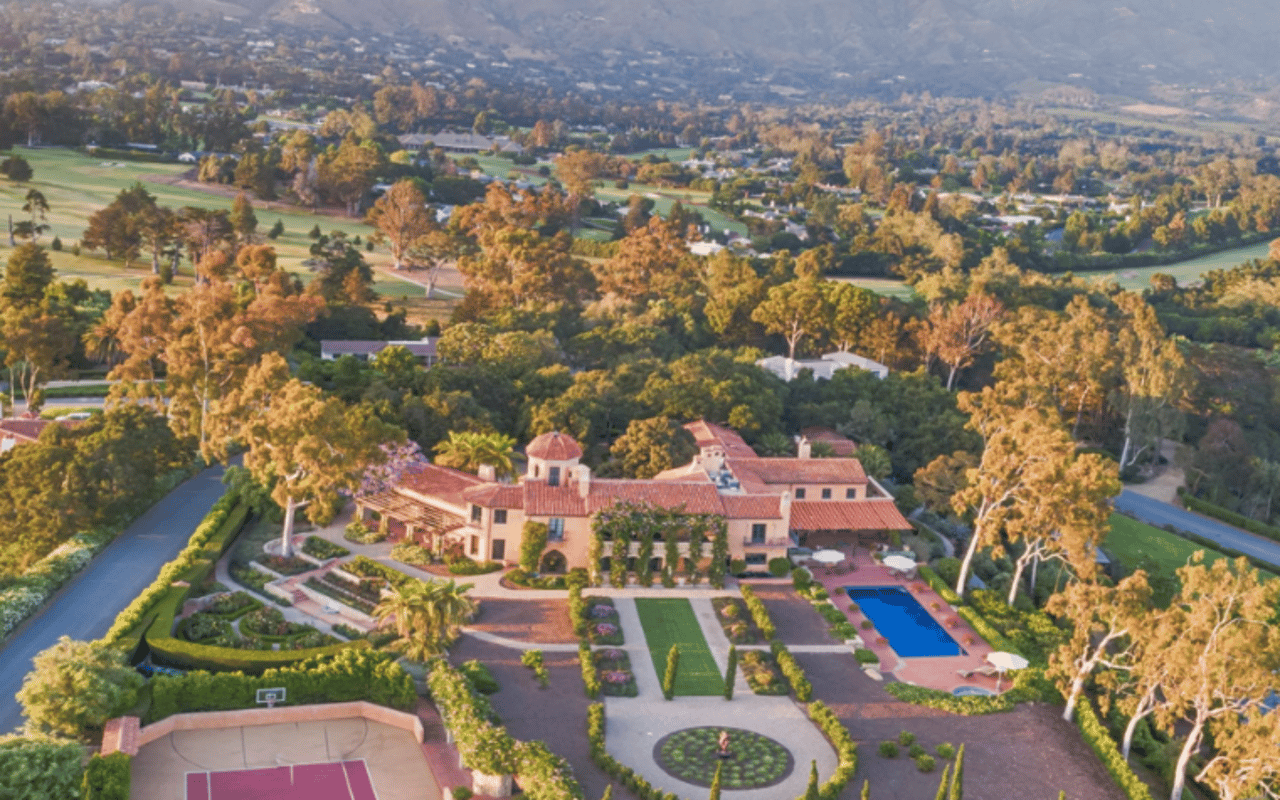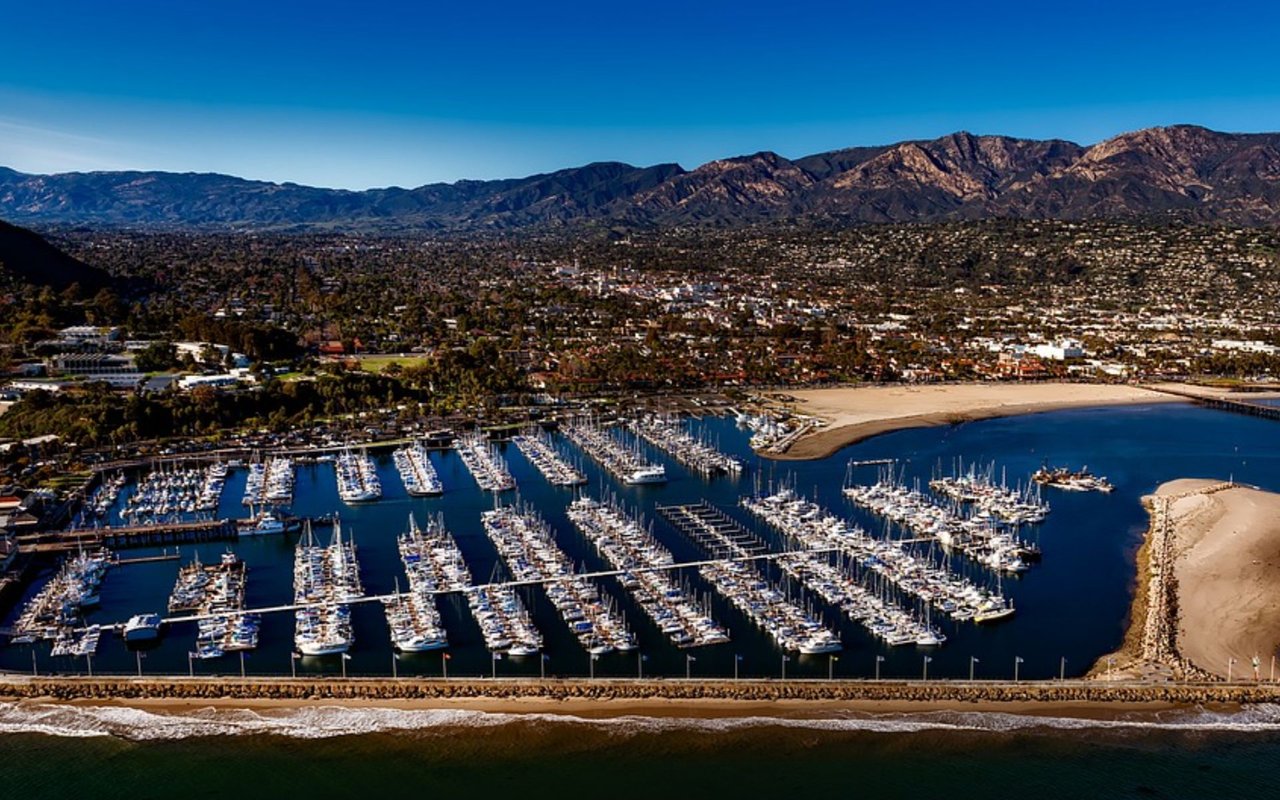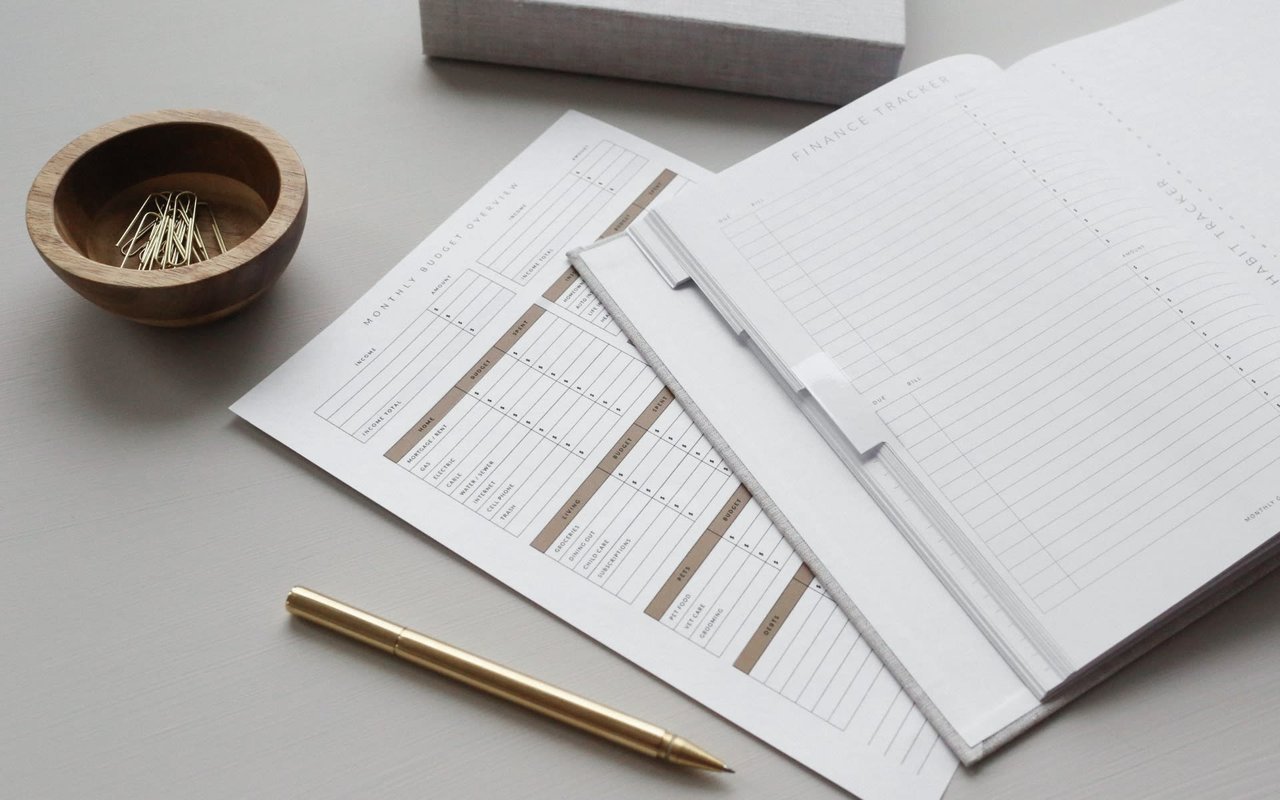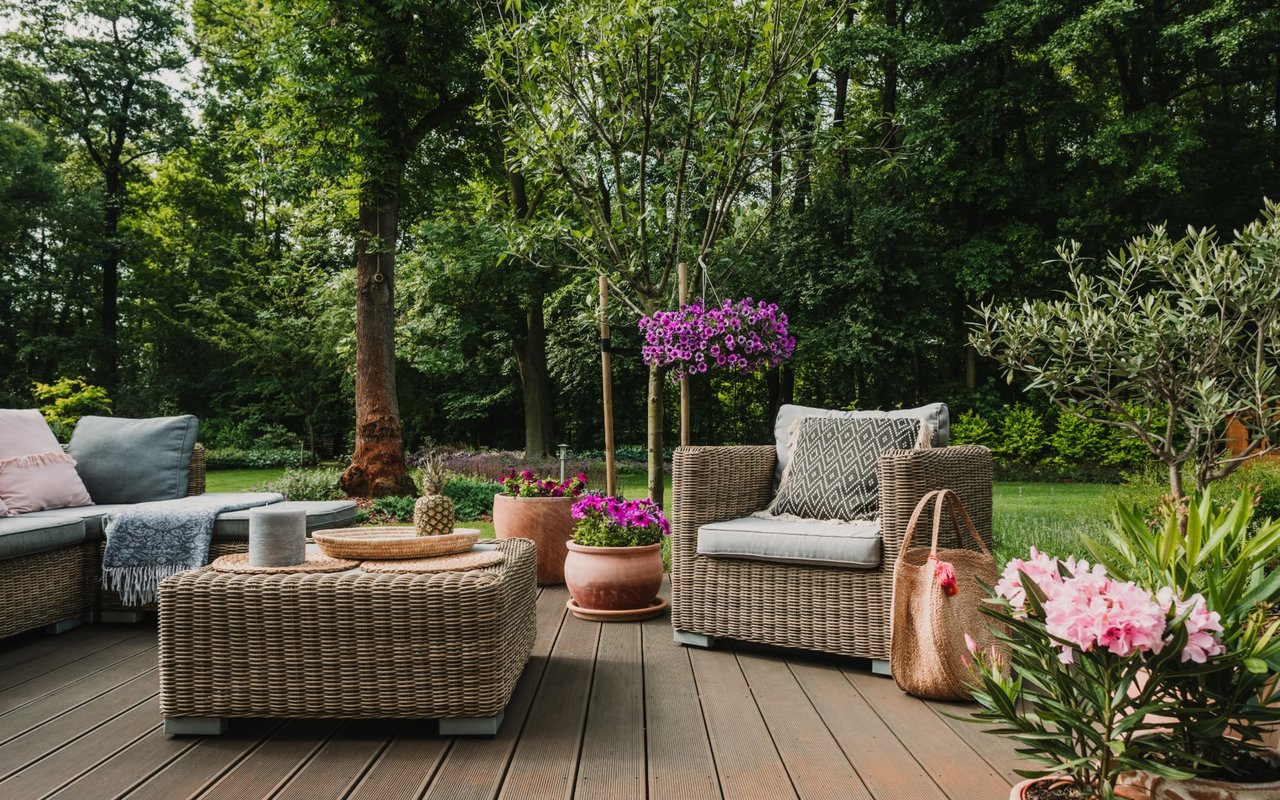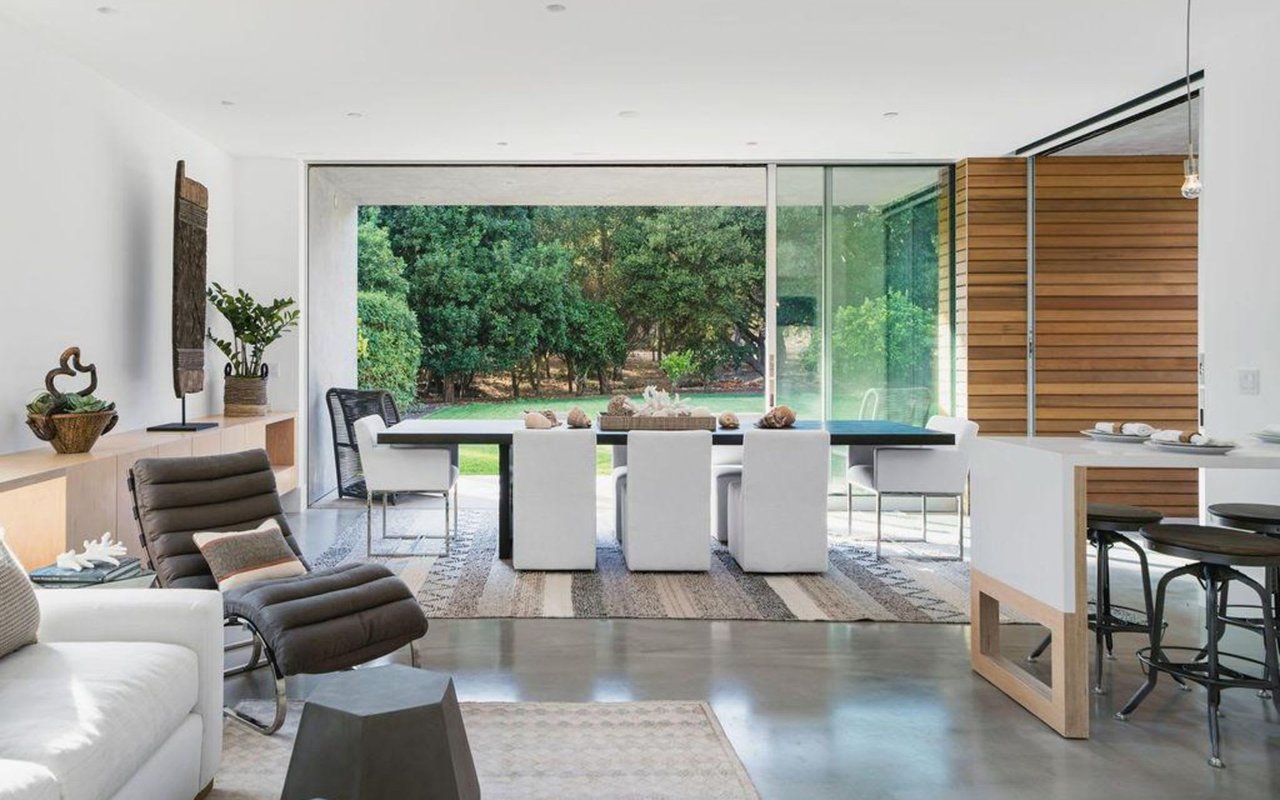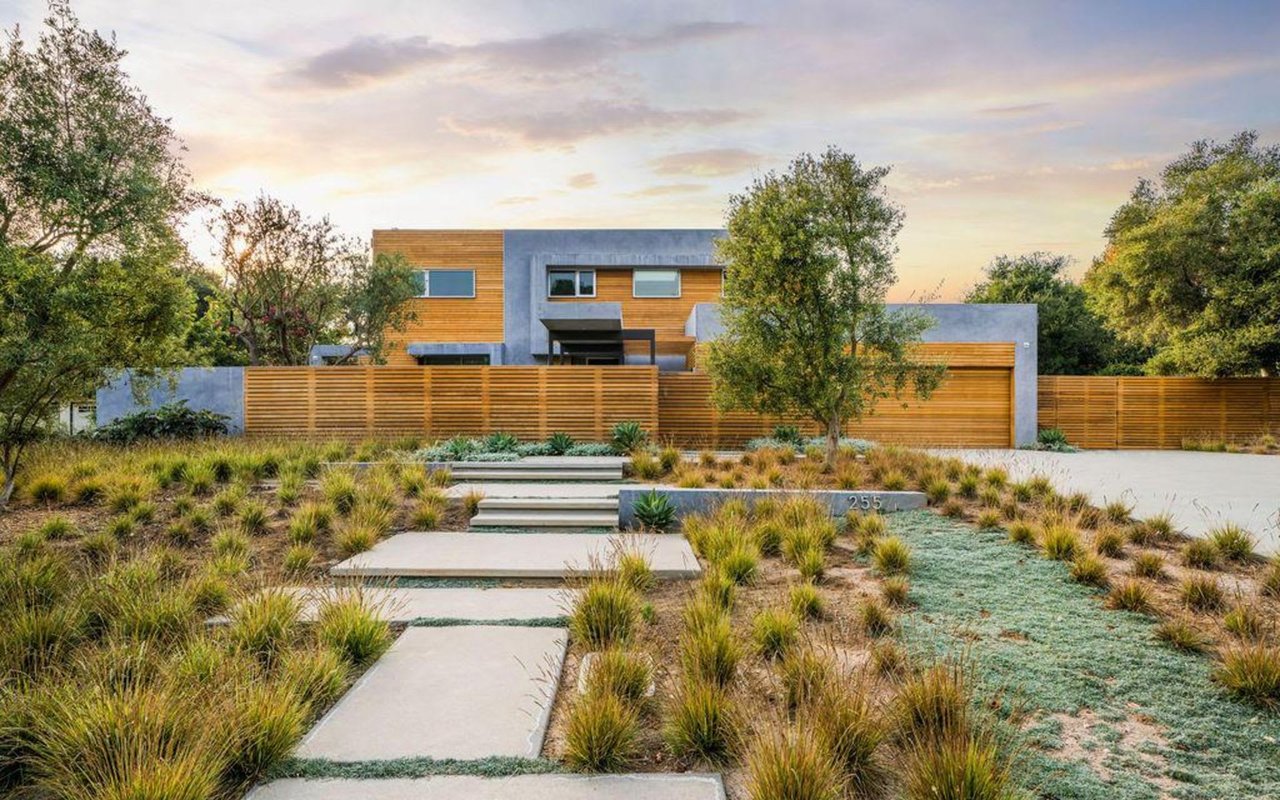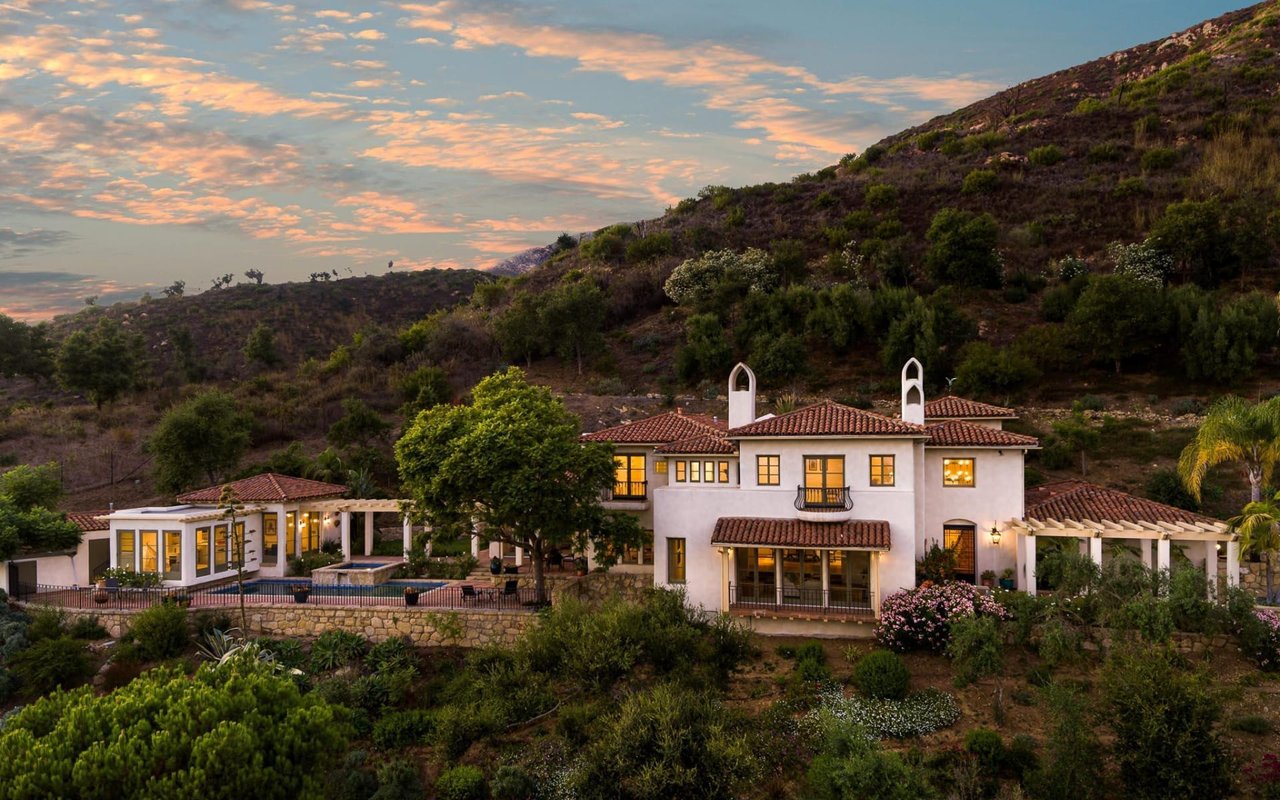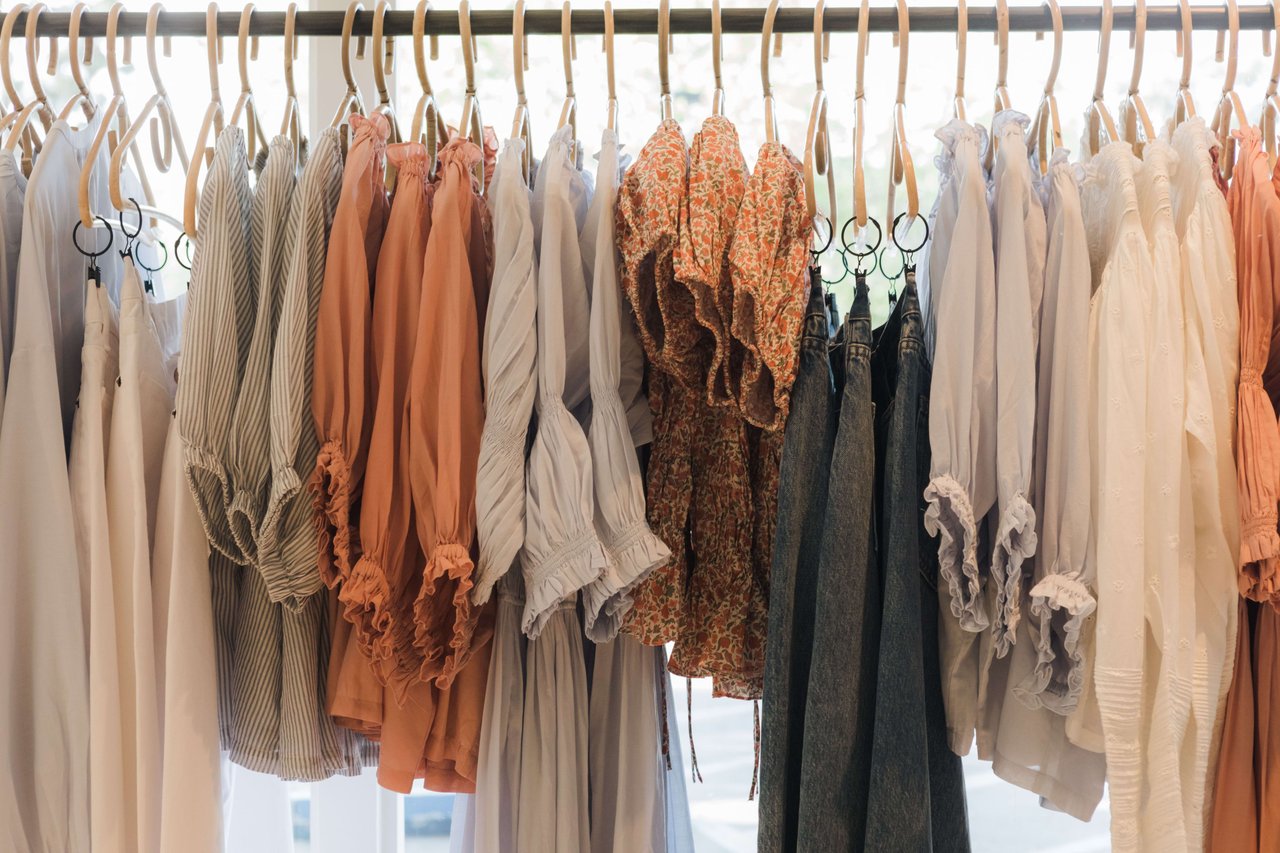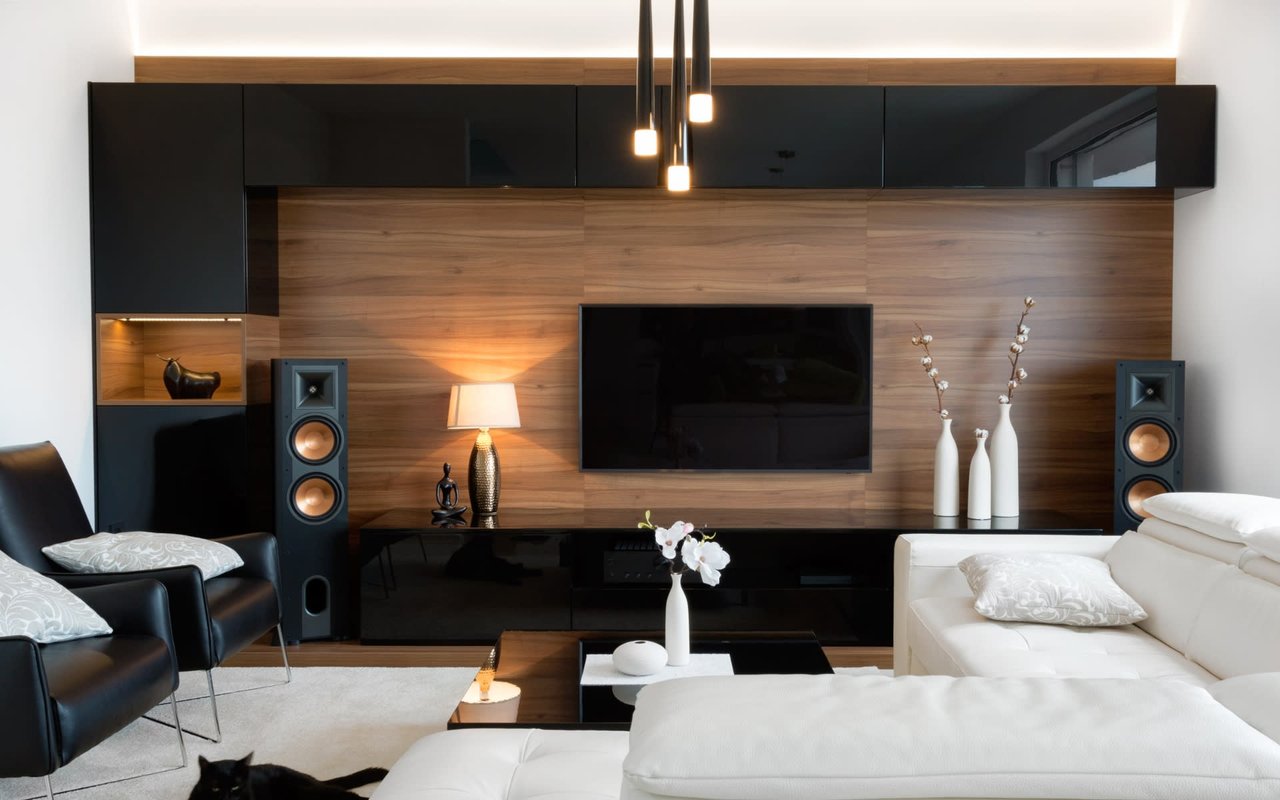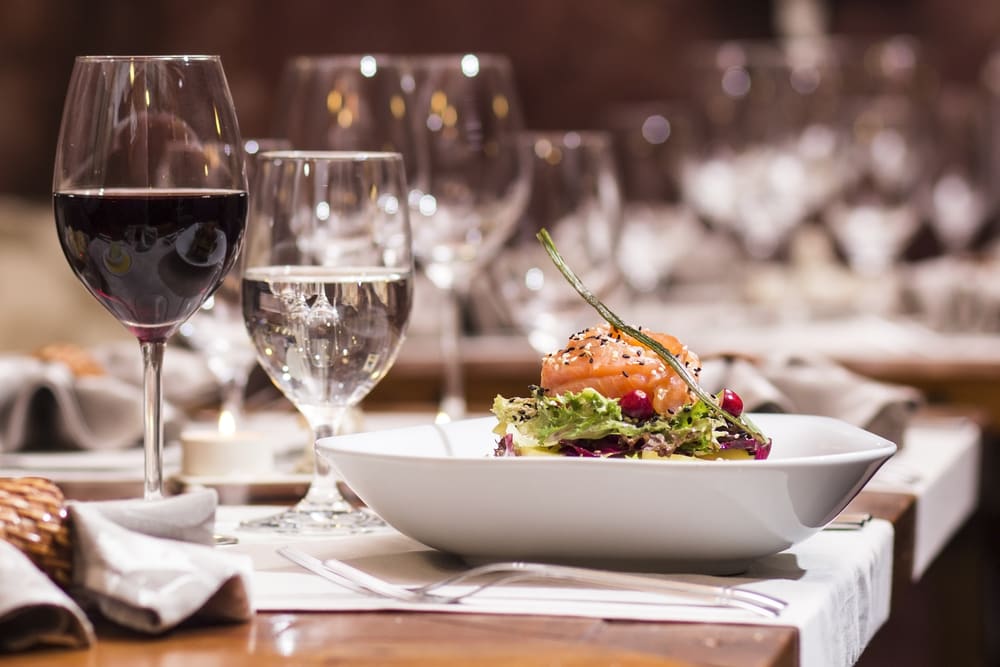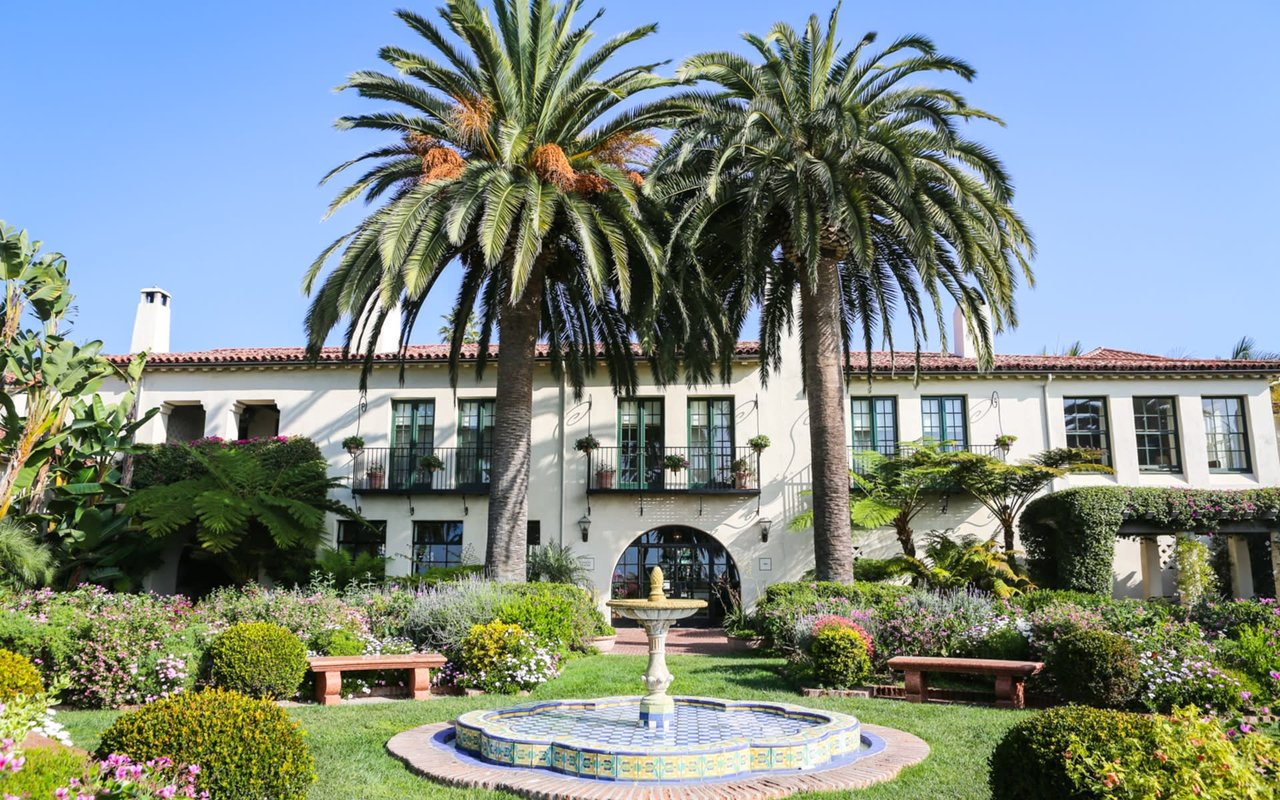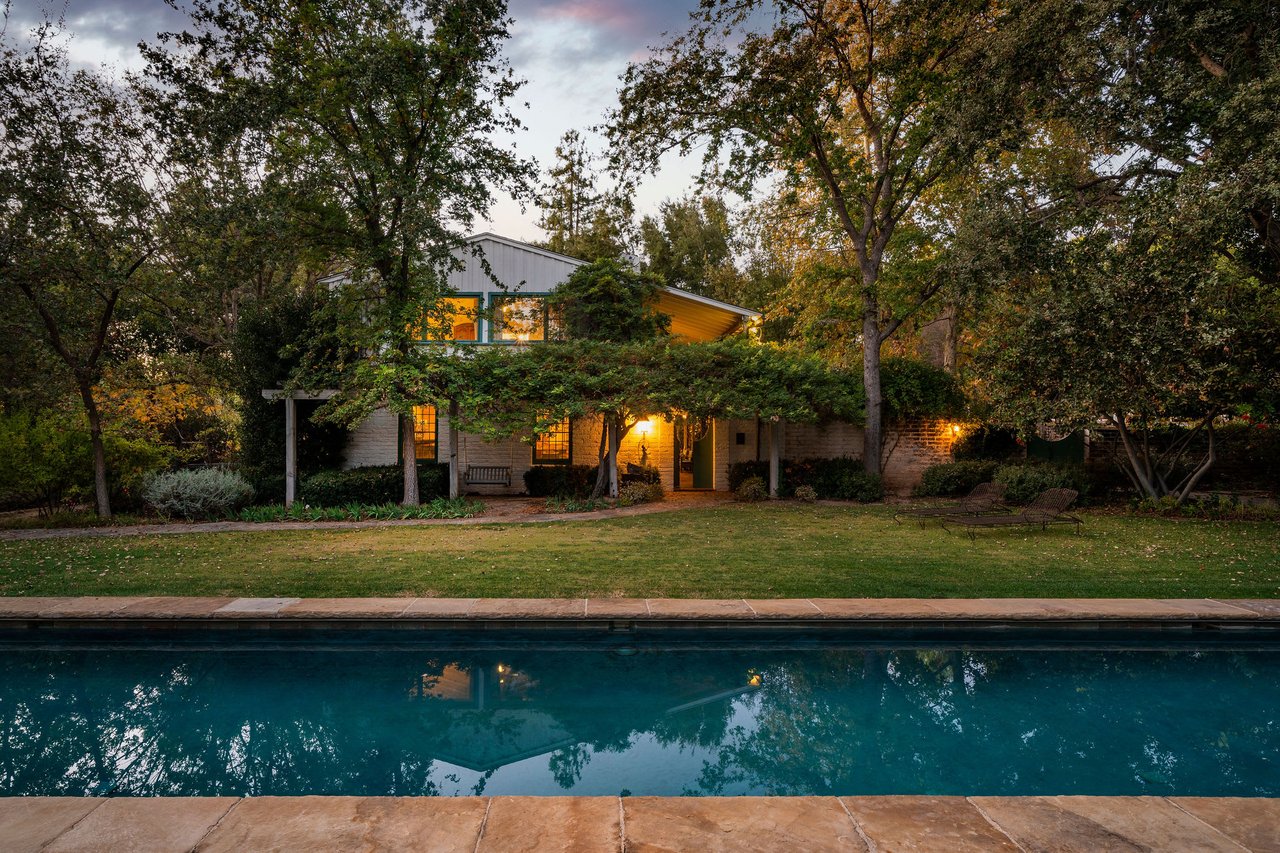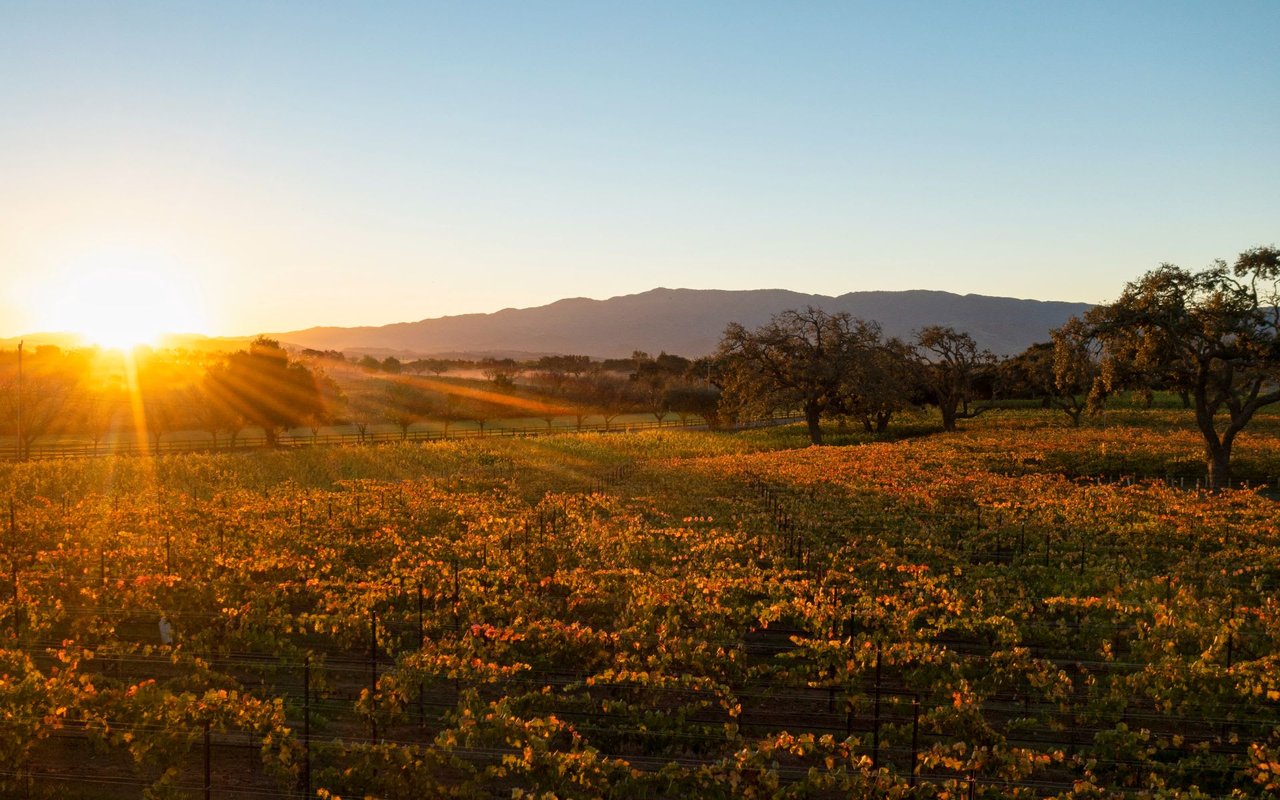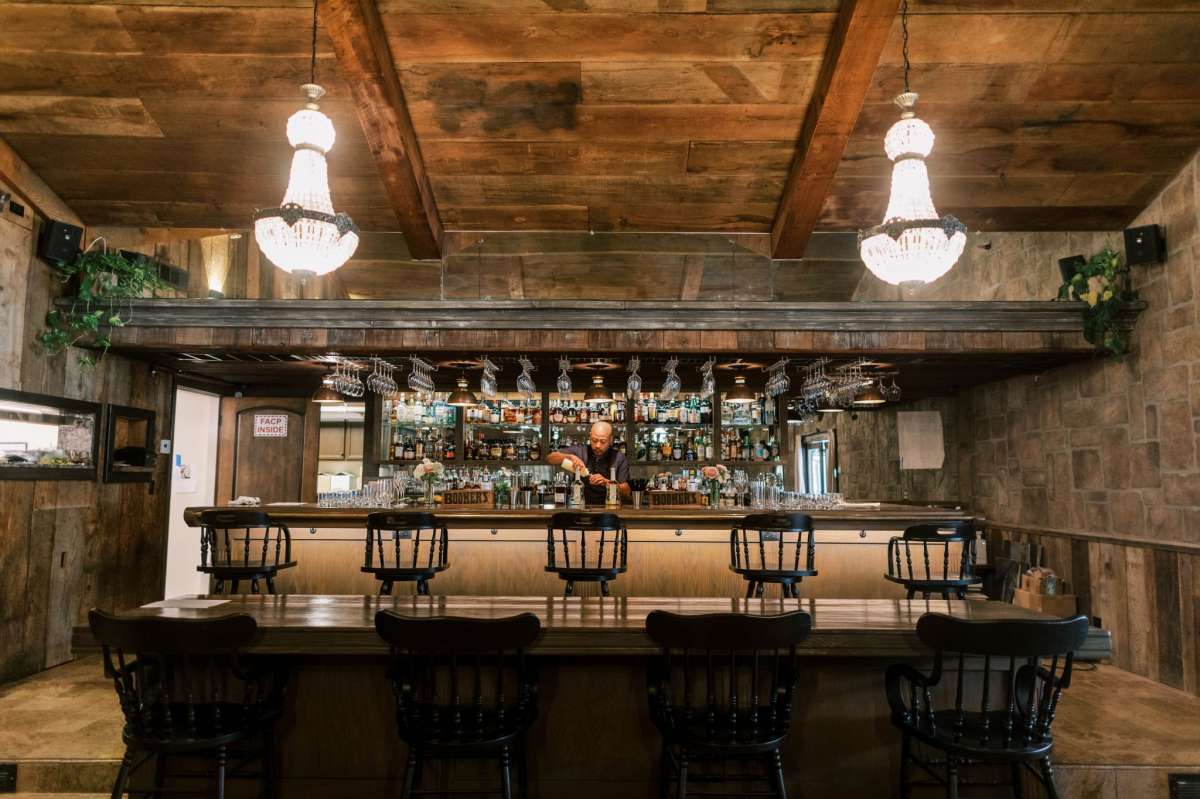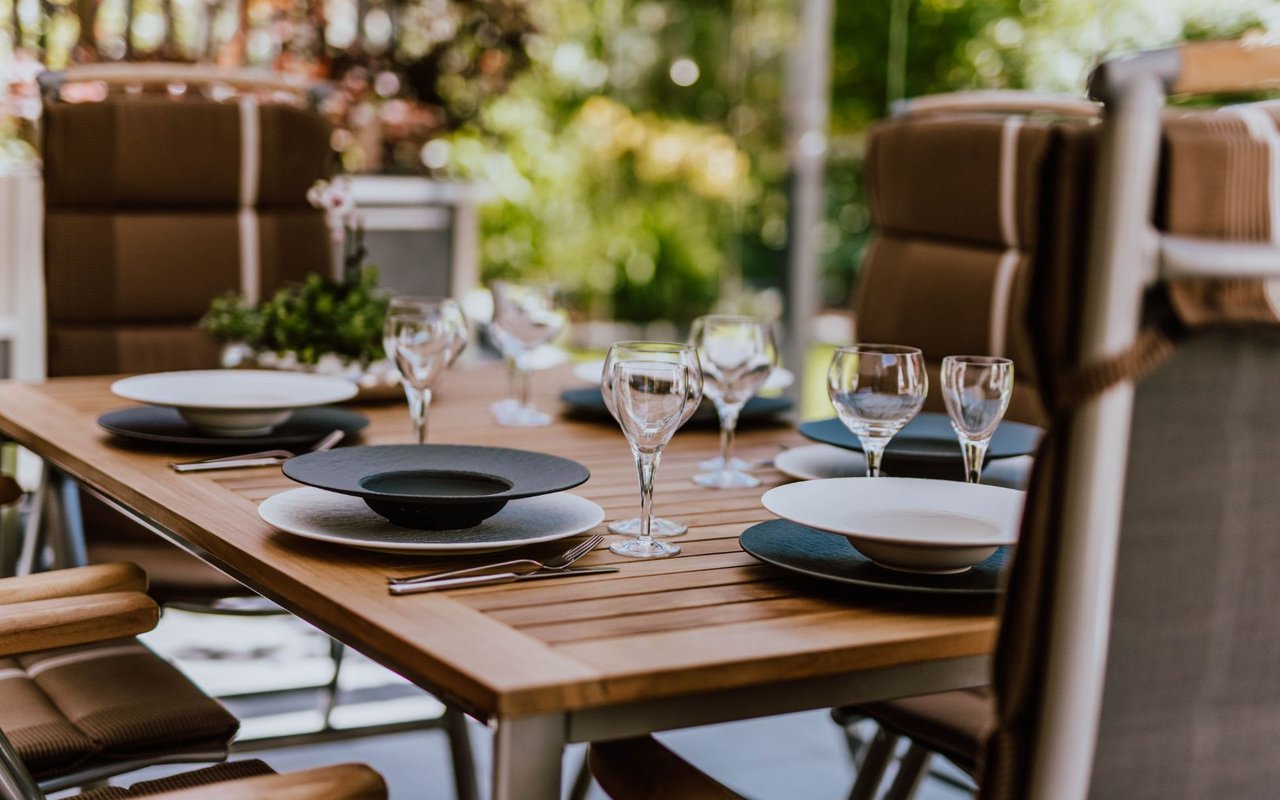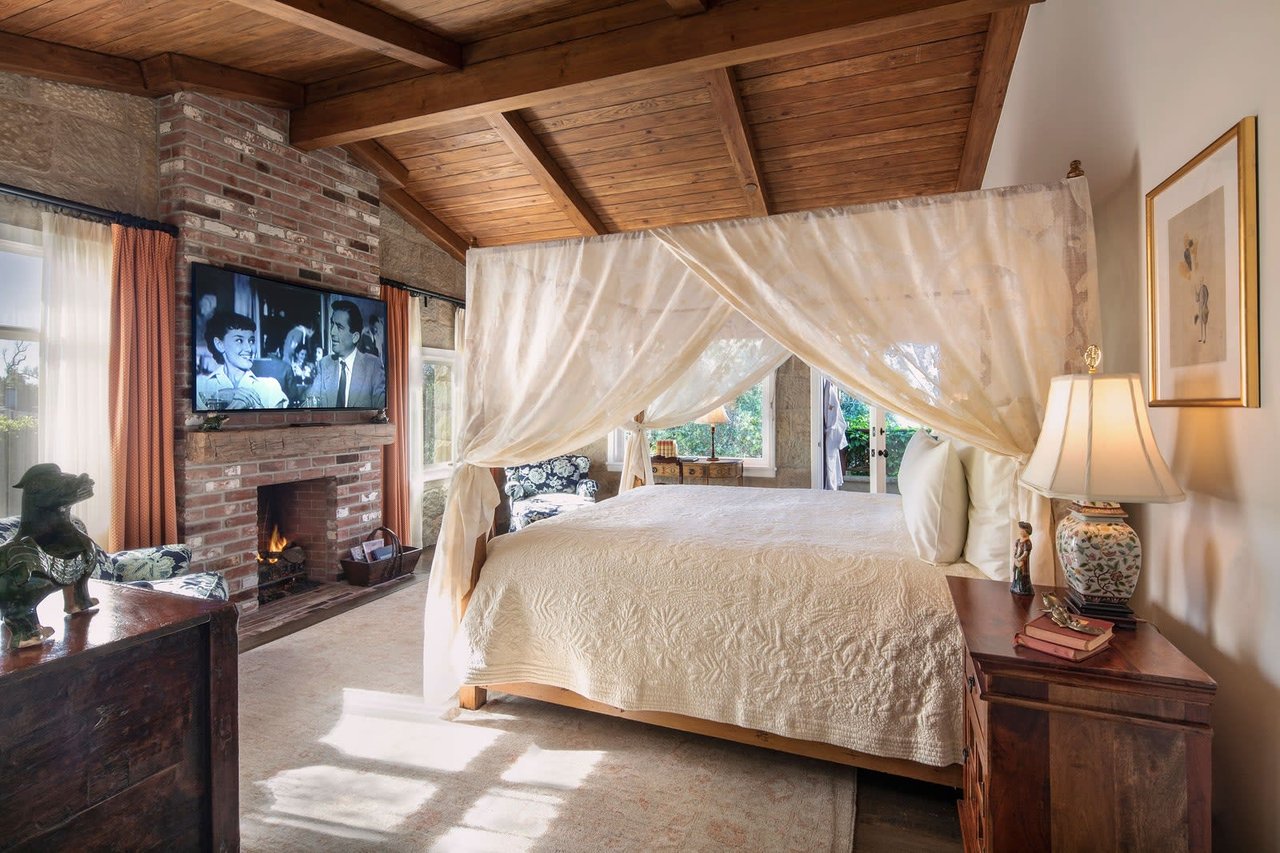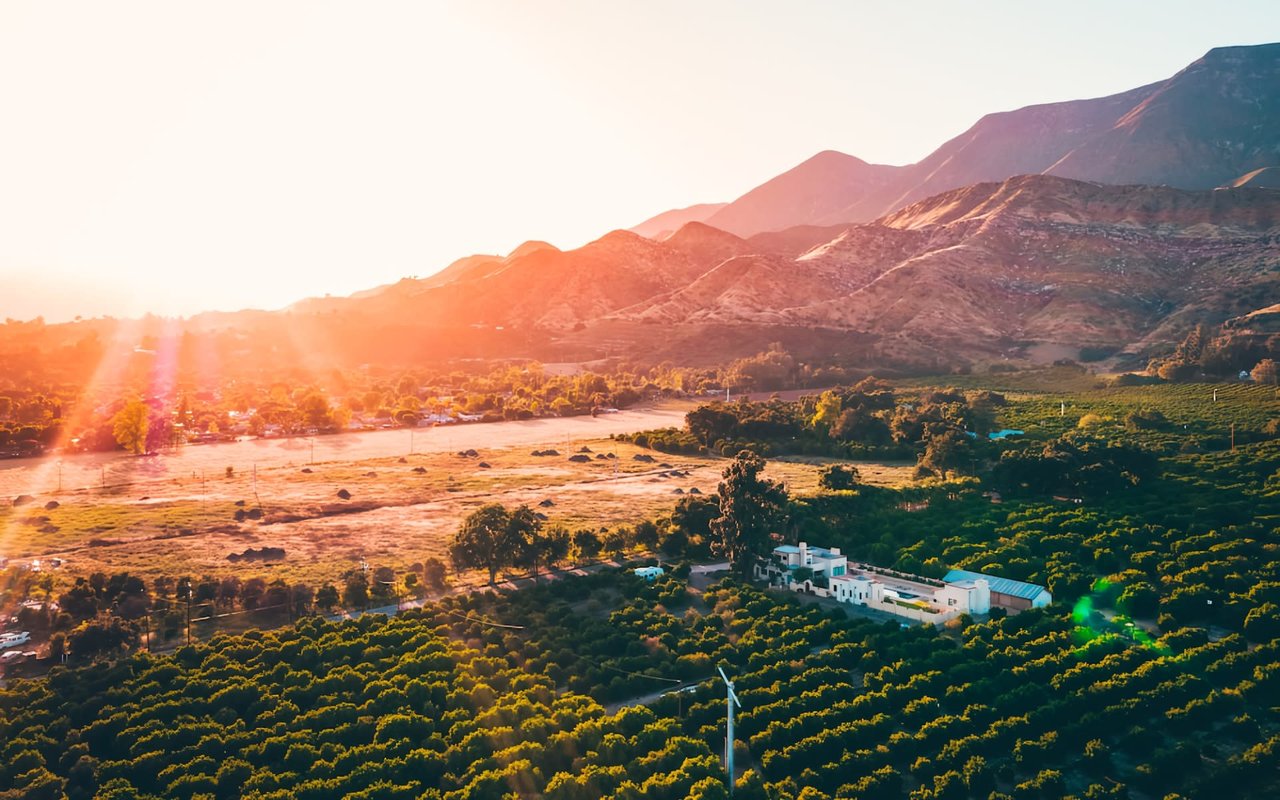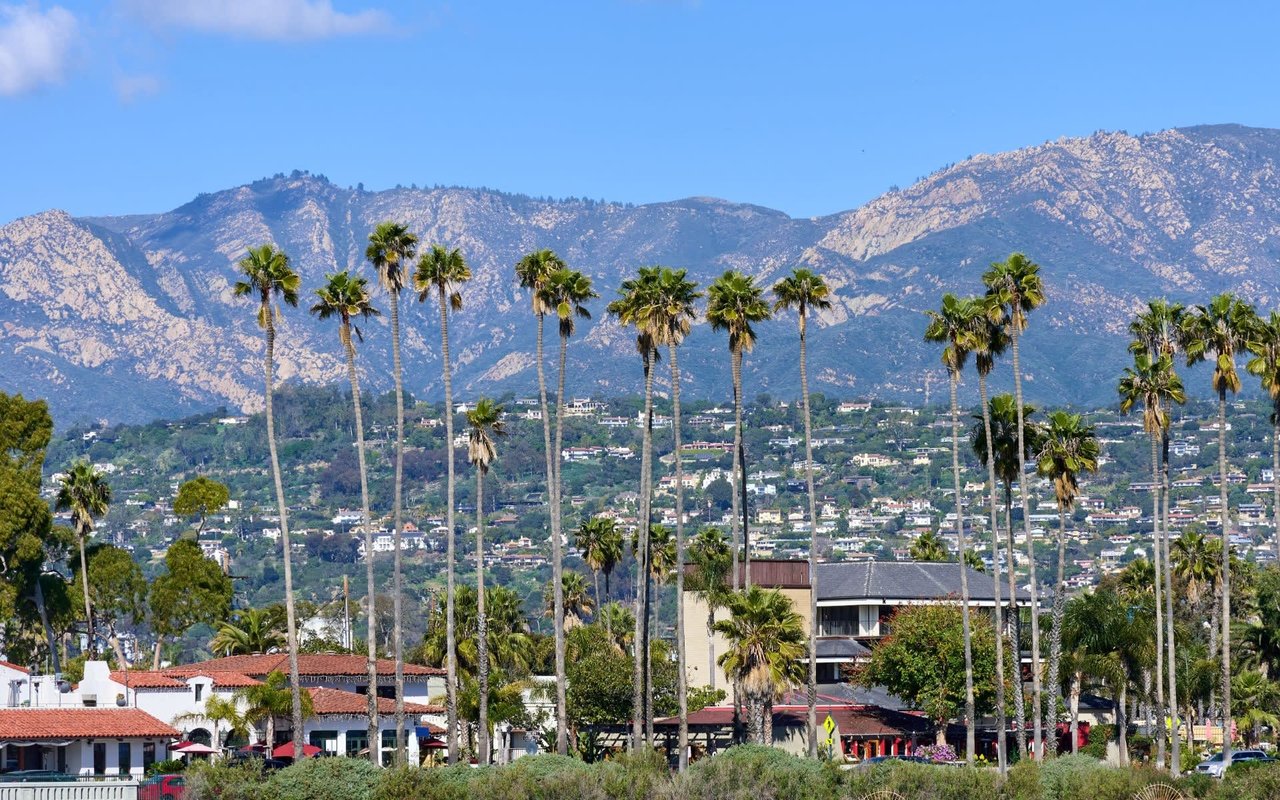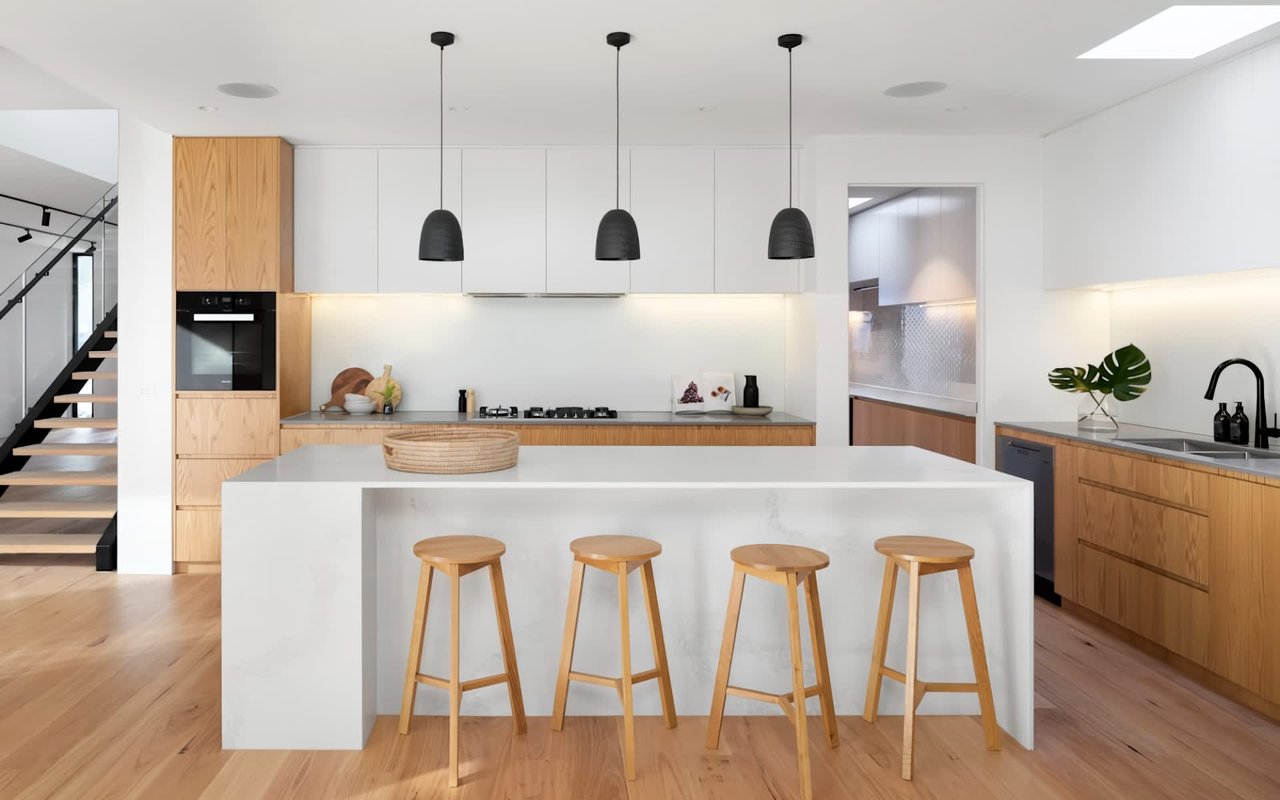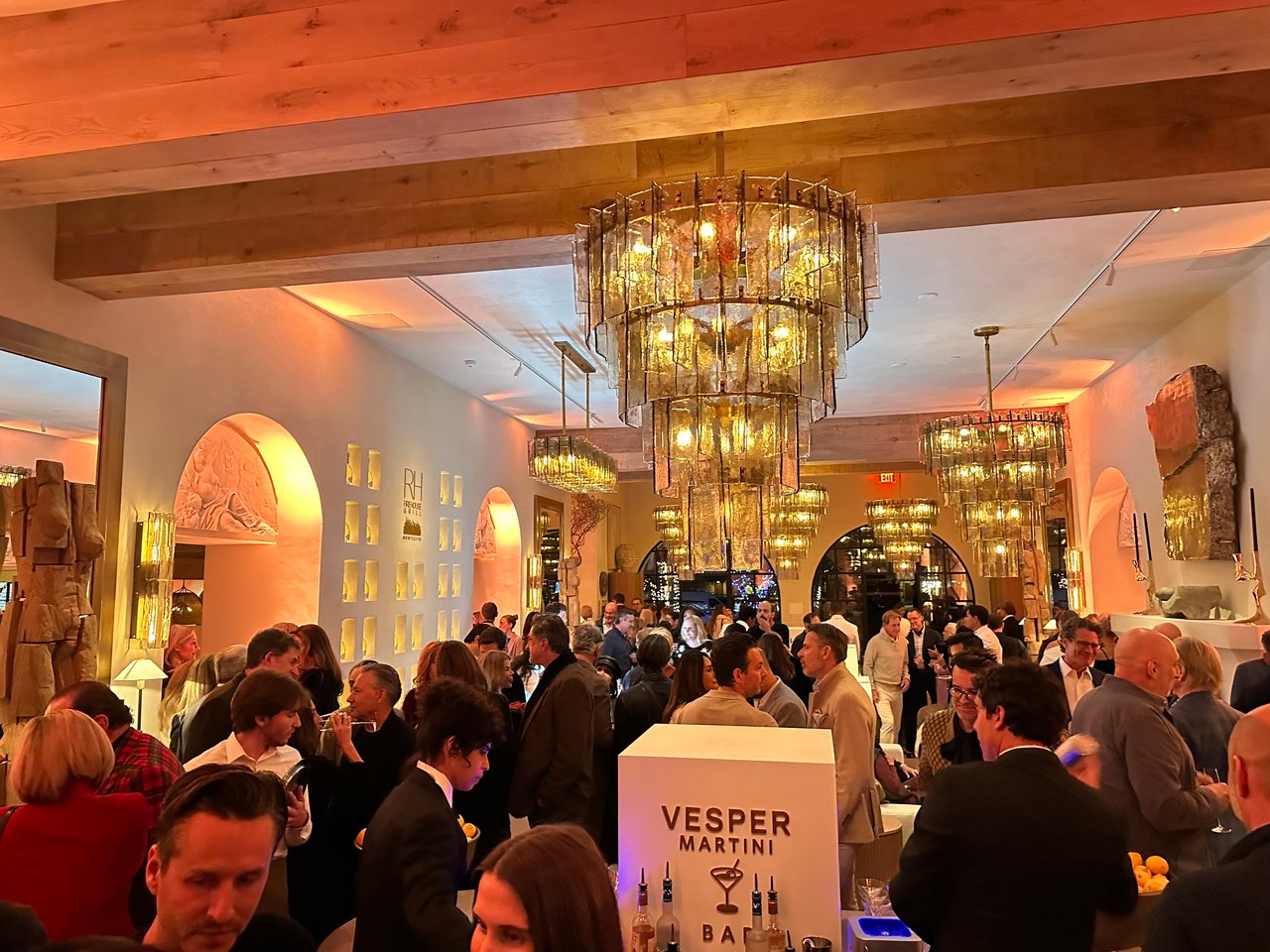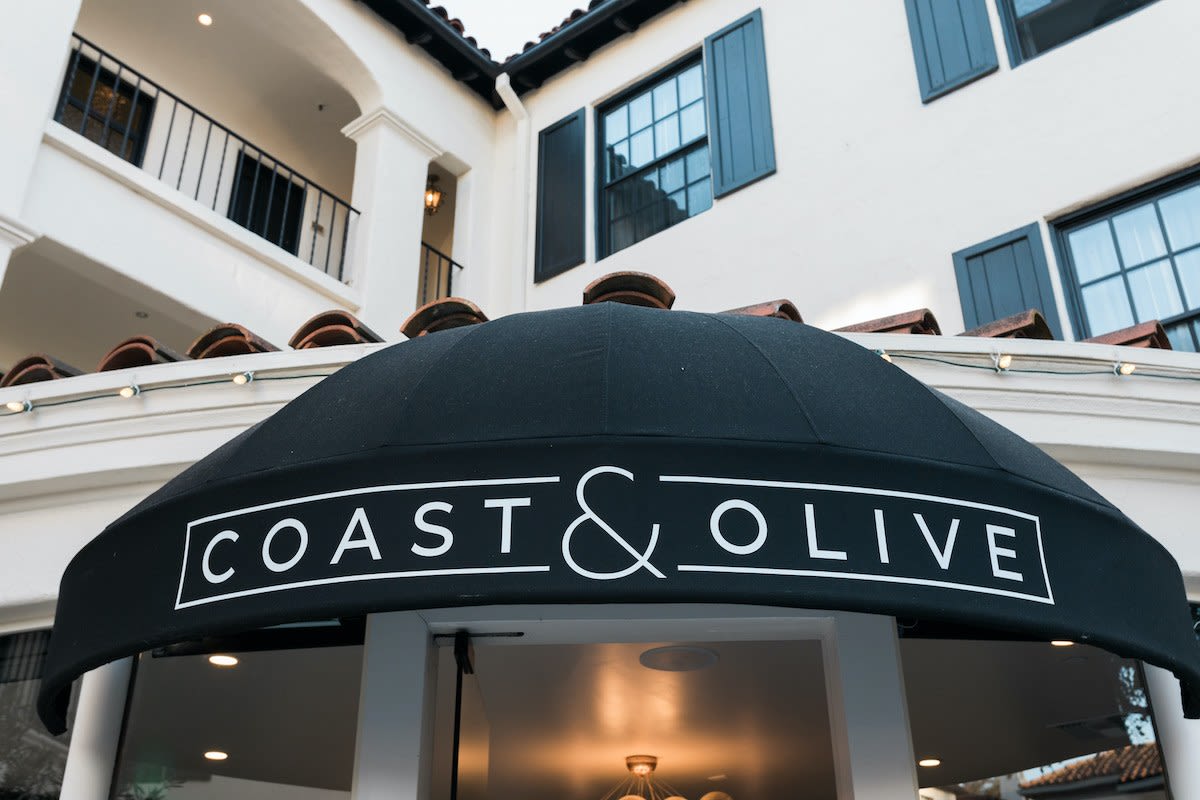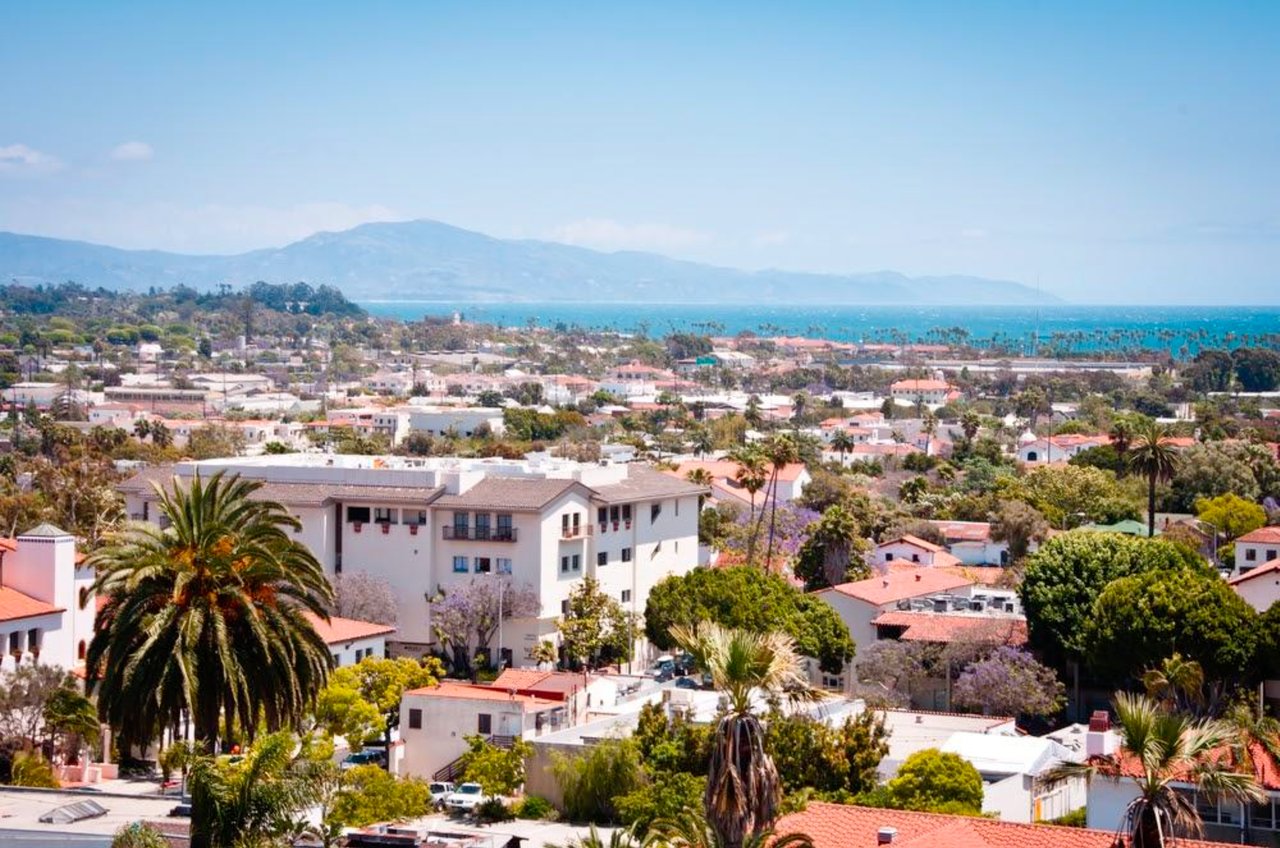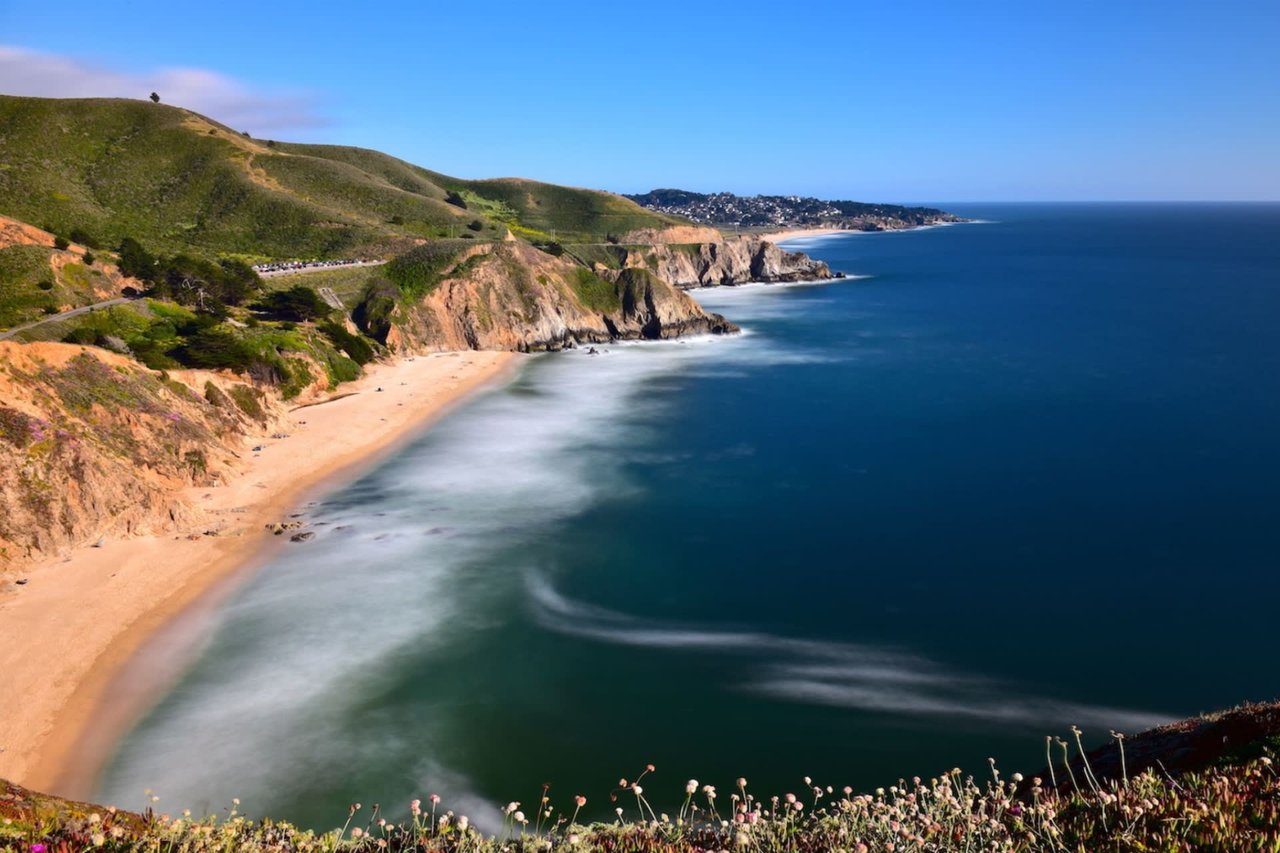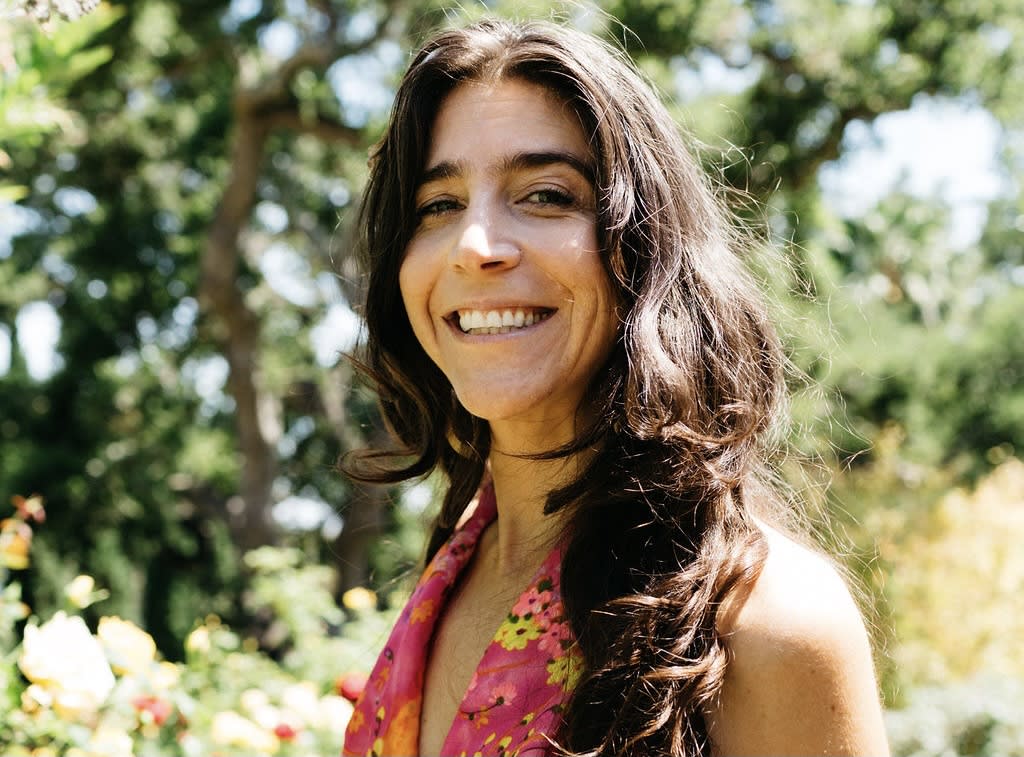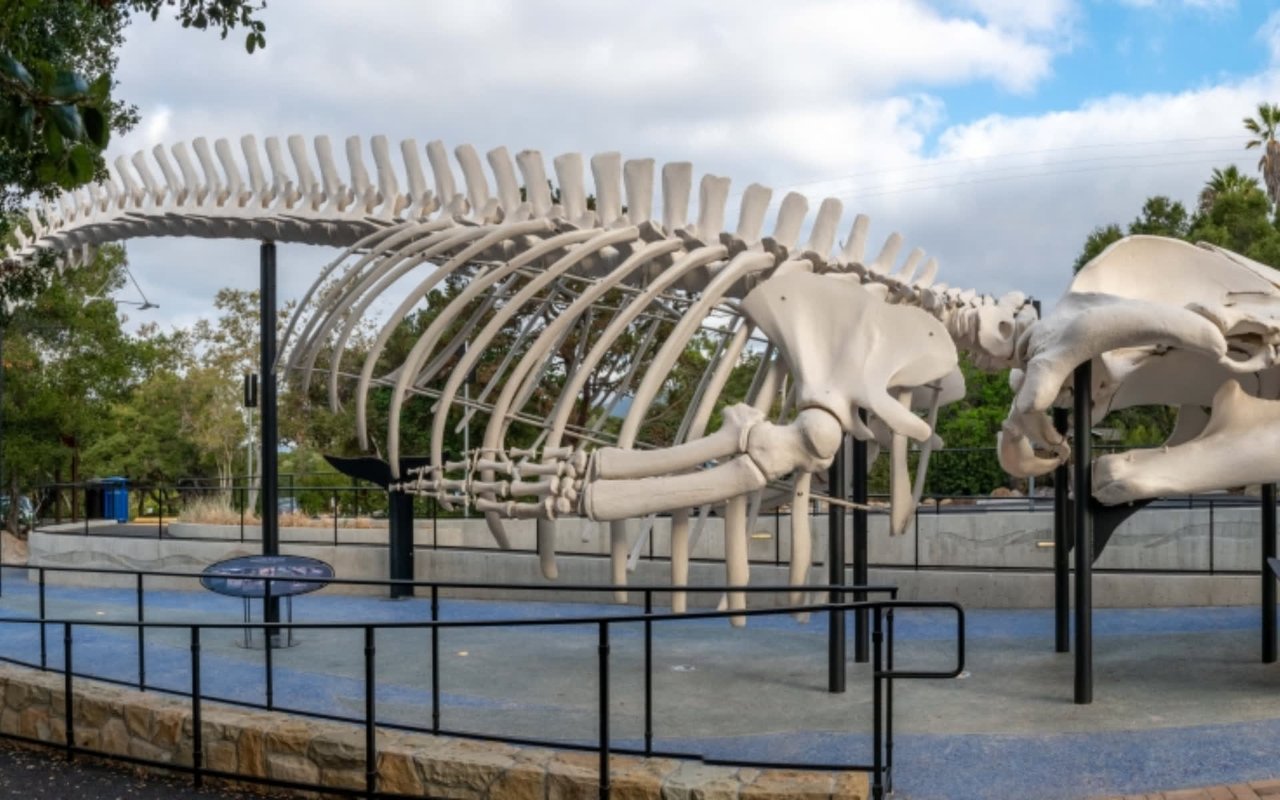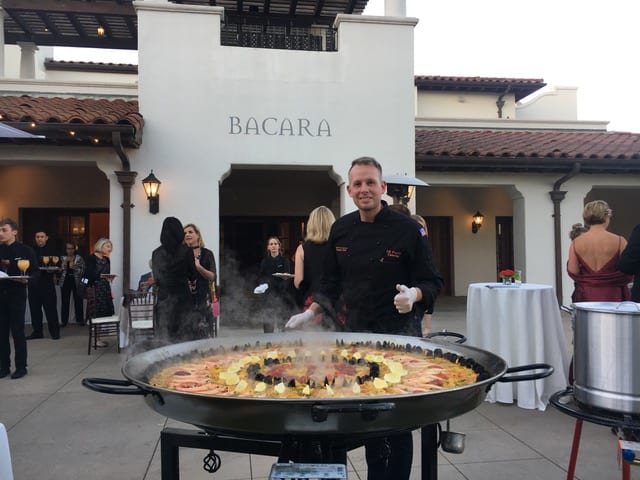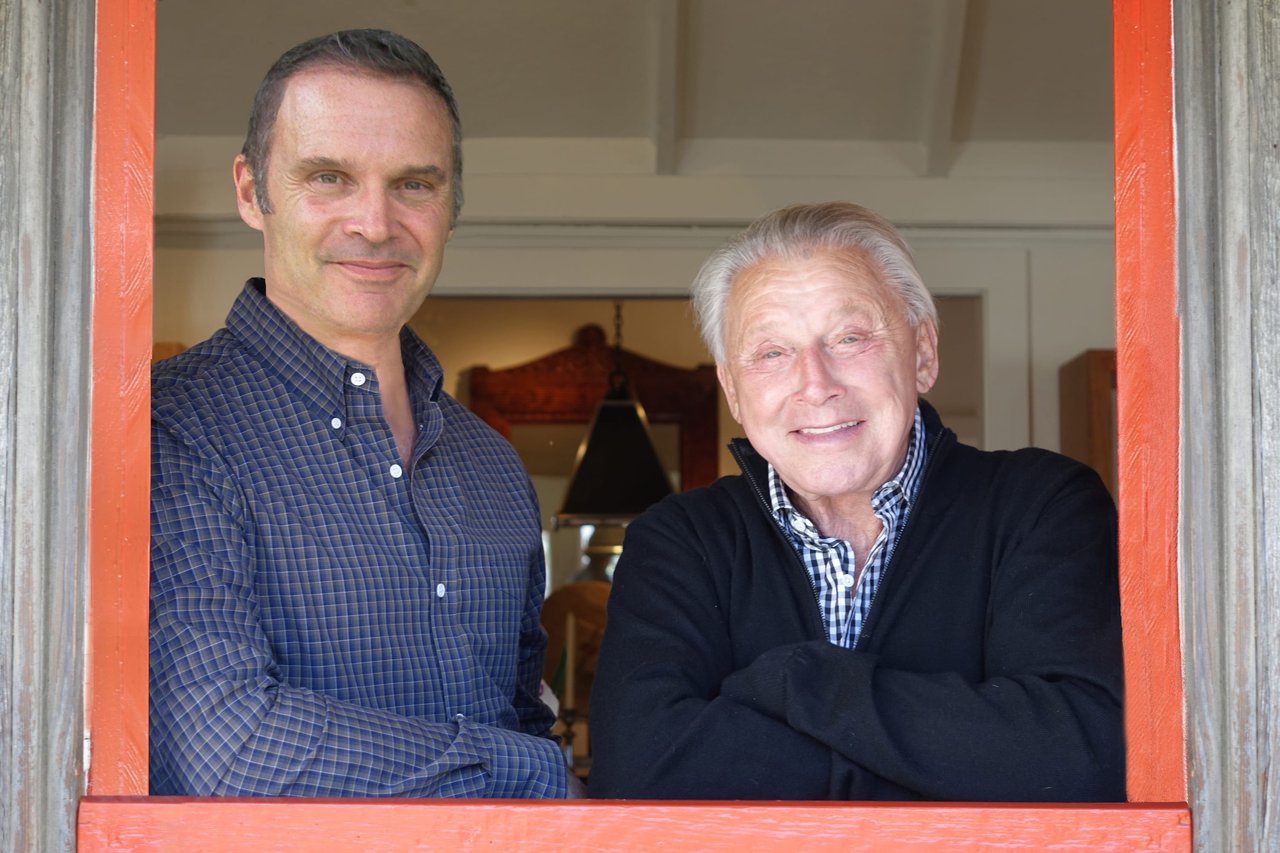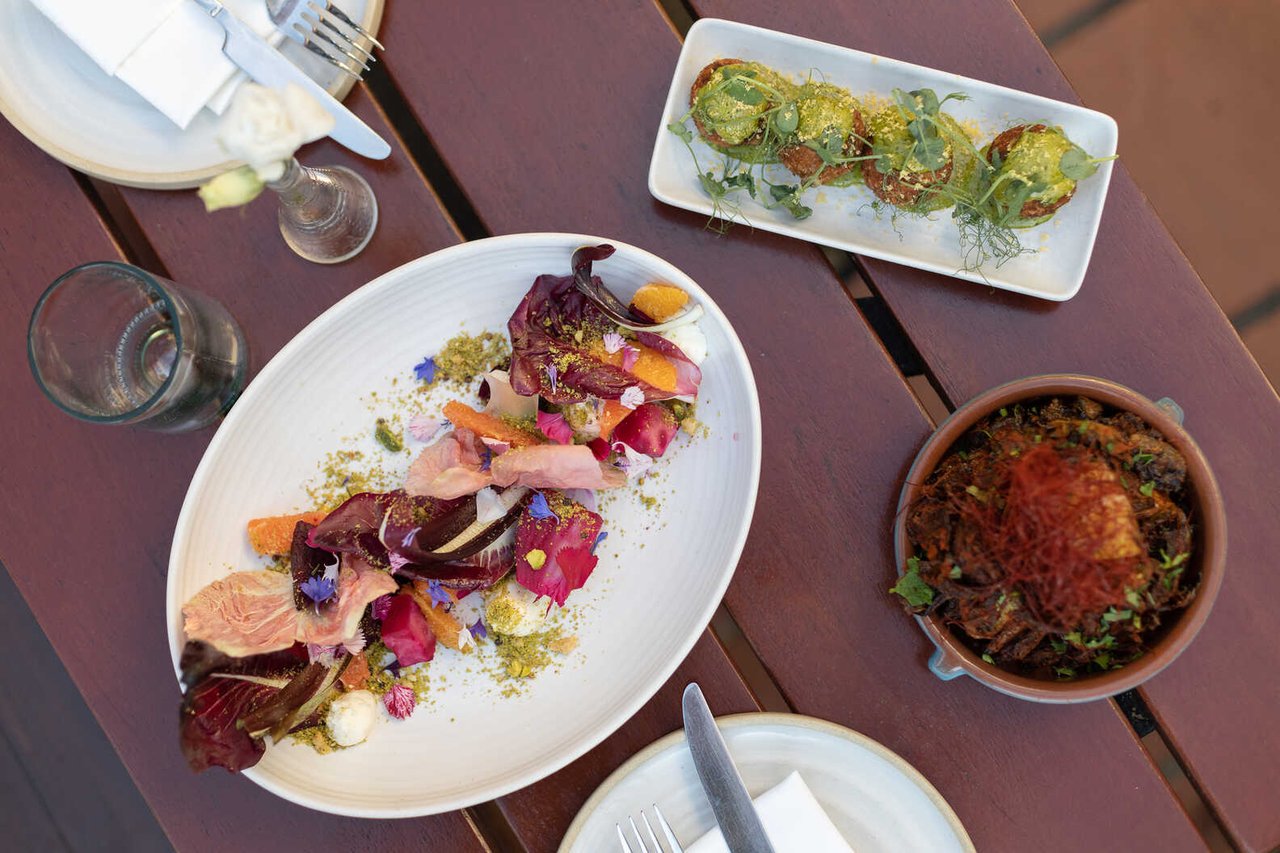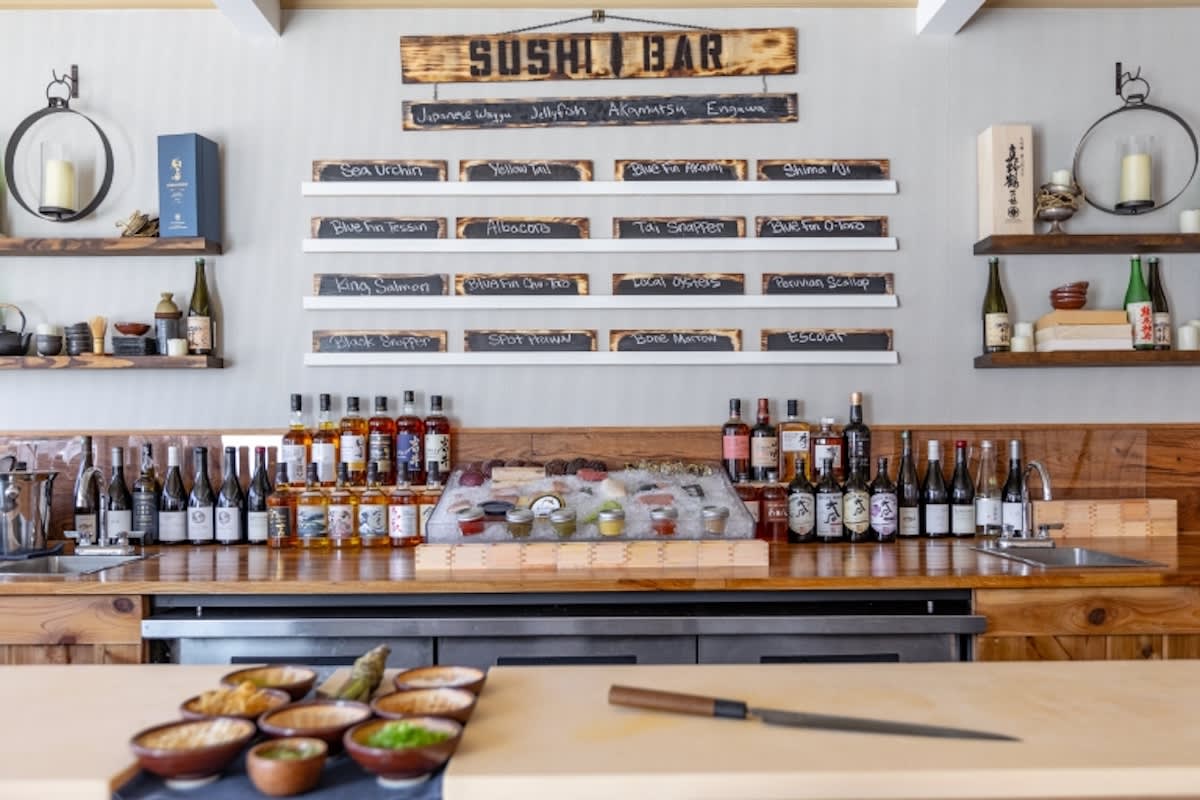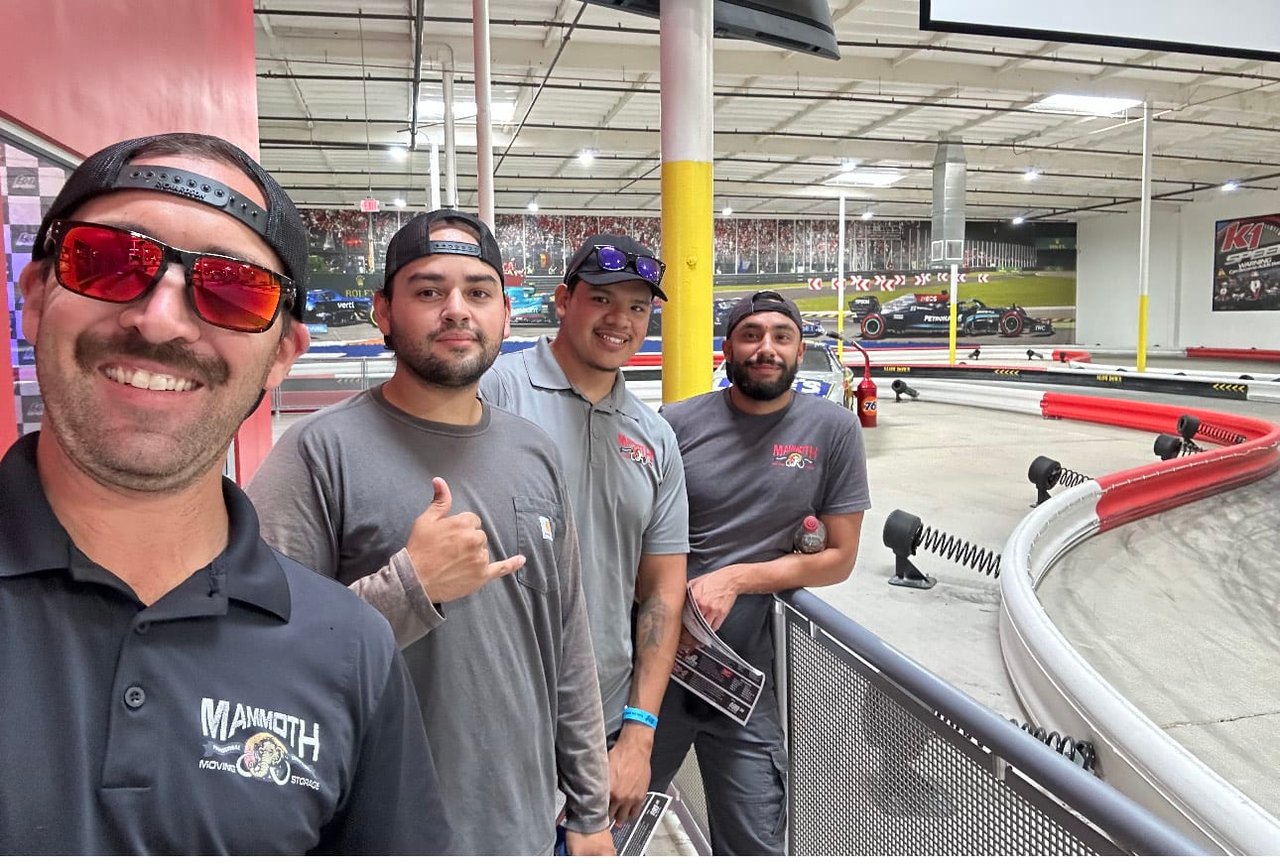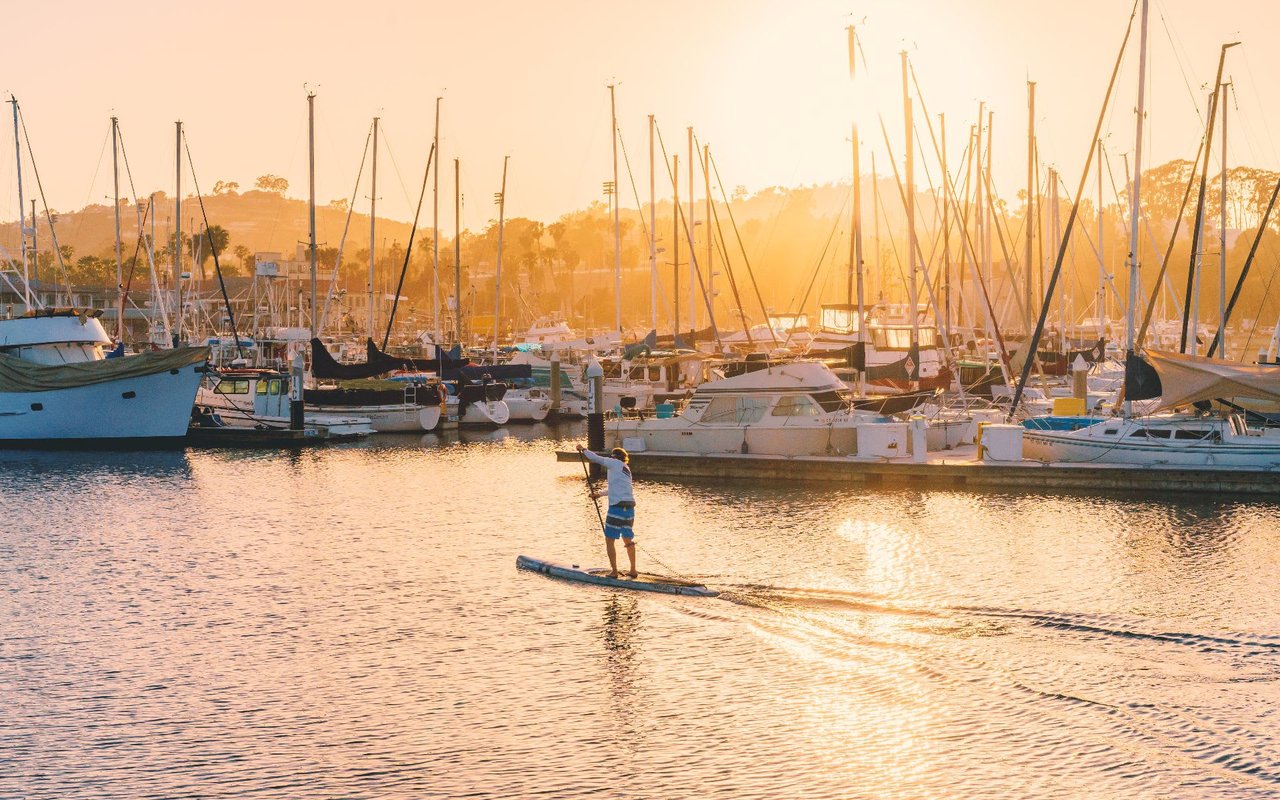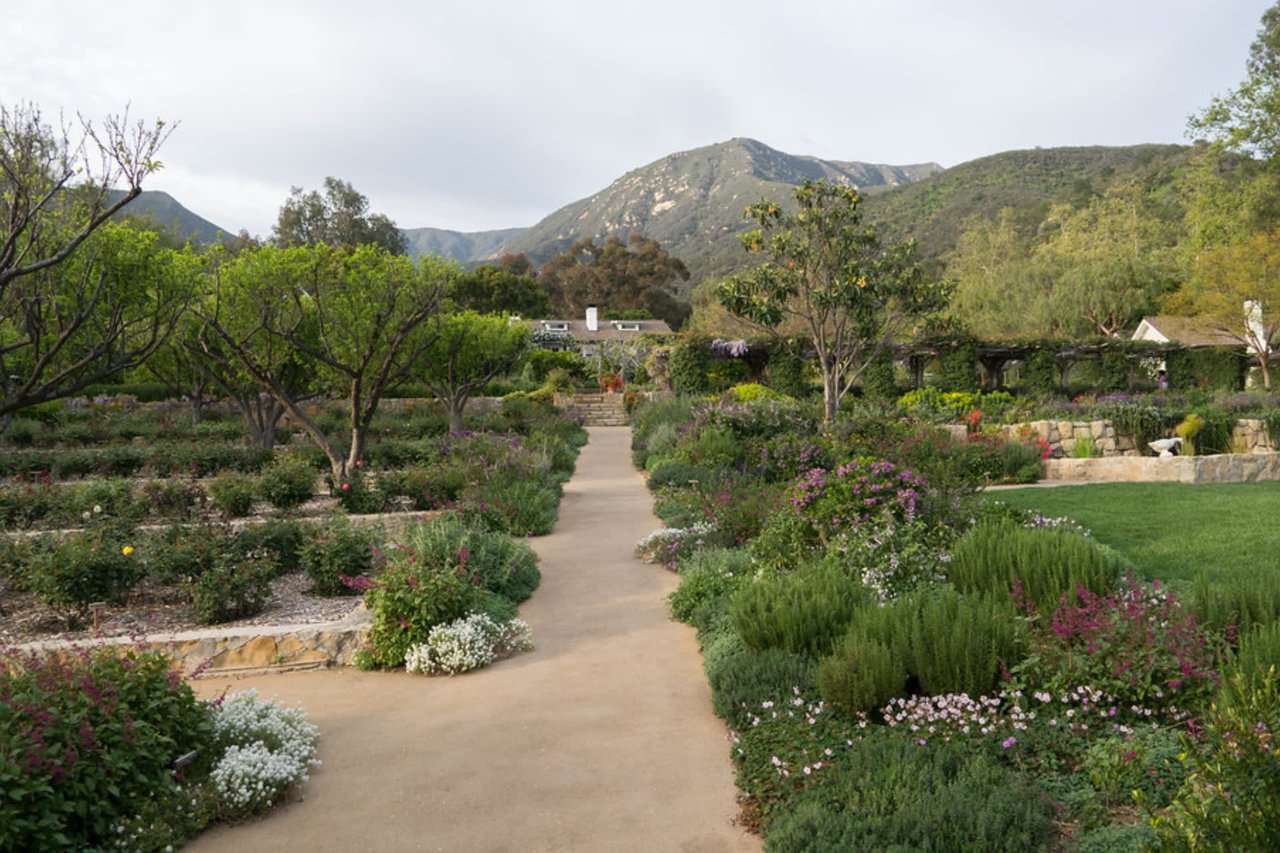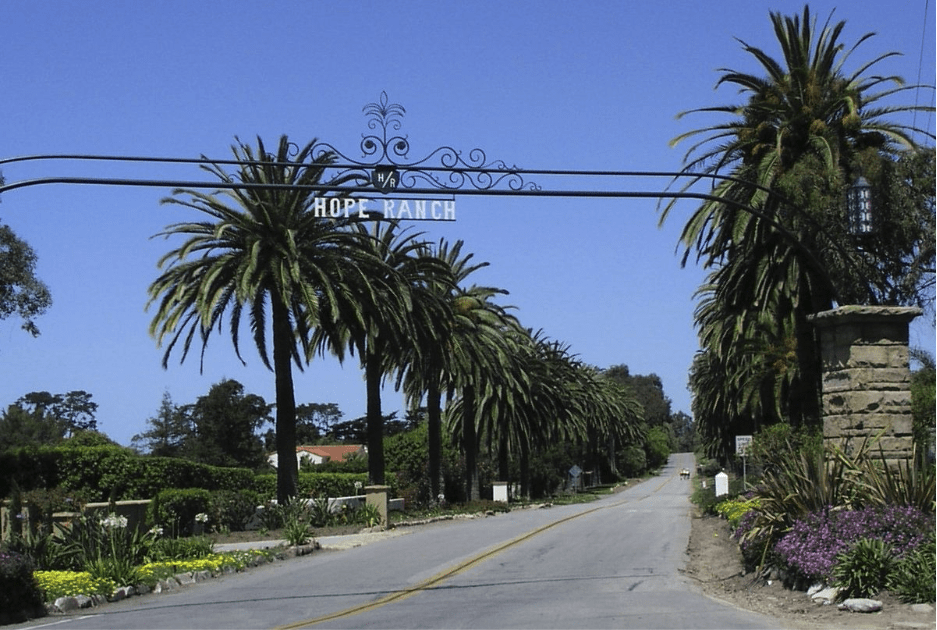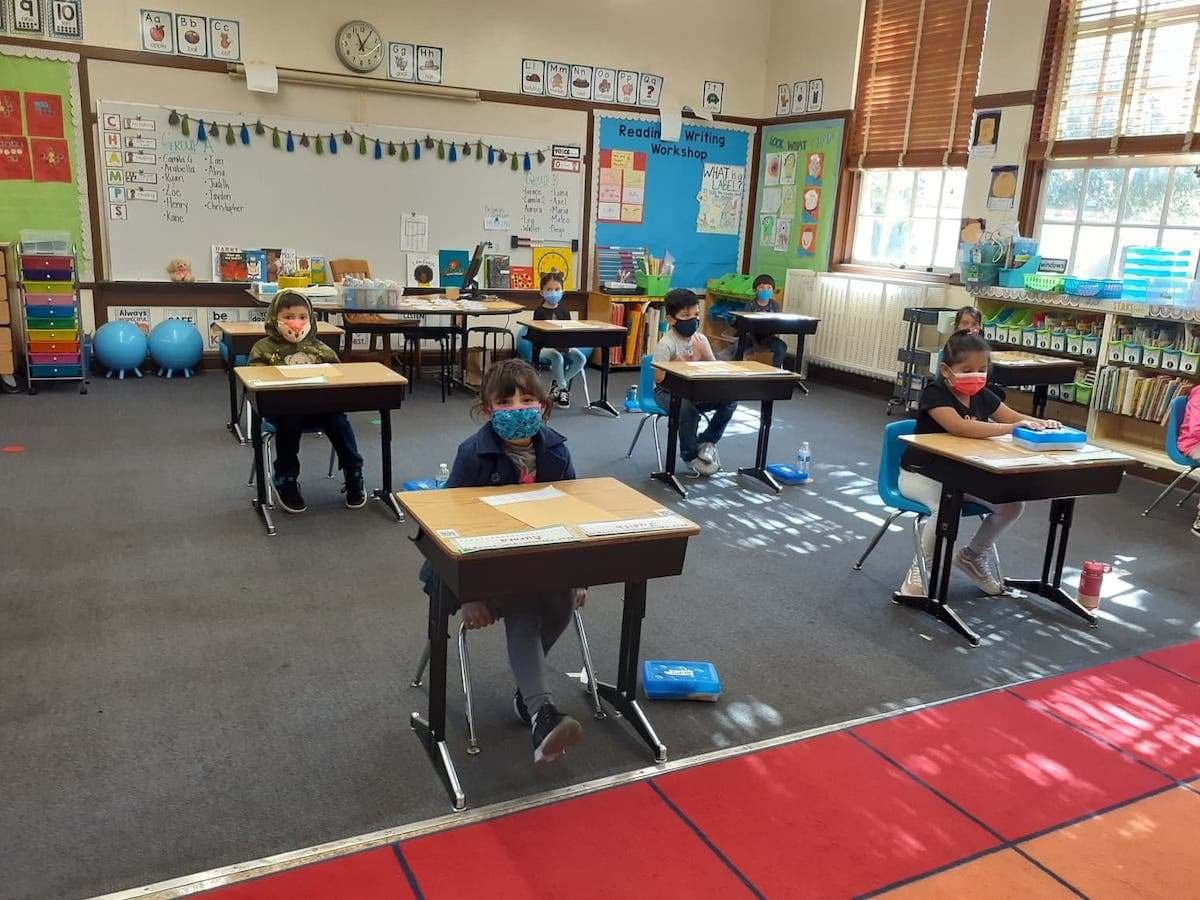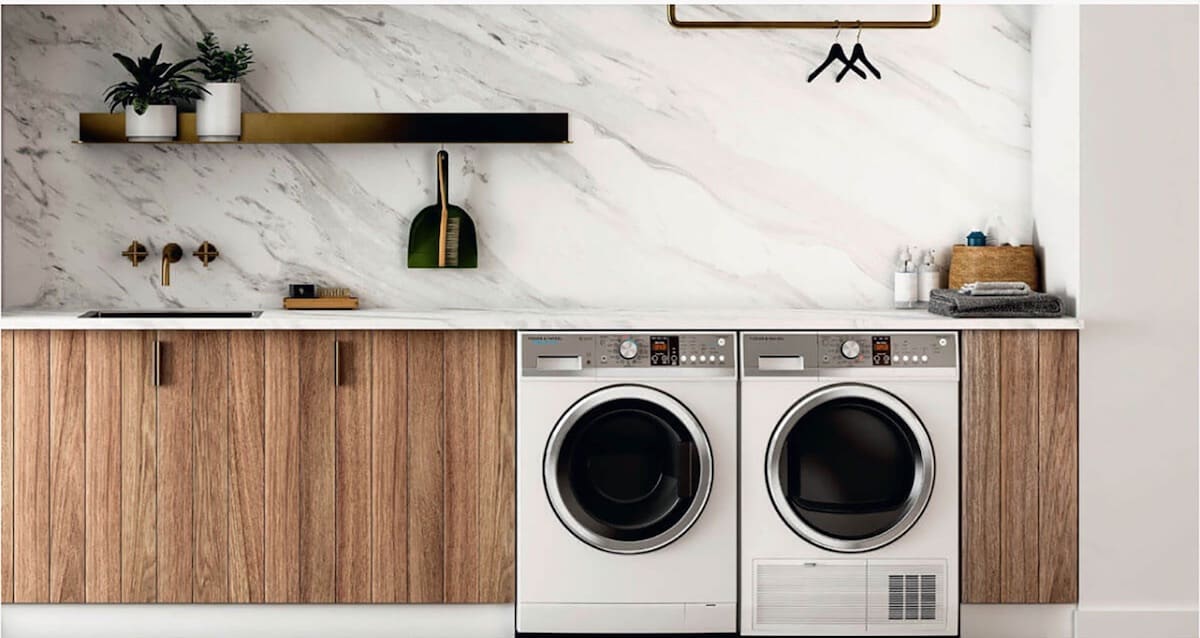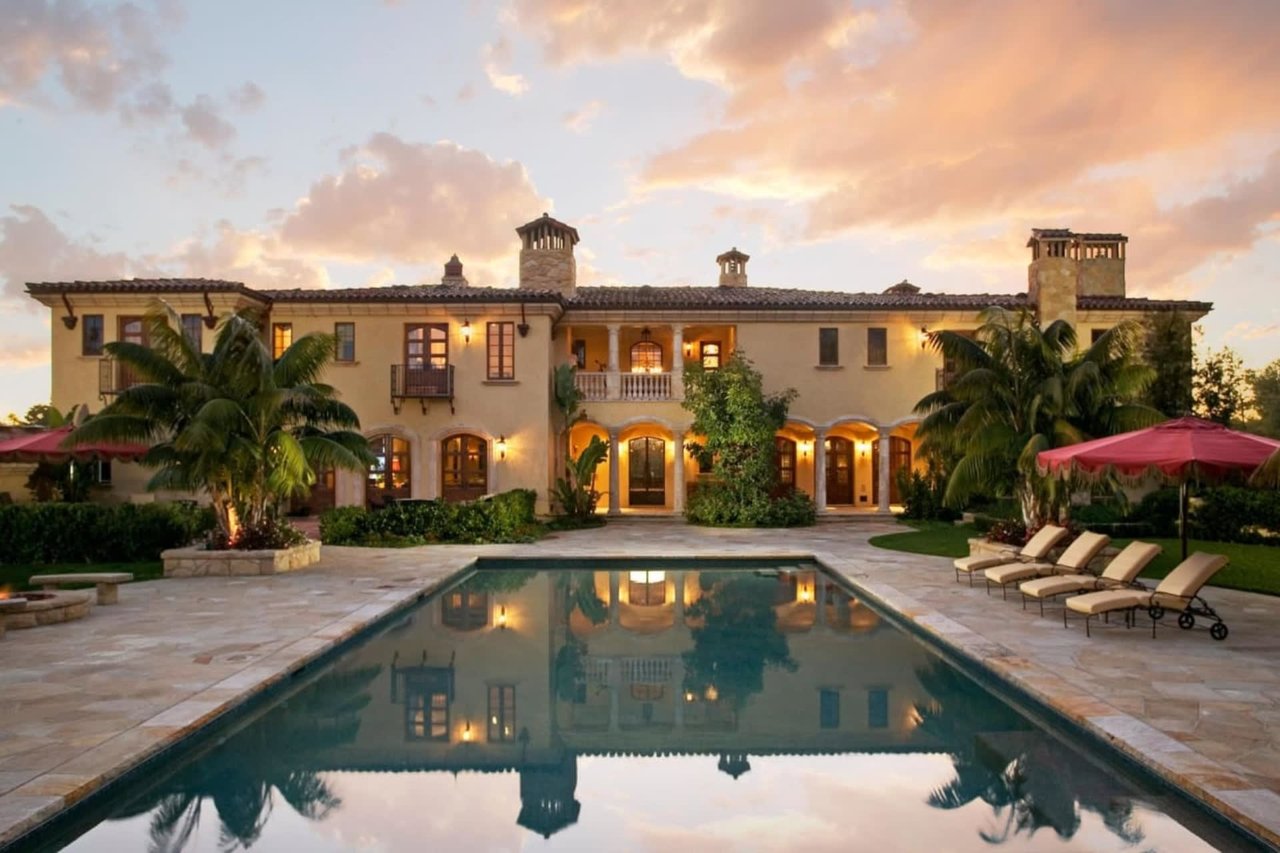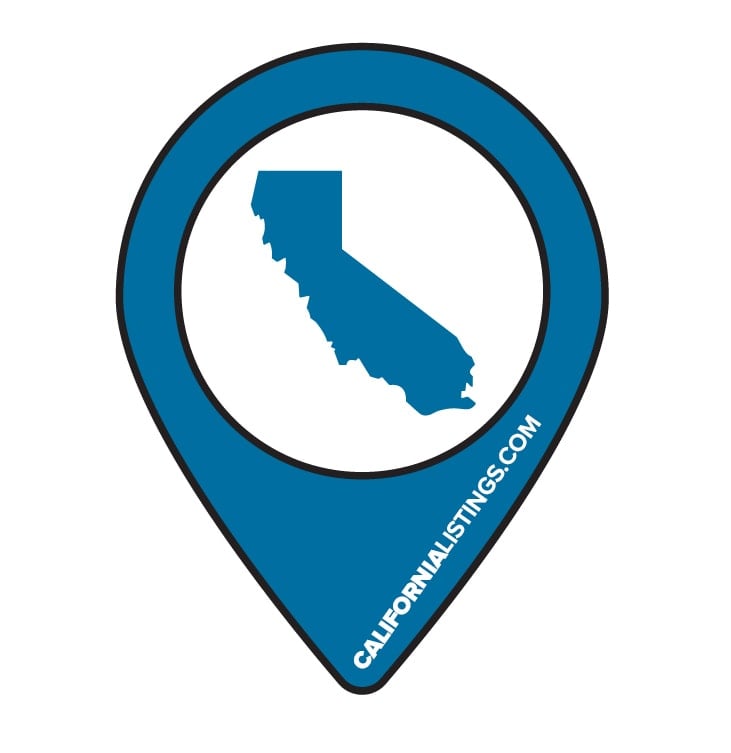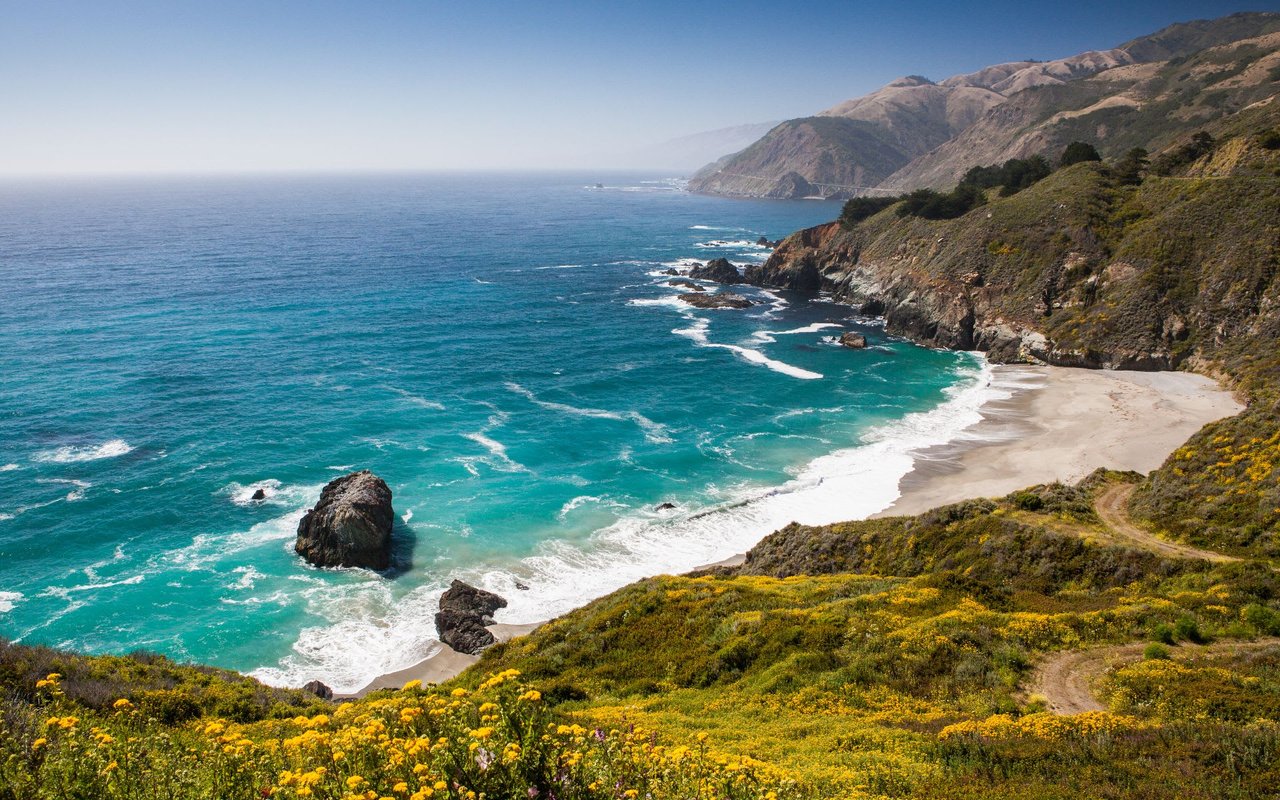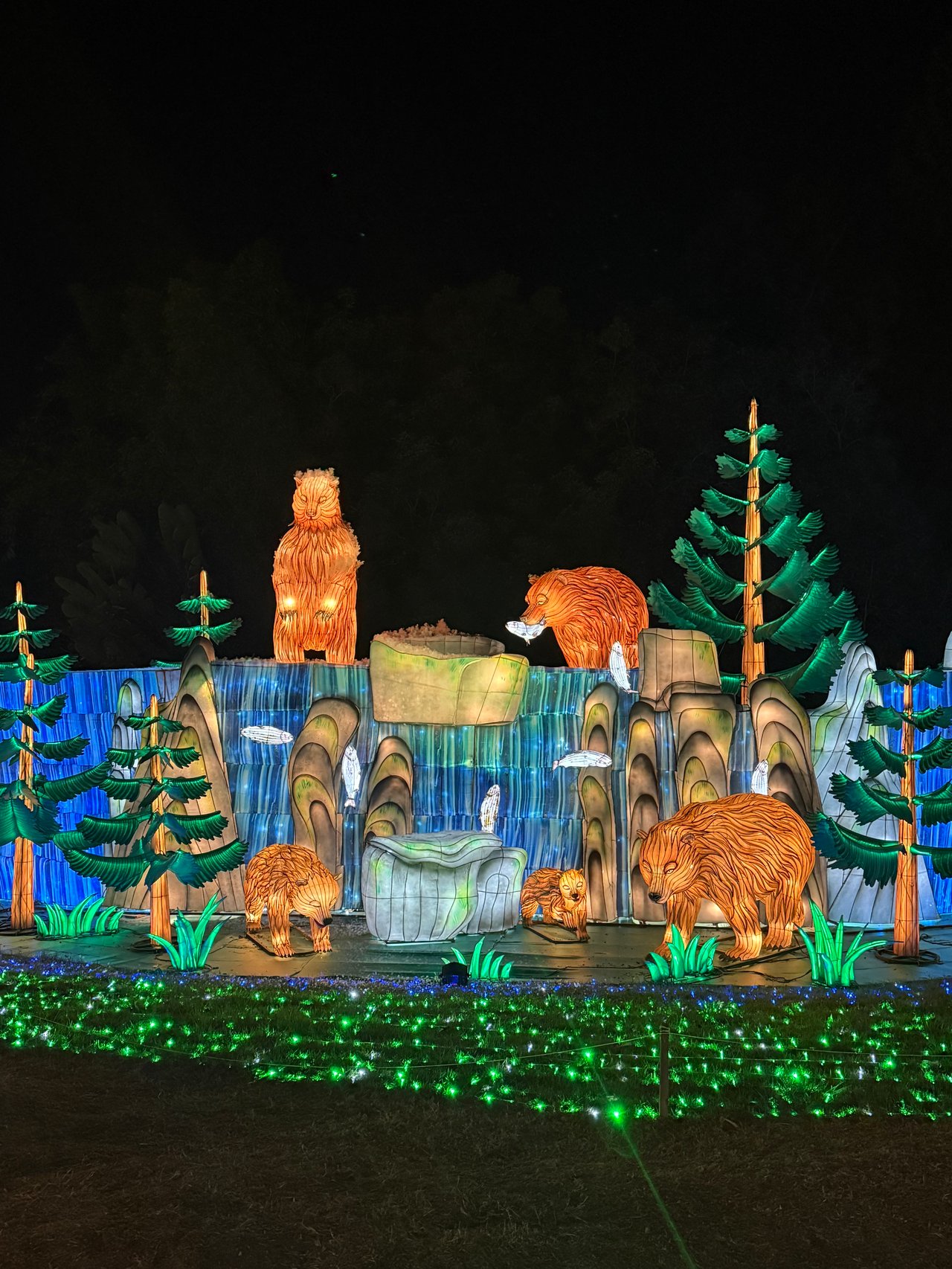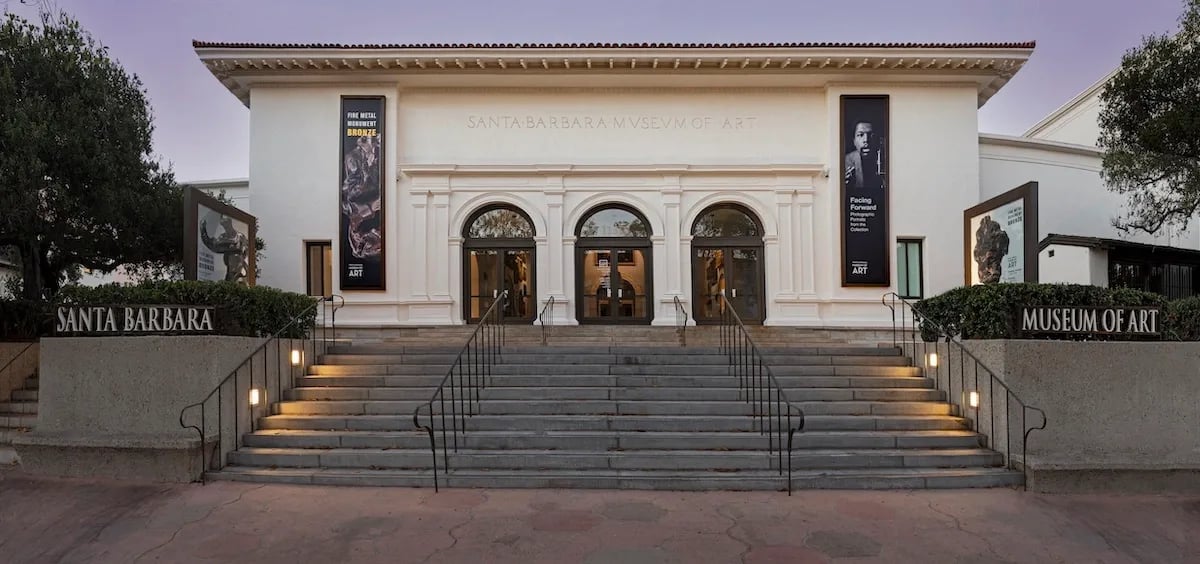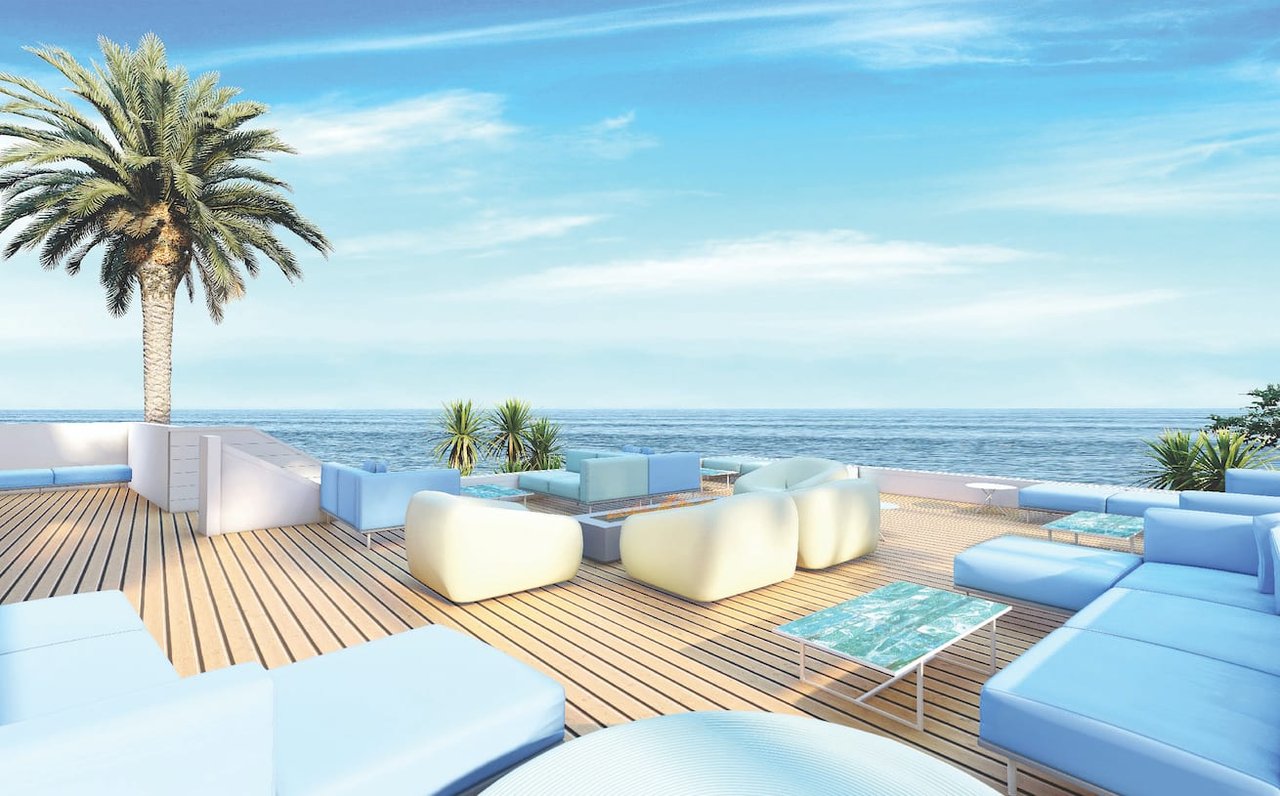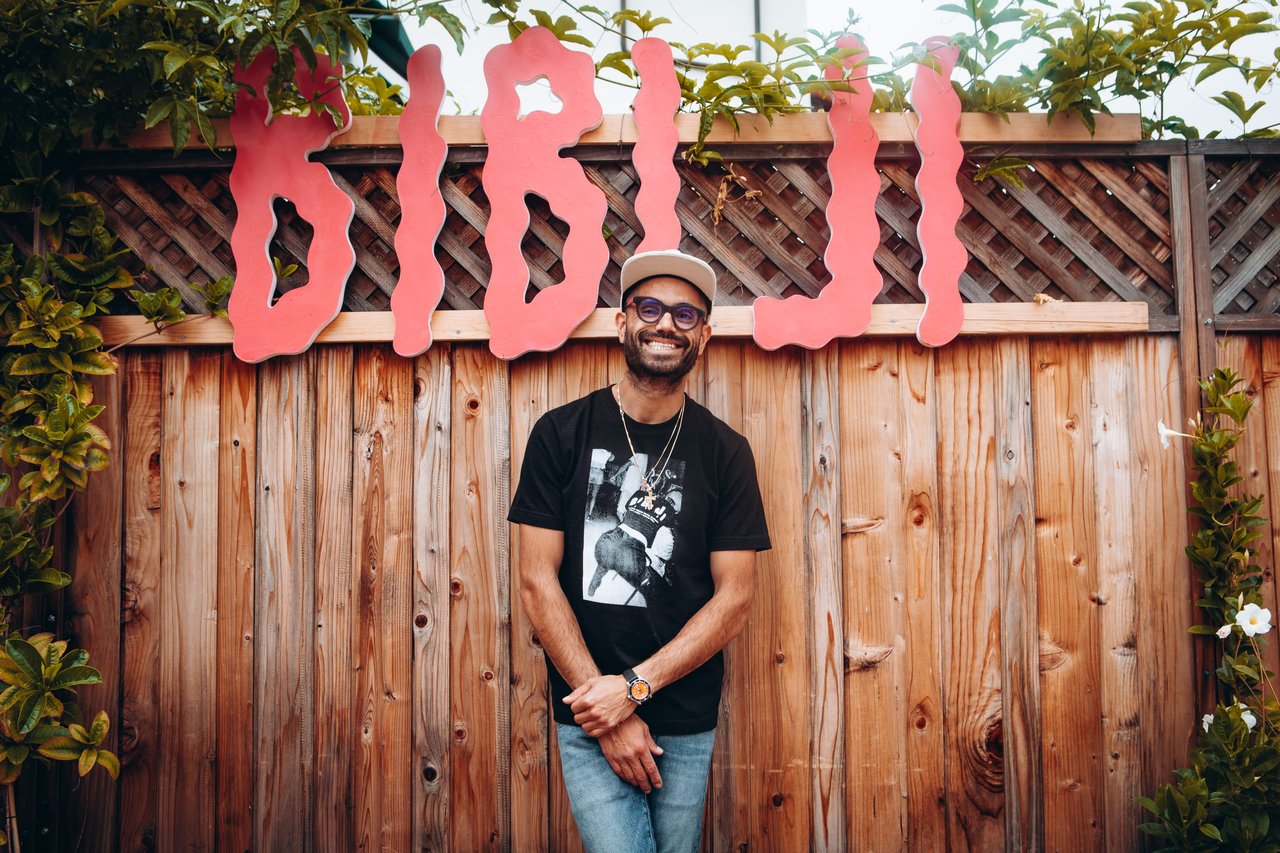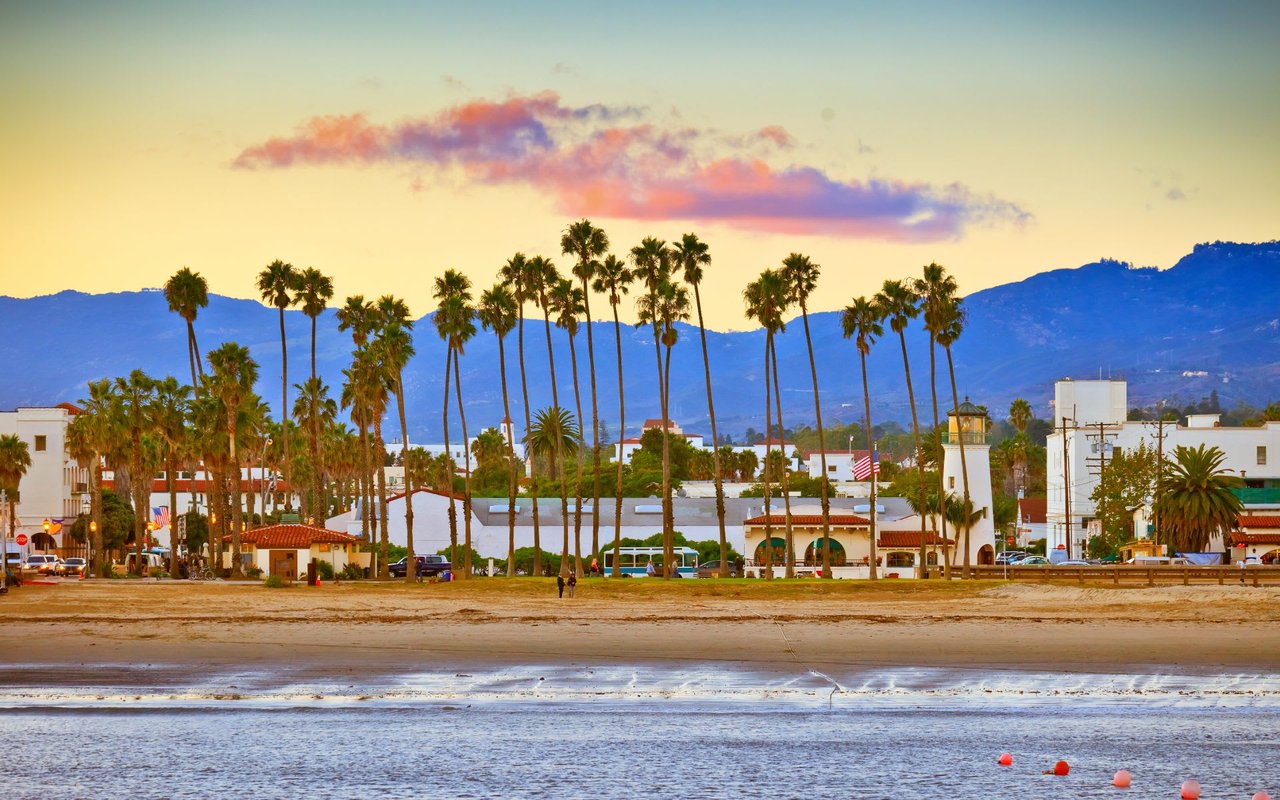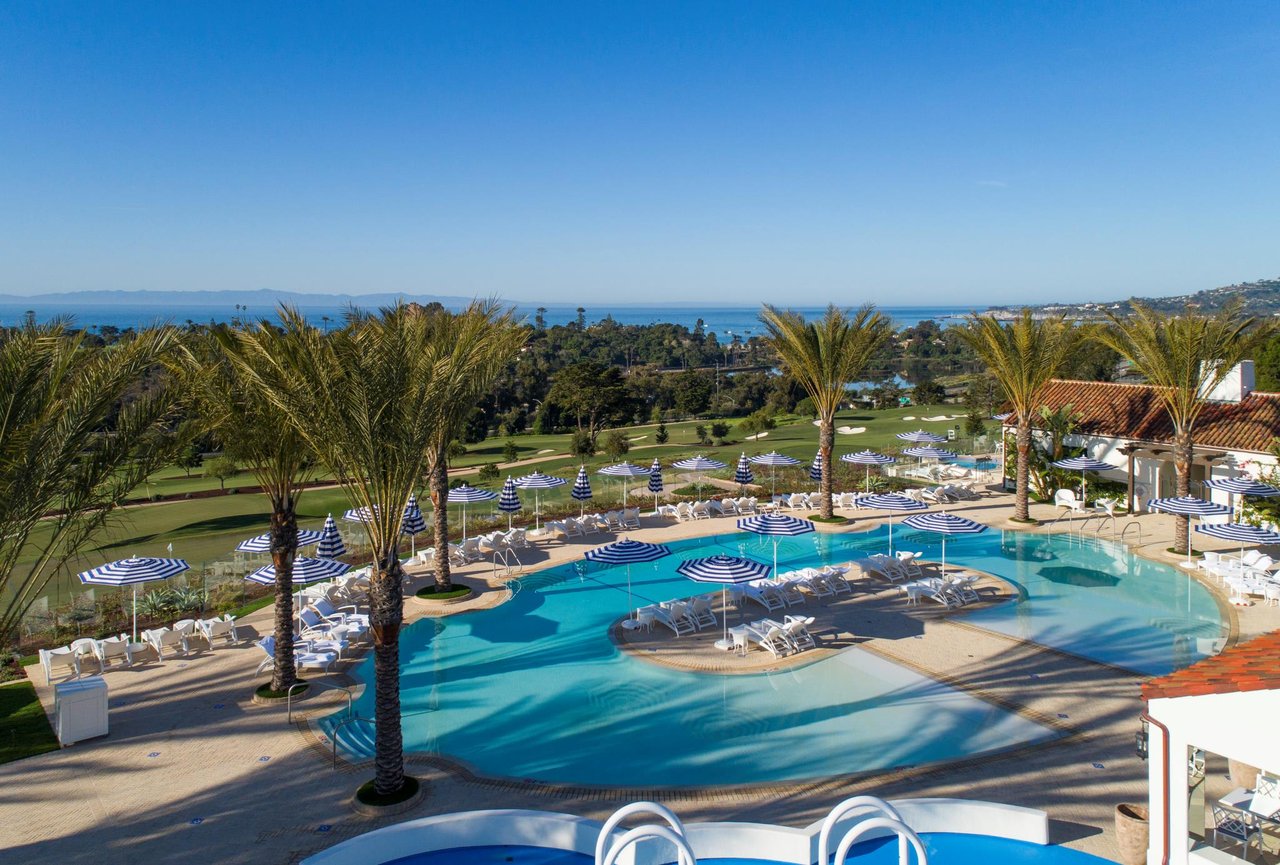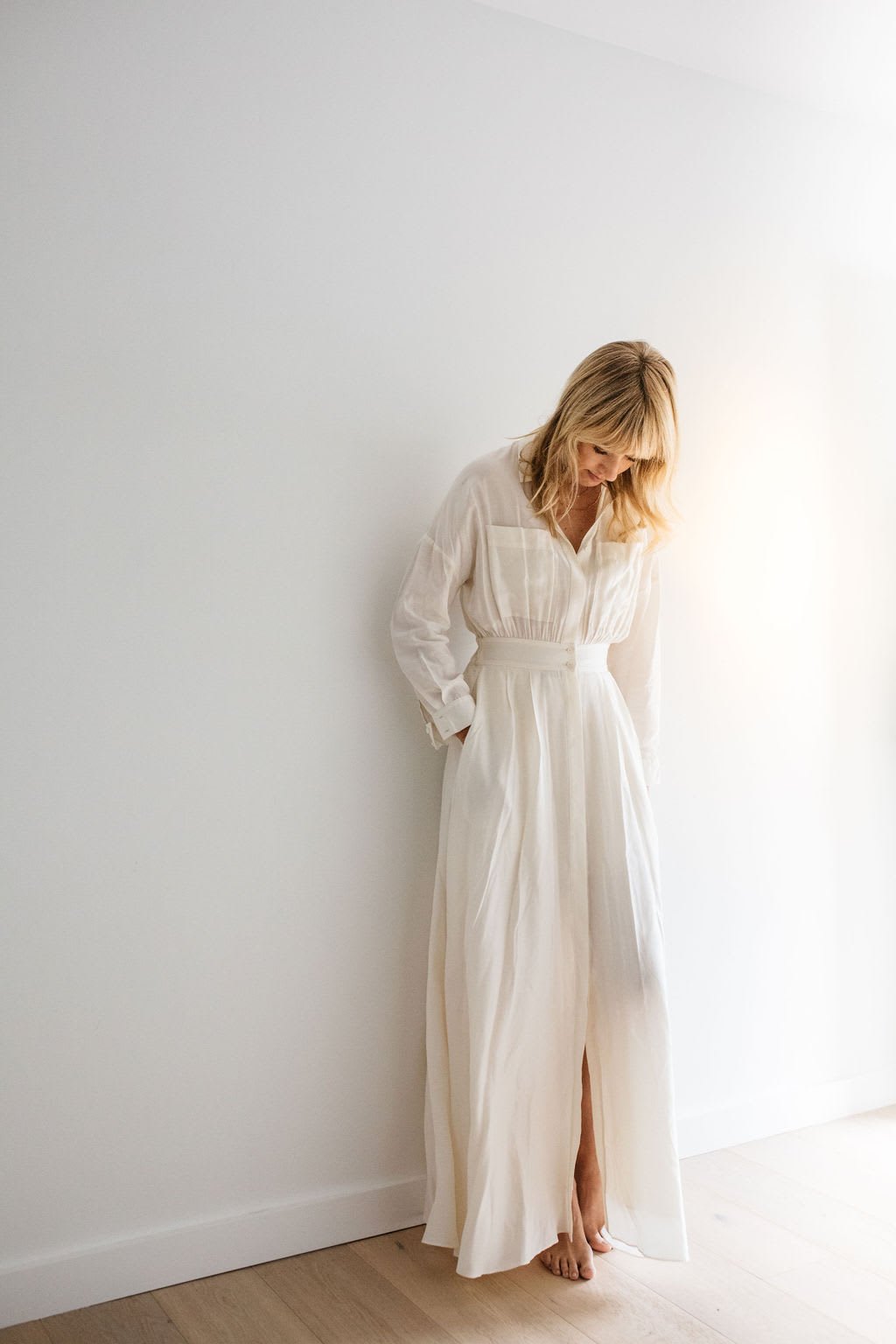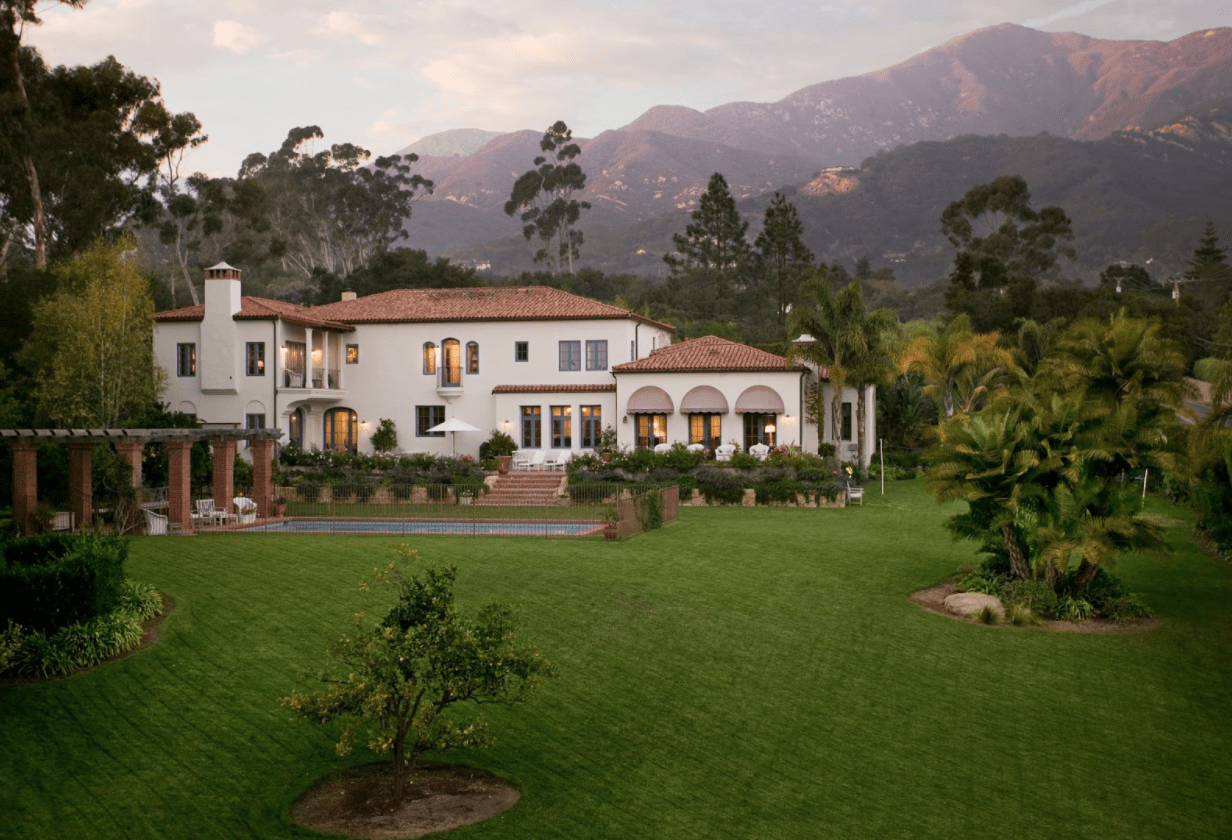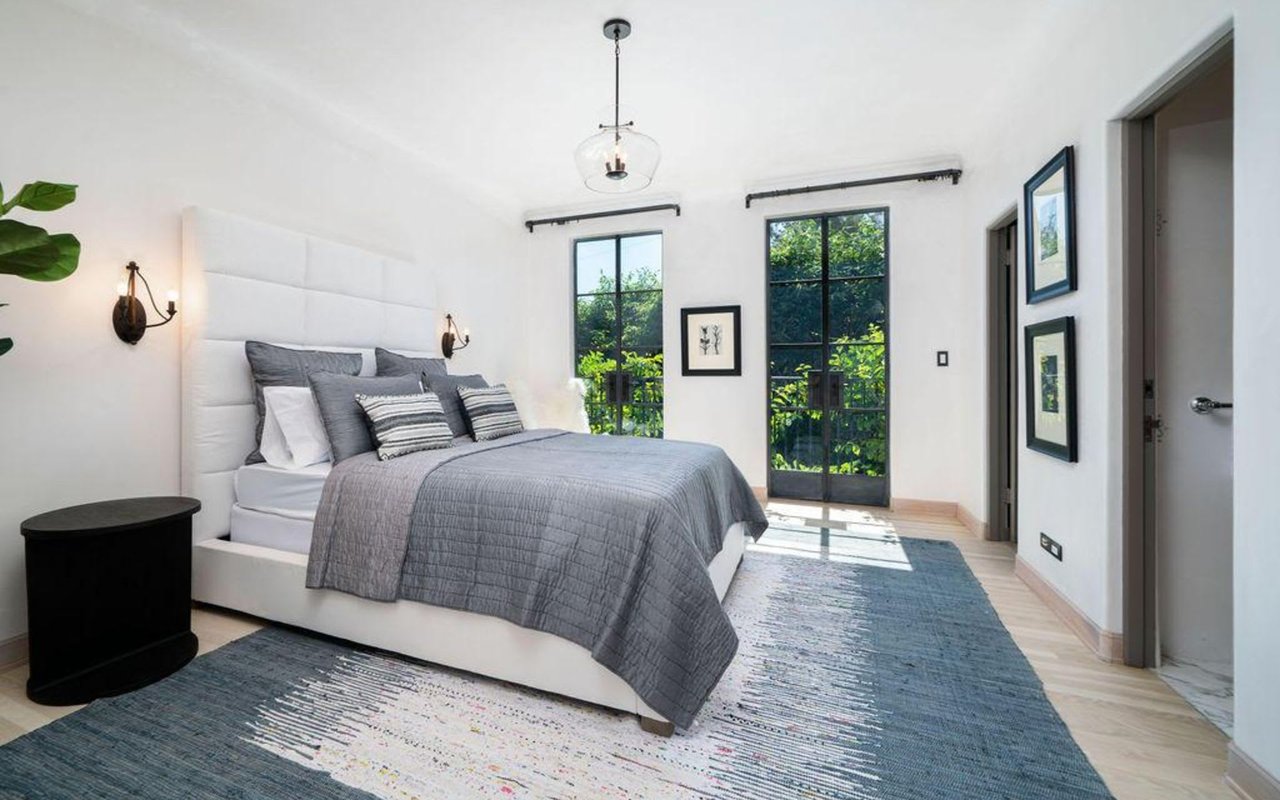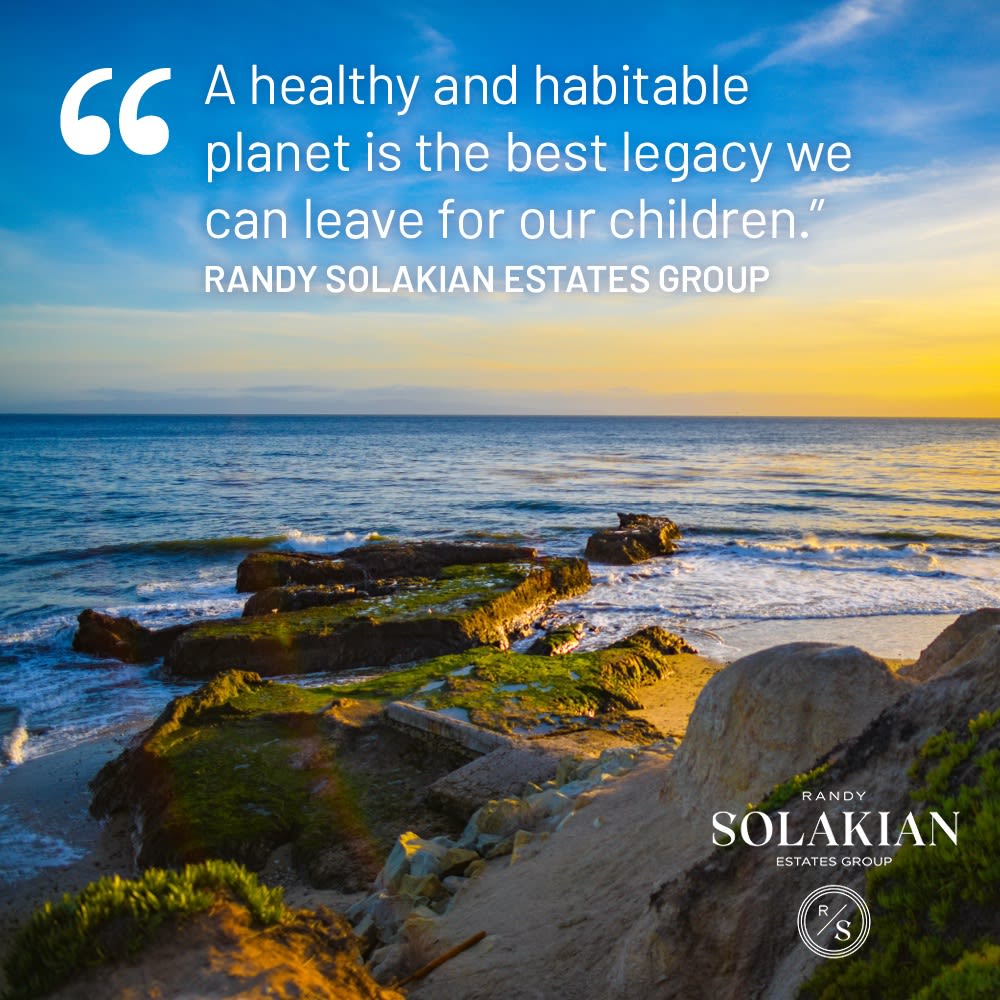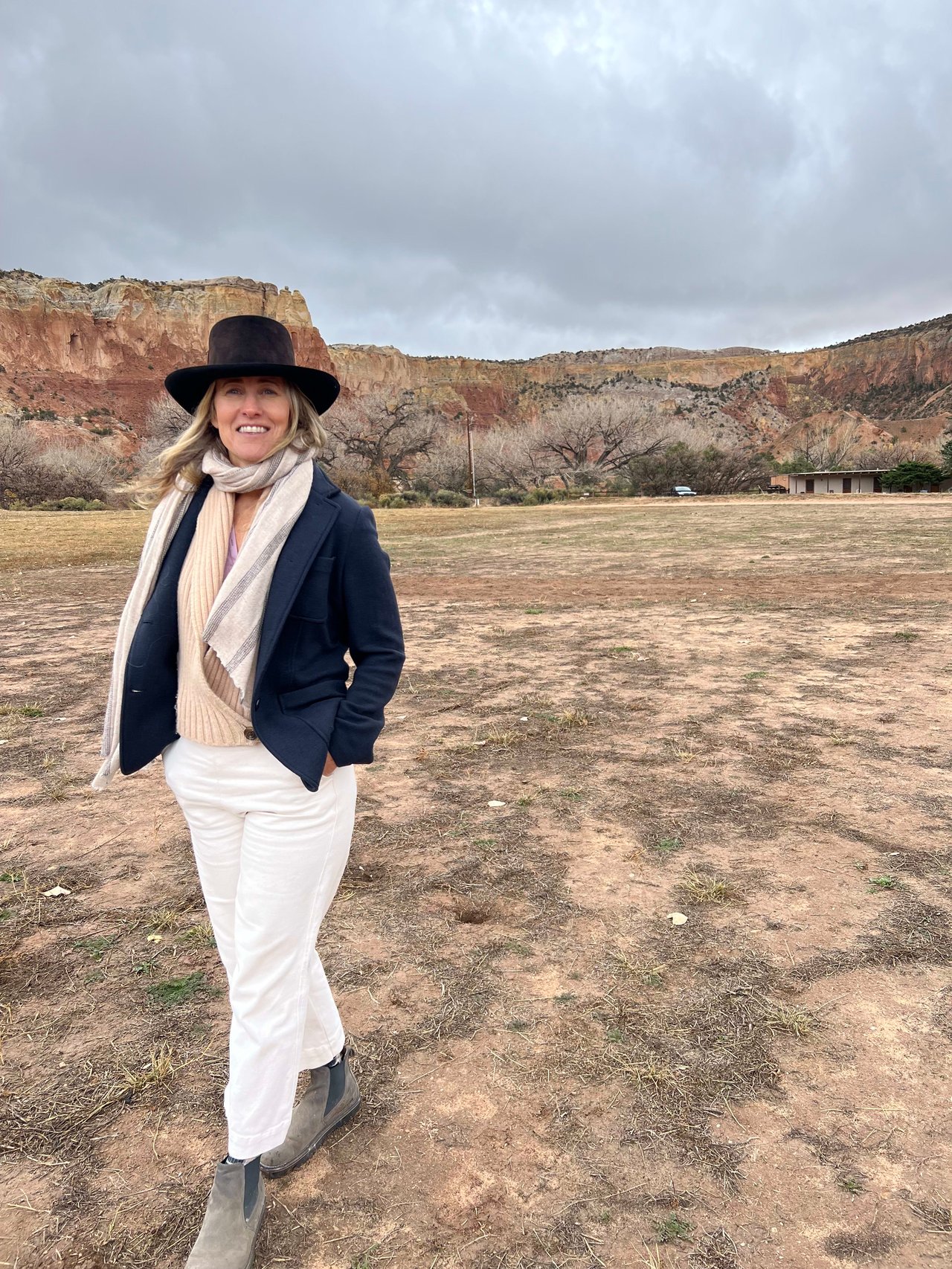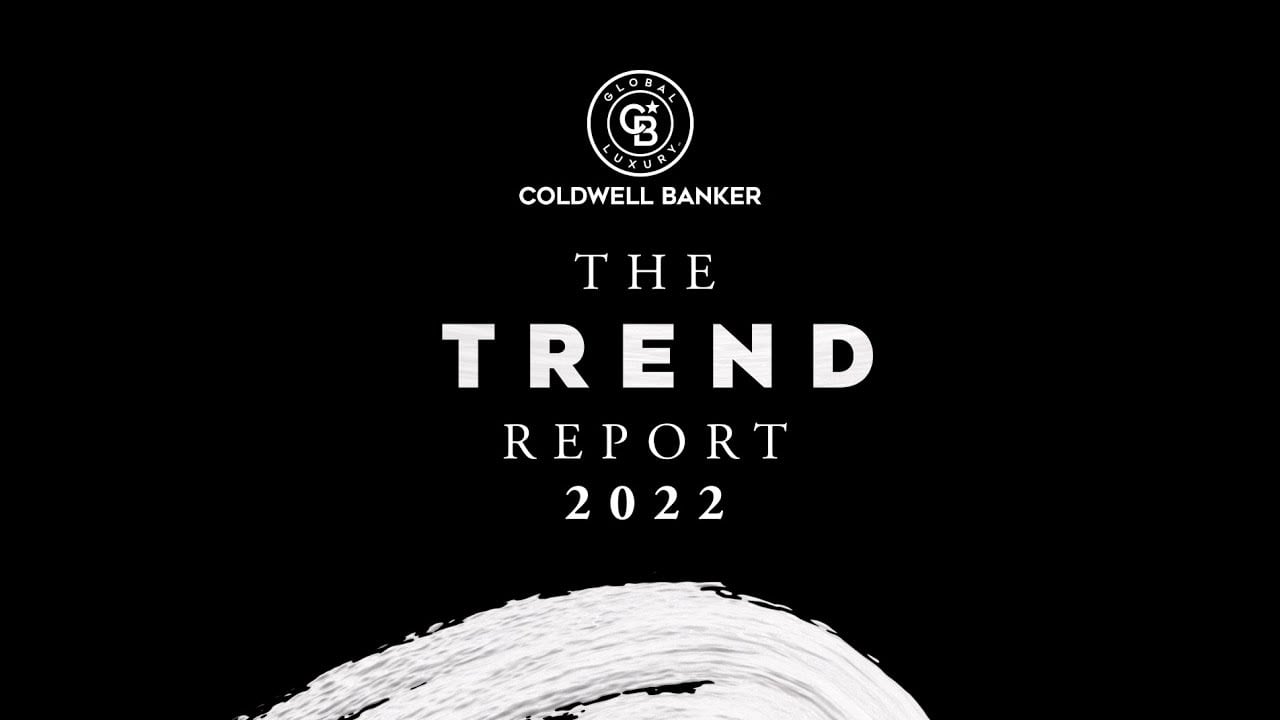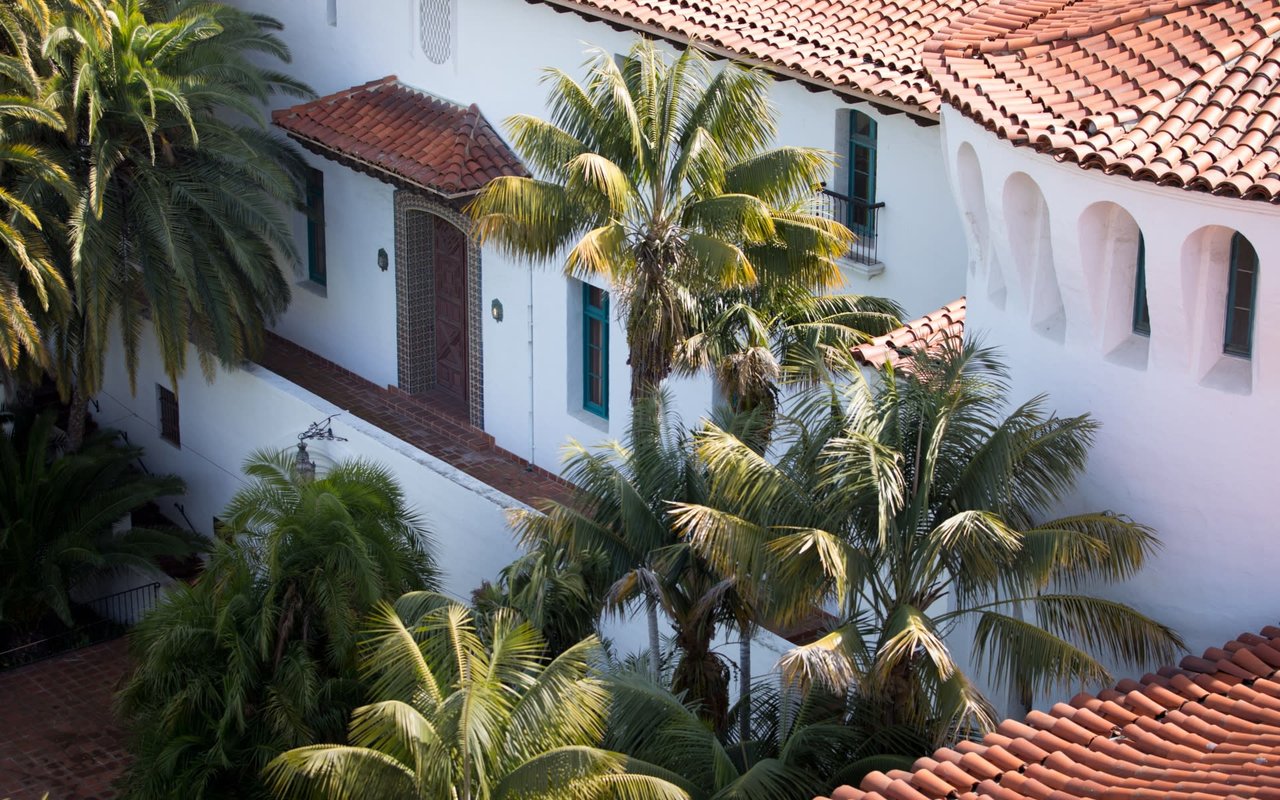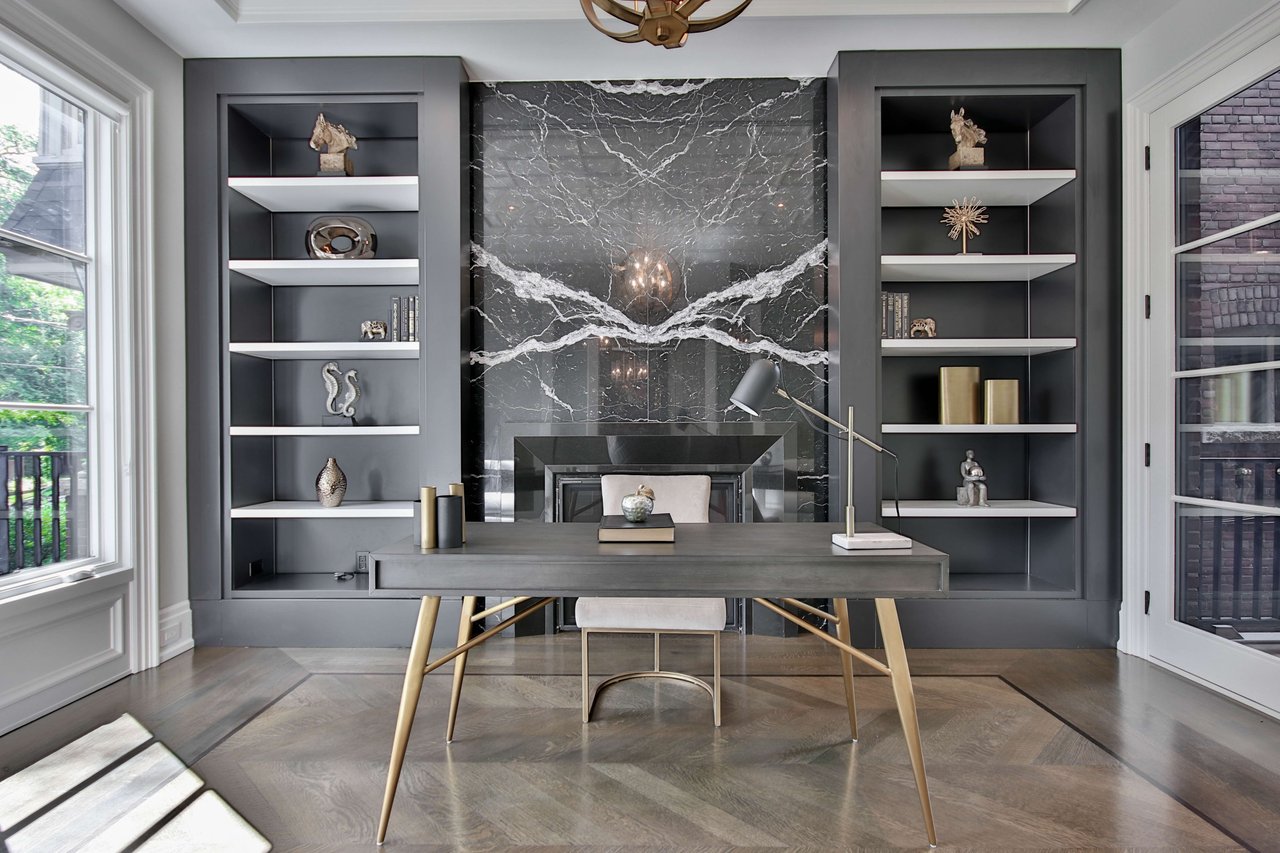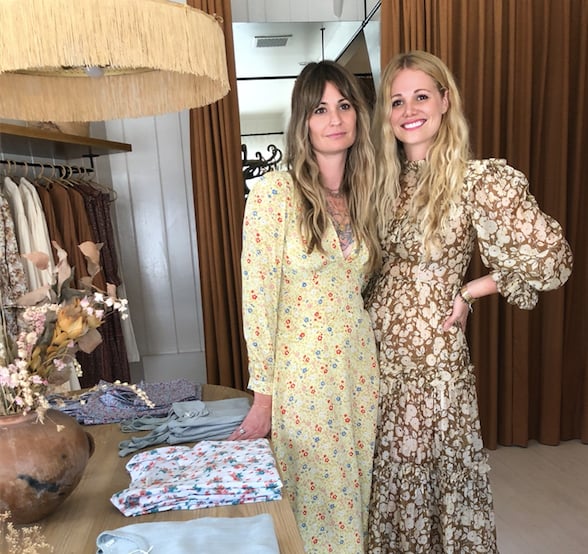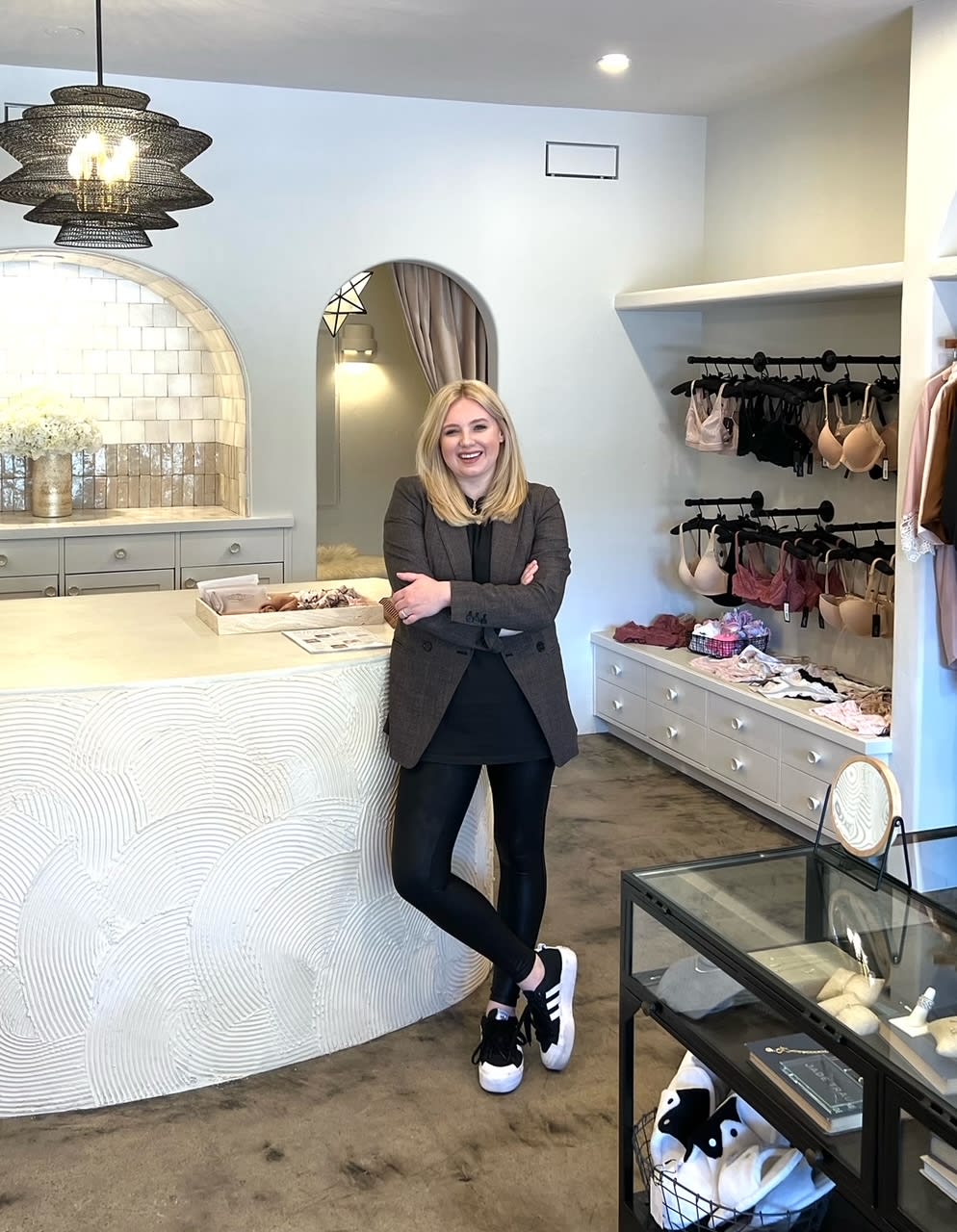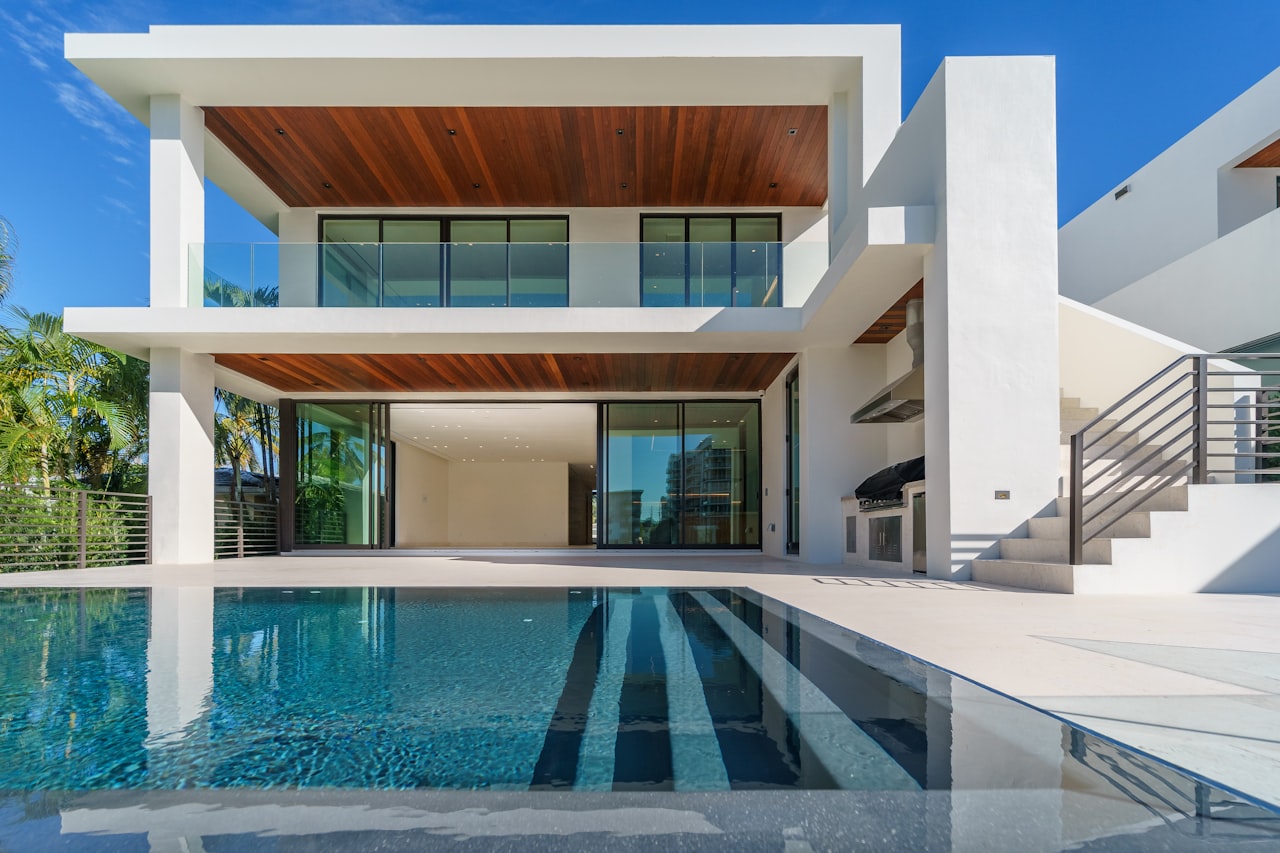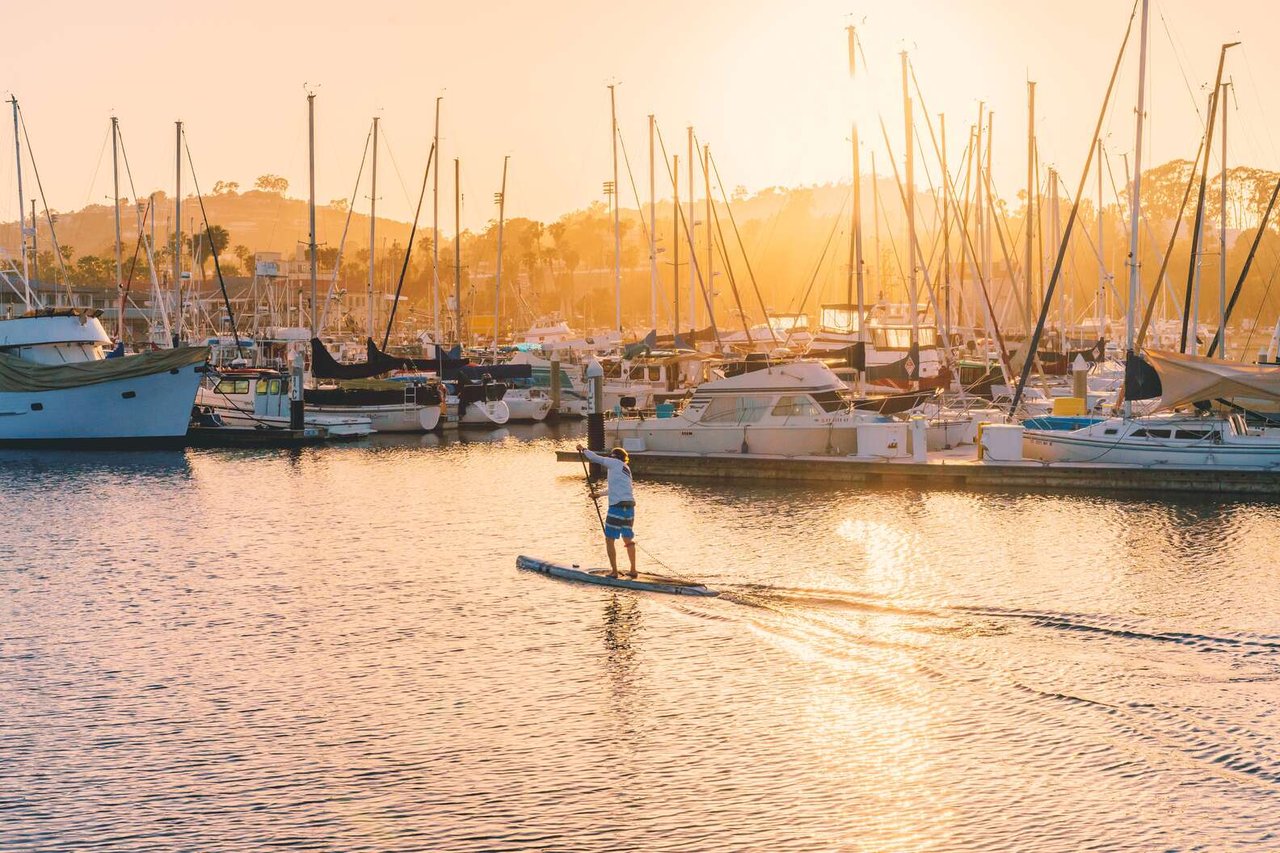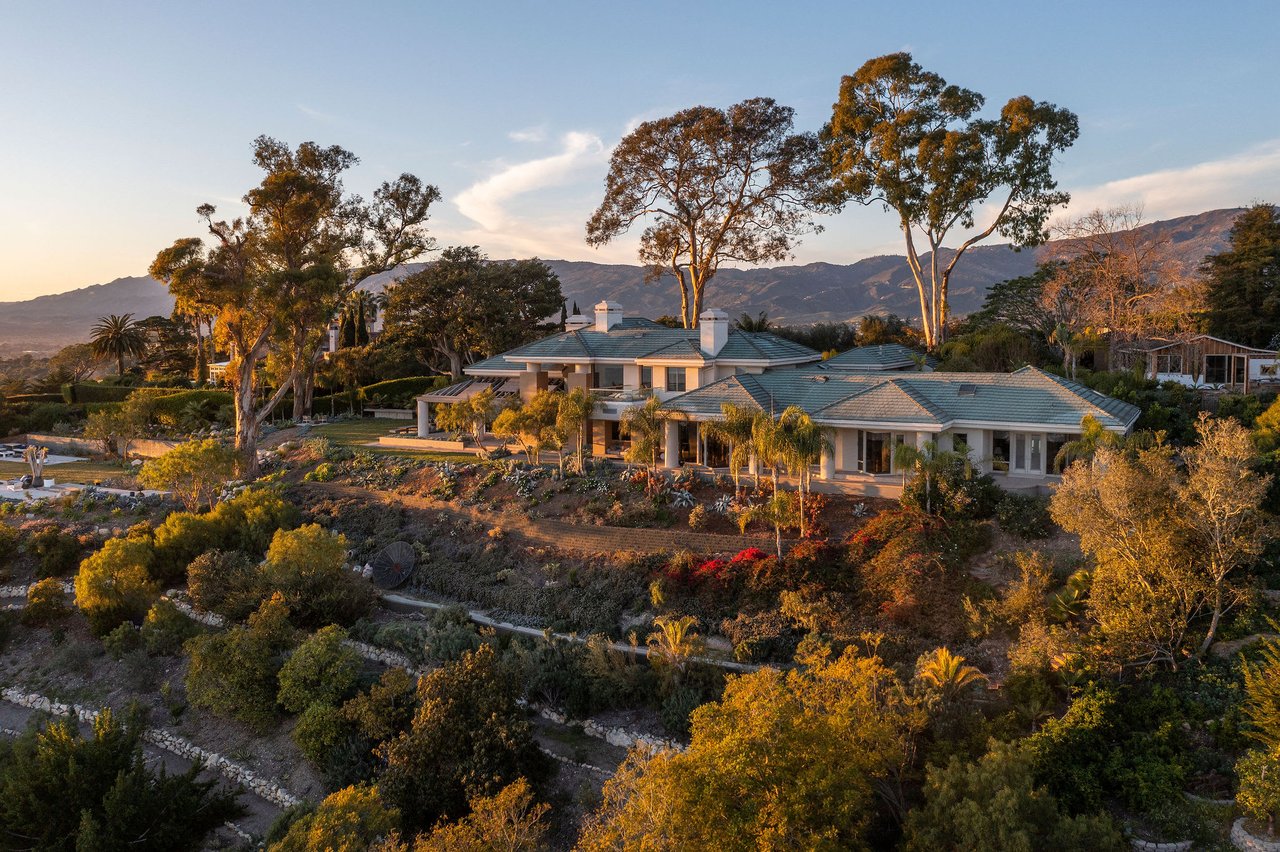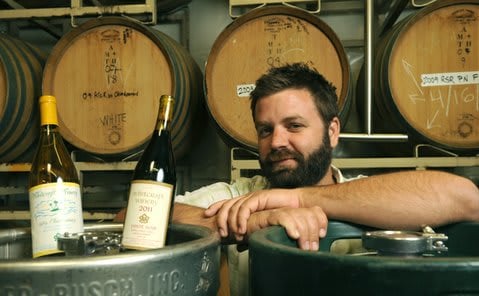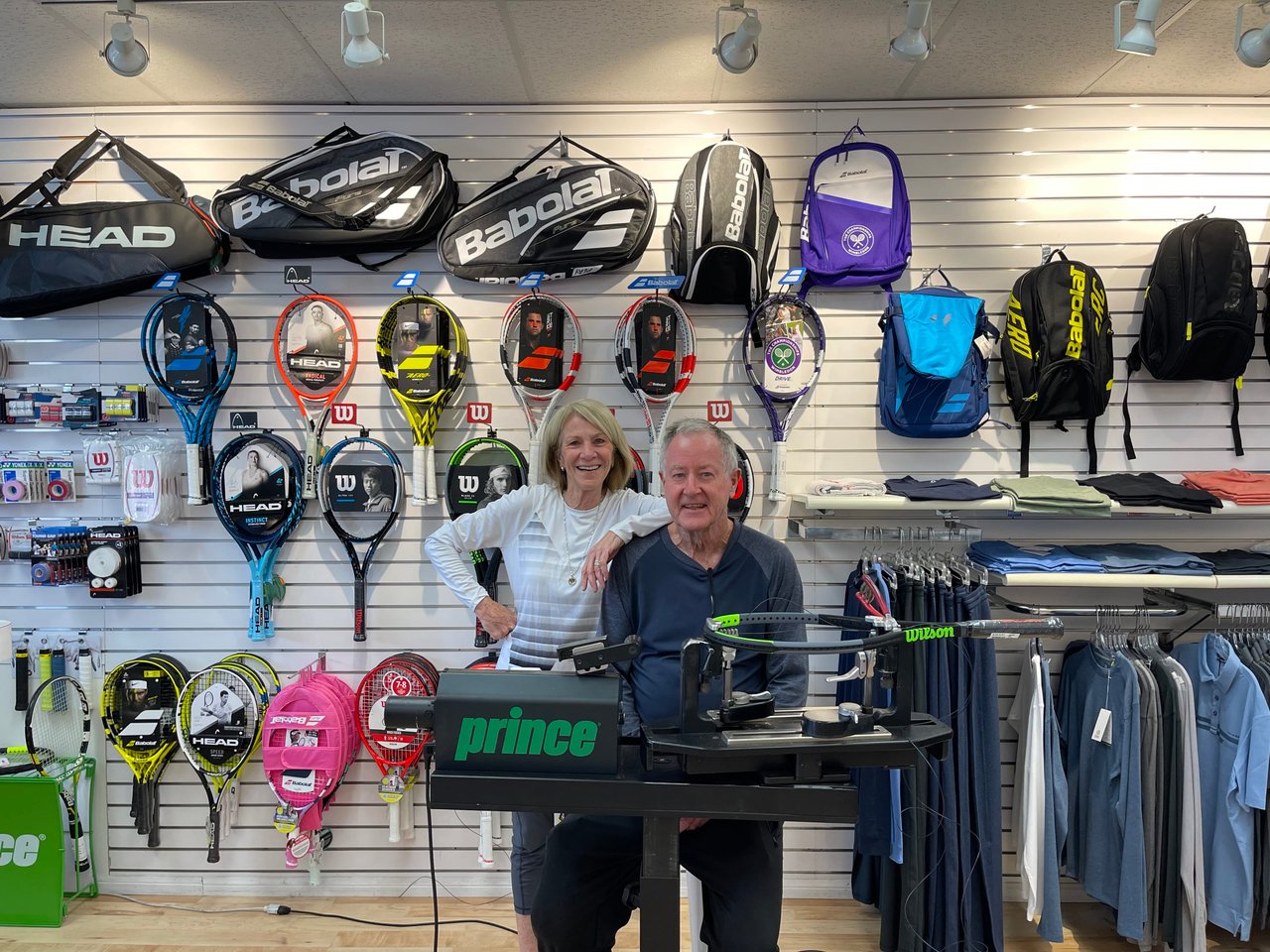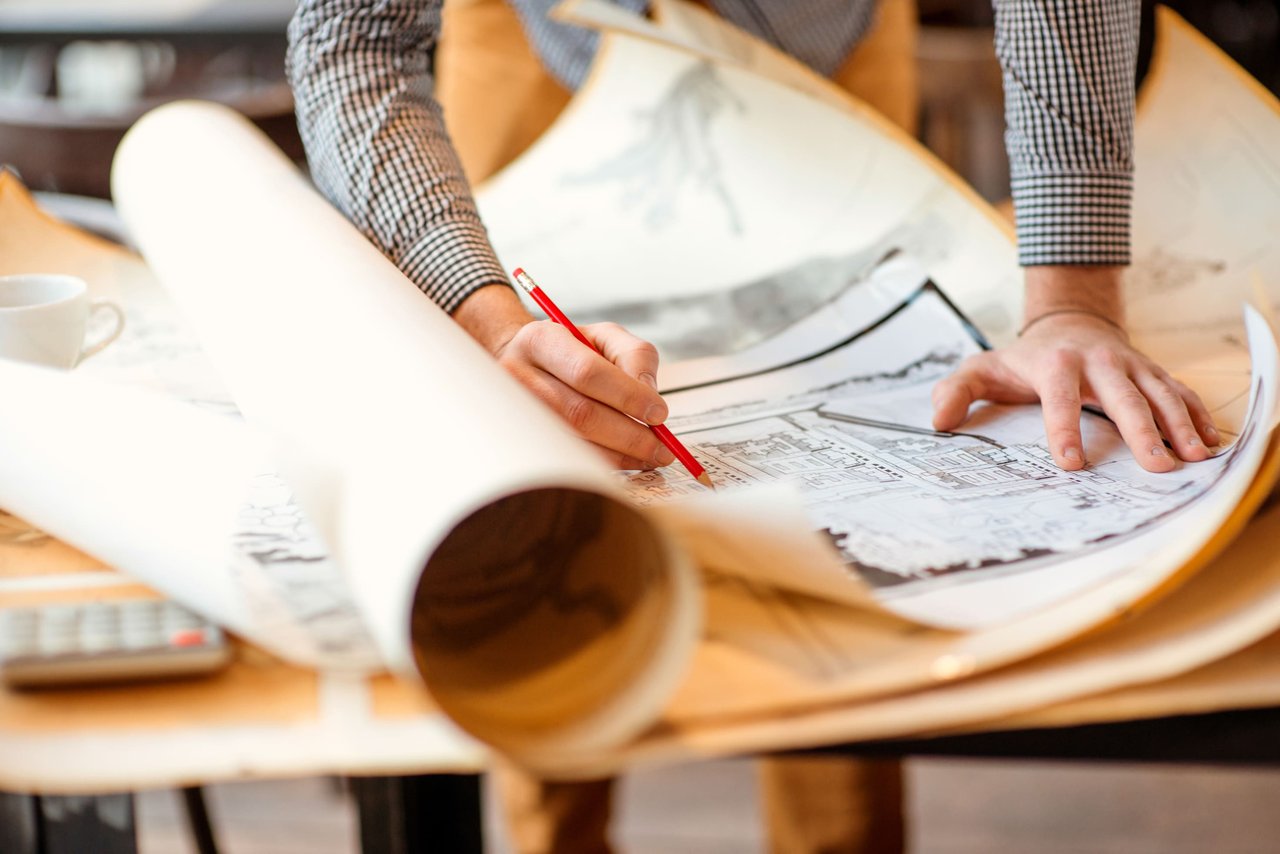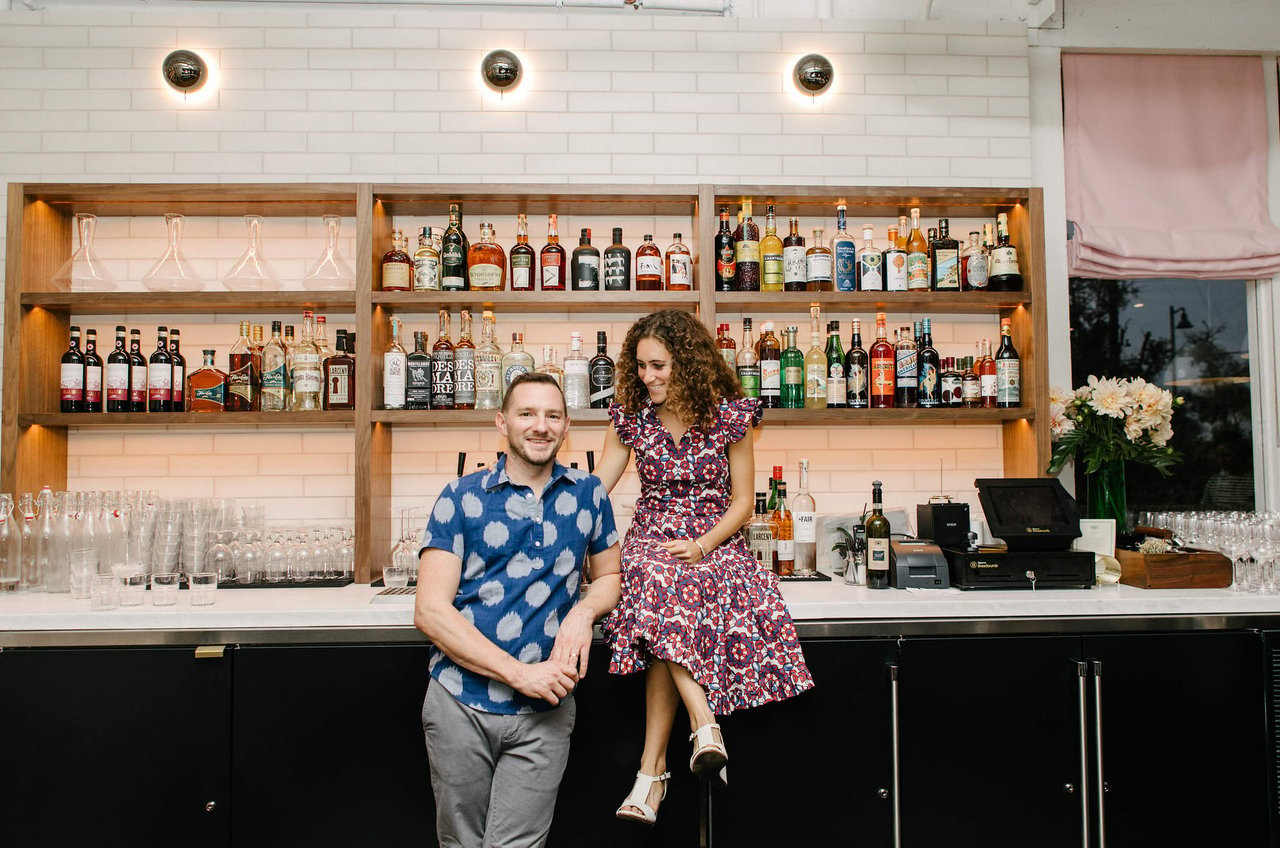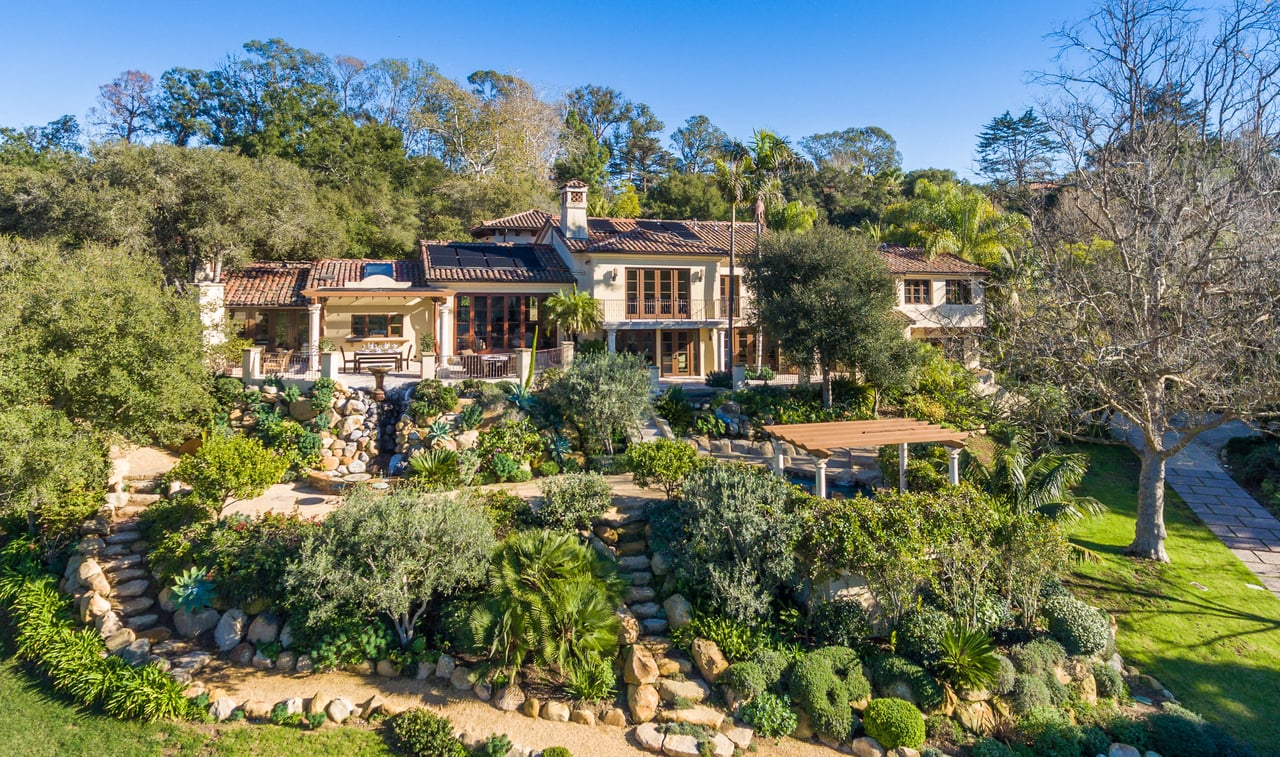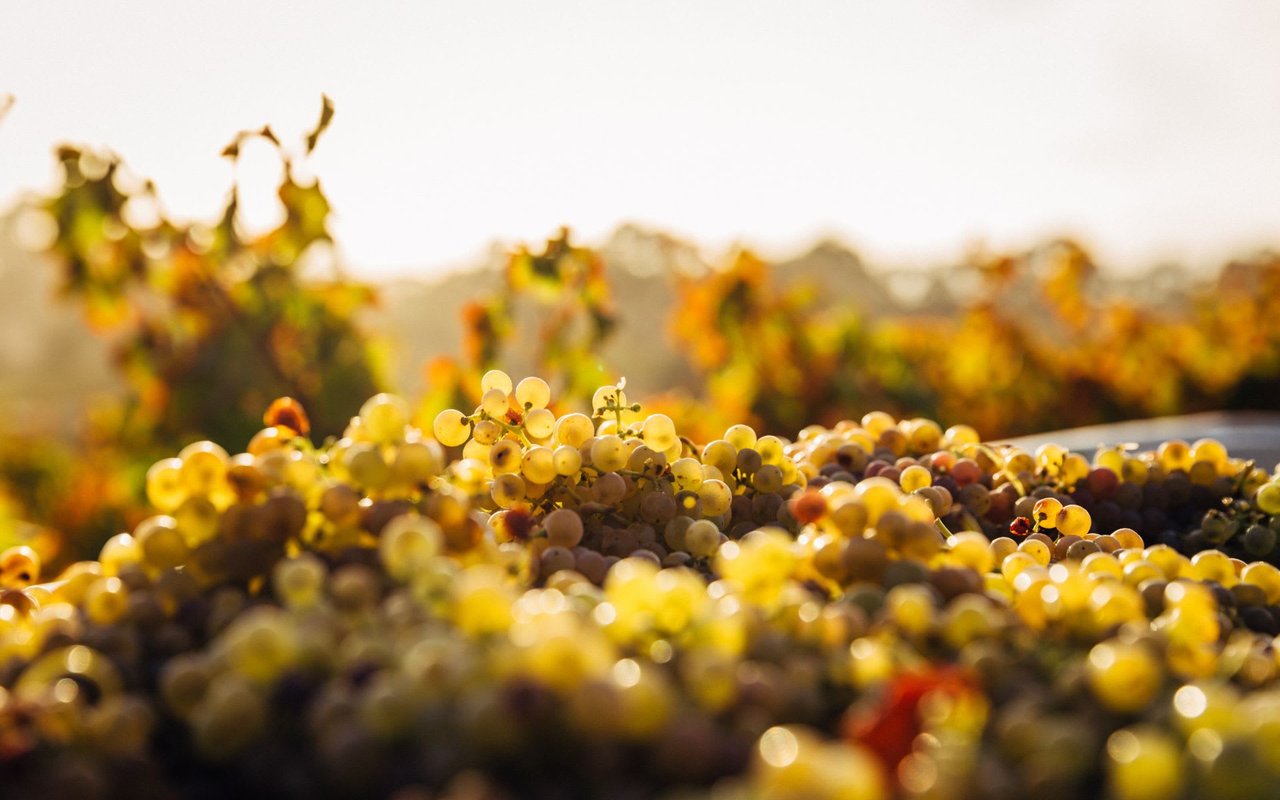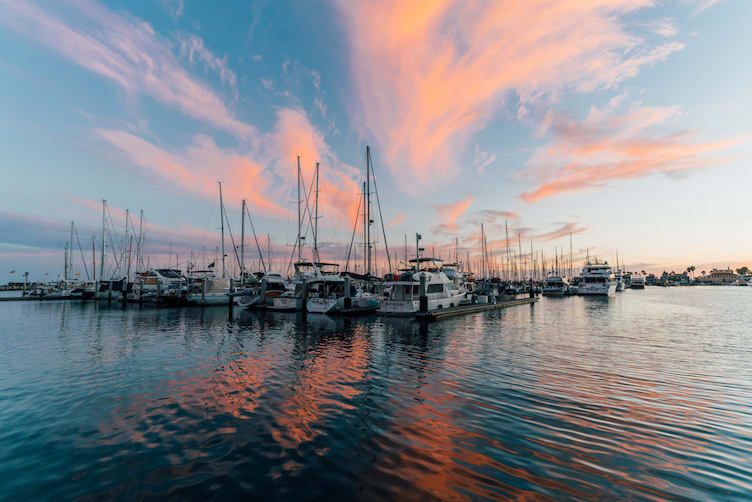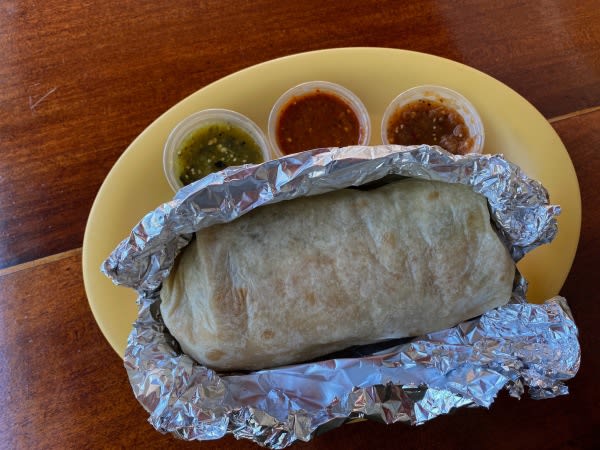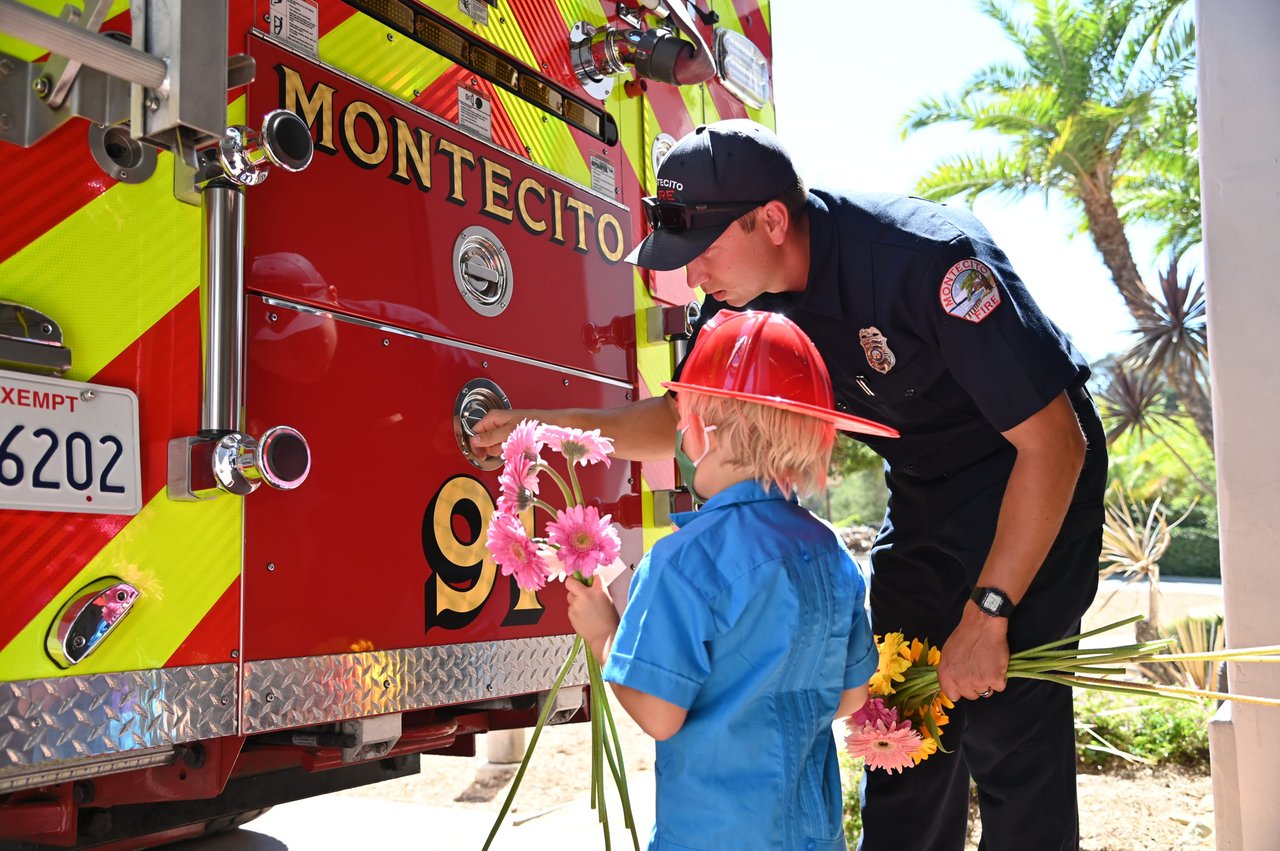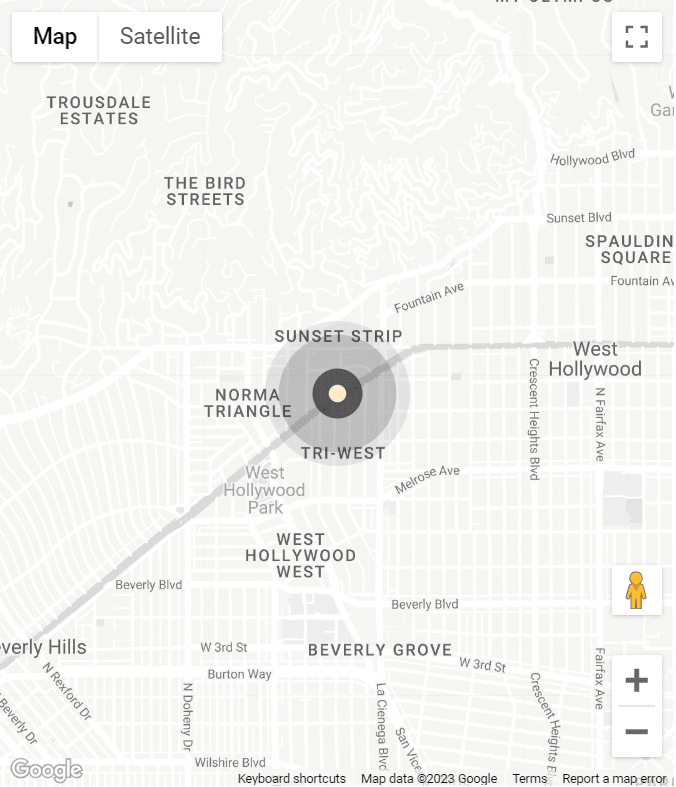Los Angeles is baffling in its sprawl, while Santa barbara, a beach town, is easier to take in.
The whirlwind pace of my yearlong trip around the world means I never leave a place feeling like an authority on it. At best, I hope to catch a glimpse of its soul — a collage of impressions and interactions that fit neatly into a narrative. With just three stops and two weeks remaining on my journey, I finally encountered a place where I struggled to find that. I like Los Angeles, but I don’t understand Los Angeles.
This was technically my second time in the city, but my first — a one-night stop as a touring musician where I saw little but the Sunset Strip — doesn’t count. With just four days to take it in, I was intimidated and baffled the moment I arrived (LAX is a nightmare rivaled only by New York’s airports) and remained so until the day I left.
Santa Barbara, where I headed next, was predictably easier to digest. If Los Angeles is a confounding feast Santa Barbara is an amuse bouche. With sunshine glistening off ubiquitous Spanish tilework and a cool breeze coming off the Pacific Ocean, the town is almost too pleasant, like it has been packaged and gilded for maximum enjoyment.
But it too has its nuances: the hole-in-the-wall taco joints that compete for locals’ loyalty like sports teams, the winemakers who have come from all over the world to experiment with age-old traditions, the sighting of a whale’s spray out of the corner of my eye while shooting down the 101 at 70 miles per hour. The two cities, separated by 95 miles of highway, felt worlds apart.
Santa Barbara
Almost too pretty
Shiny, expensive, hoity-toity: these are three of many synonyms I heard from Angelenos describing Santa Barbara, the beach town that has long had a reputation as a weekend escape for Los Angeles’s elite. But Santa Barbara’s embrace of experimentation is what put it on this year’s 52 Places to Go list. There’s a growing food scene that focuses on fresh ingredients and unconventional combinations and the roughly 200 wineries that call Santa Barbara County home are constantly tinkering with new blends of the more than 50 grape varieties that grow in its patchwork of microclimates.
There’s a homogeneity to Santa Barbara that can feel paralyzing at first. Picture-perfect Spanish colonial homes and storefronts on every corner all seem too clean to be real. There are reminders of things you can’t do — skateboarding, smoking, parking — nailed to virtually every lamppost downtown. The vacationers are overwhelmingly white and preppy. Its up-and-coming night life area is called, without a hint of irony, the Funk Zone.
Still, I was surprised to learn that there are lifelong Angelenos who will travel to Santa Barbara for tacos. With recommendations coming from every direction, I tried a few spots and will likely spark a diplomatic incident by stating that Mony’s, a small space famous for its homemade salsas, was my favorite. The good-and-cheap eating options in the city do seem to start and end with its taquerias, however.
La Super-Rica is one of a handful of taquerias that compete for locals’ loyalties.
That’s not saying that the pricier options — of which there are more and more as the city’s culinary scene grows — aren’t worth it. At The Lark, a warmly lit space in the Funk Zone, I feasted on raw cuts of hamachi and perfectly roasted brussels sprouts, while sipping on a cocktail that brilliantly combined rye, agave and chocolate bitters. At Bibi Ji I joined a winemaker’s event. The pairing of wine with the restaurant’s modern Indian fare was at once a celebration of the region’s wine and a middle finger to anyone who has said Indian food and fine wine don’t mix. The appetizer consisted of a help-yourself bowl of fresh sea urchins.
At these restaurants and others like it there was a certain level of pomp that one expects from a $100 meal, but there was a sense of fun, too. People from all over the world come and settle in Santa Barbara because the weather is good and the beaches are big and beautiful, and those people include chefs.
That quirkiness extends to the wine scene, too. Downtown Santa Barbara is packed with tasting rooms run by the area’s wineries, where you can sip on a wide selection of varietals, including many a grape I had never even heard of. My favorite was on the city’s outskirts, where a modern gray building sits incongruously among industrial lots. This is Sanguis, a winery started in 2004 by German-born Matthias Pippig and his wife, Jamie Kinser. The entire winemaking process takes place in the confines of a former architectural studio, where tastings are appointment-only and free, with the confidence that visitors will walk away with at least a bottle (I did). There’s a casualness to the entire space that you don’t expect with all the seriousness of winemaking. Hip-hop and jazz LPs line the shelves; tongue-in-cheek inspirational quotes are written in chalk on a giant blackboard; barrels are named and decorated with photos of vintage racecars and bicycles.
The wines’ labels rarely carry the year or even the grape varietals, instead sporting names like “Verve,” “The Modern,” and “Two-Part Invention.” Mr. Pippig, a drummer who first moved to California with dreams to make it as a musician, draws endless parallels between music and his wine. In the newsletters that go out to subscription members, Mr. Pippig often includes listening recommendations along with food pairings and tasting notes. They’re remarkably specific. For the 2014 Misfit? “Bob Dylan’s ‘Desolation Row’ covered by My Chemical Romance recorded live in Japan.”
“I think of these wines as compositions, not ‘blends’ as they’re often called,” Mr. Pippig said. “There’s an intention behind the ratios — you’re looking for a balance that’s not unlike music: the bass, treble, all of that. It can be brought out of wine.”
The beauty of the Santa Barbara coast is obvious, but driving into the interior, I saw so much more. I hiked up to the aptly named Inspiration Point, where sand-colored rock formations jut out of thick green brush like bald heads. I drove up snaking mountain roads to Cold Spring Tavern, once a popular stopover point for stage coaches. With its ivy-covered exterior and stone chimney, it looks largely unchanged over the past 100 years.
On my last day, I lost track of time hopping between viewpoints over the Santa Ynez Valley and almost missed my flight out of Los Angeles. Santa Barbara can sometimes feel like it’s full of distractions from real life — a town made for a vacationer’s carefree mind. Sometimes that’s exactly what we need.
If you go
A smattering of new hotels has also made Santa Barbara a more exciting place. I loved Hideaway, a new, understated boutique hotel close to downtown and the beach. Rooms are modern and comfortable, and the breakfast — a different dish every morning — is consistently delicious.
Santa Barbara’s greatest appeal — and what has drawn travelers for decades — is the ocean. Even in the winter there are ways to get a taste of it. While my sunset cruise was canceled because of heavy winds, I got my fix at the fish market where early in the morning you can buy fresh uni (sea urchin) from the fishermen who caught it.

